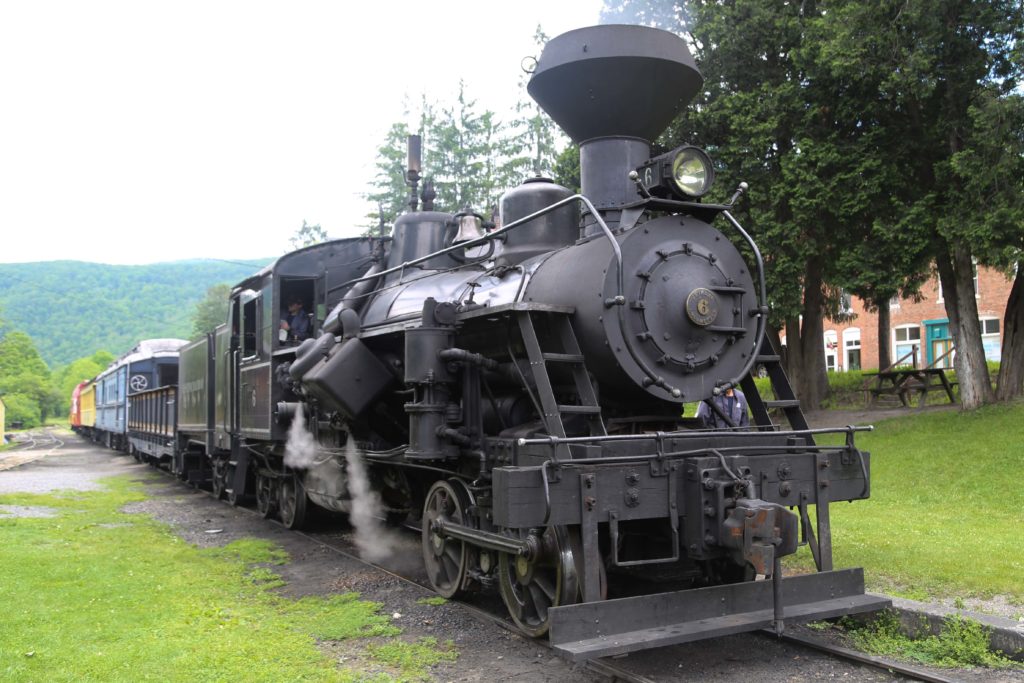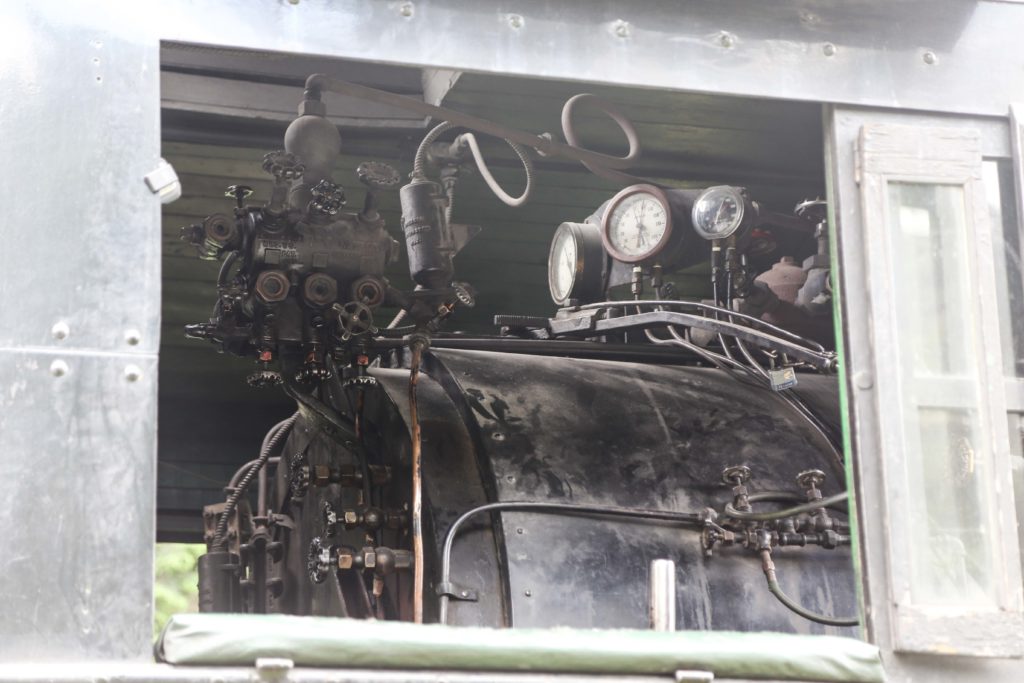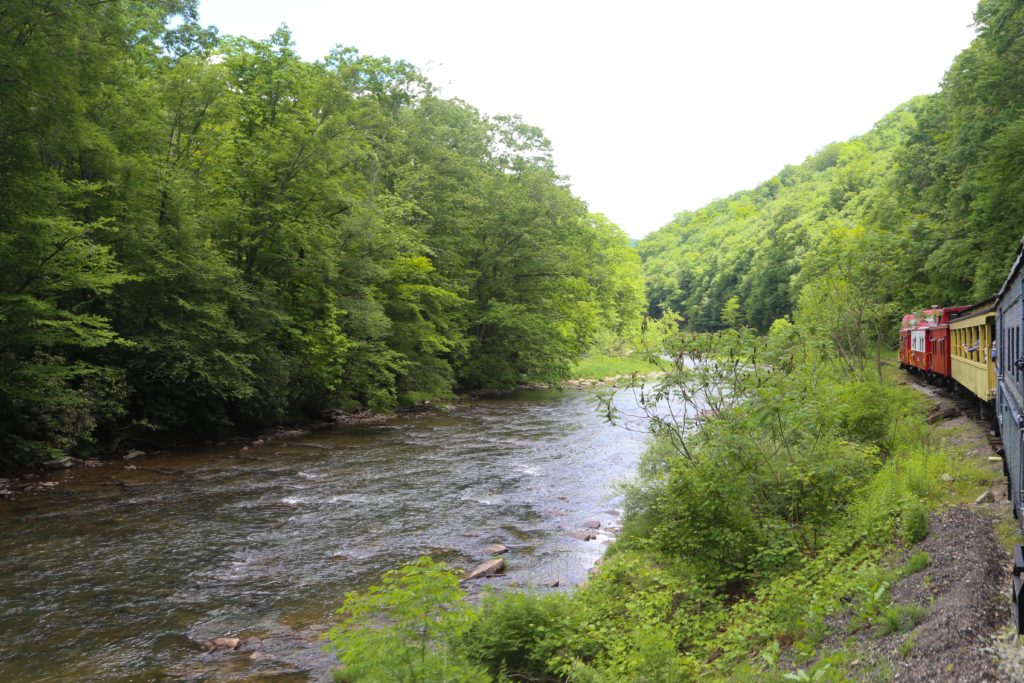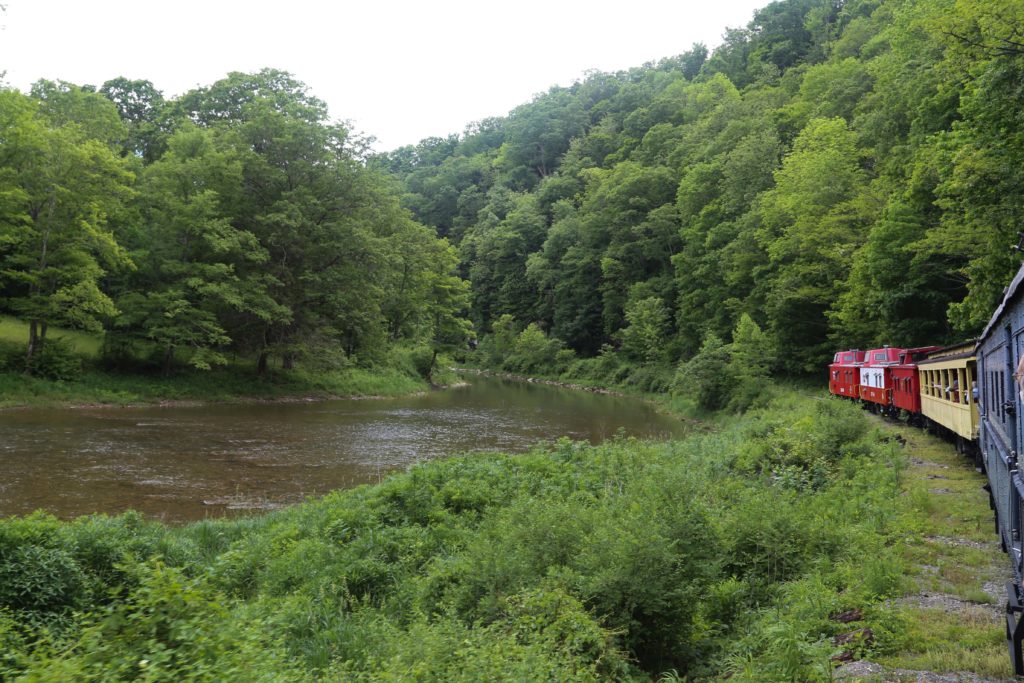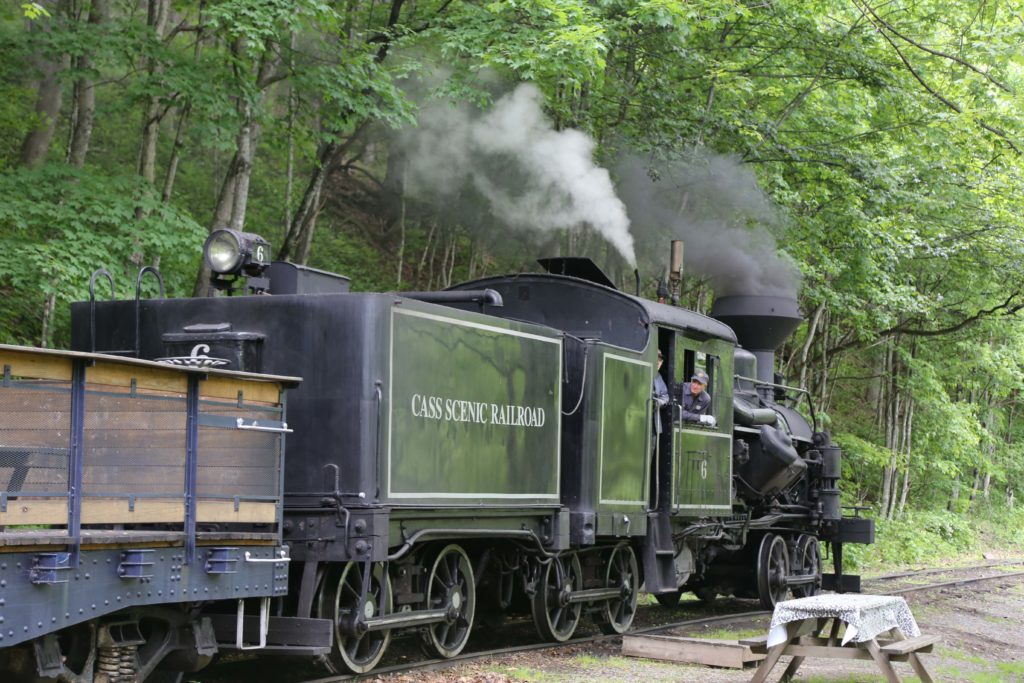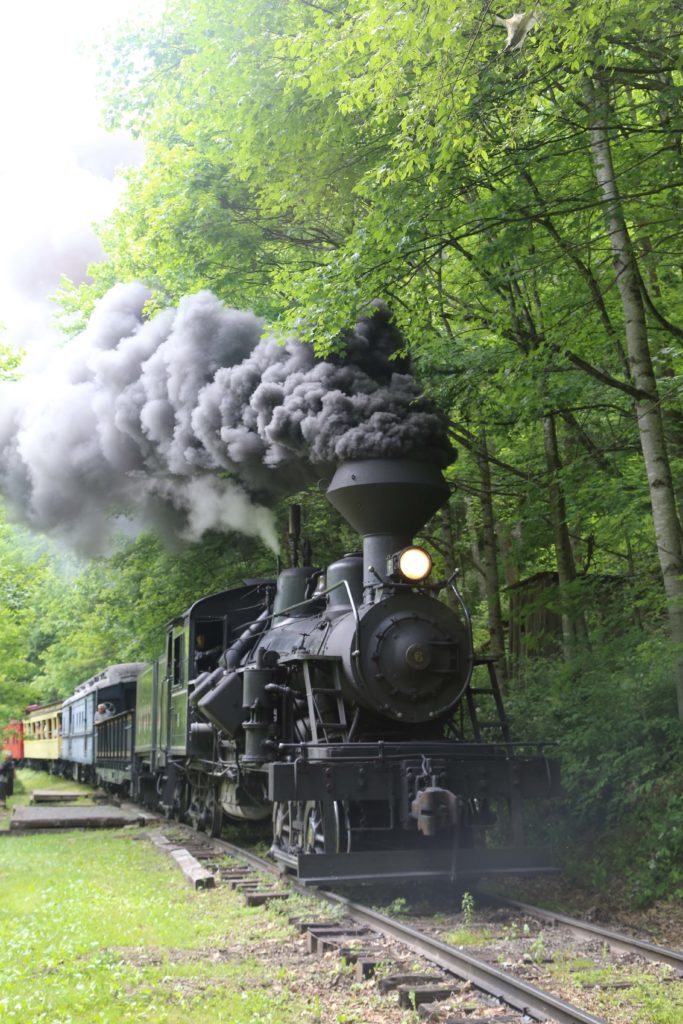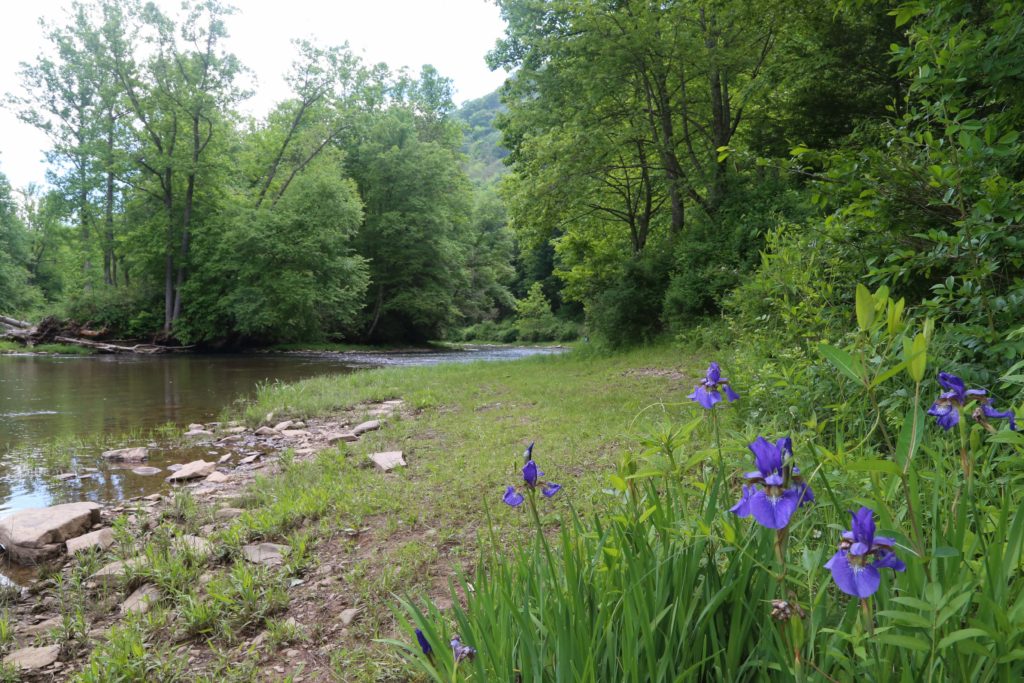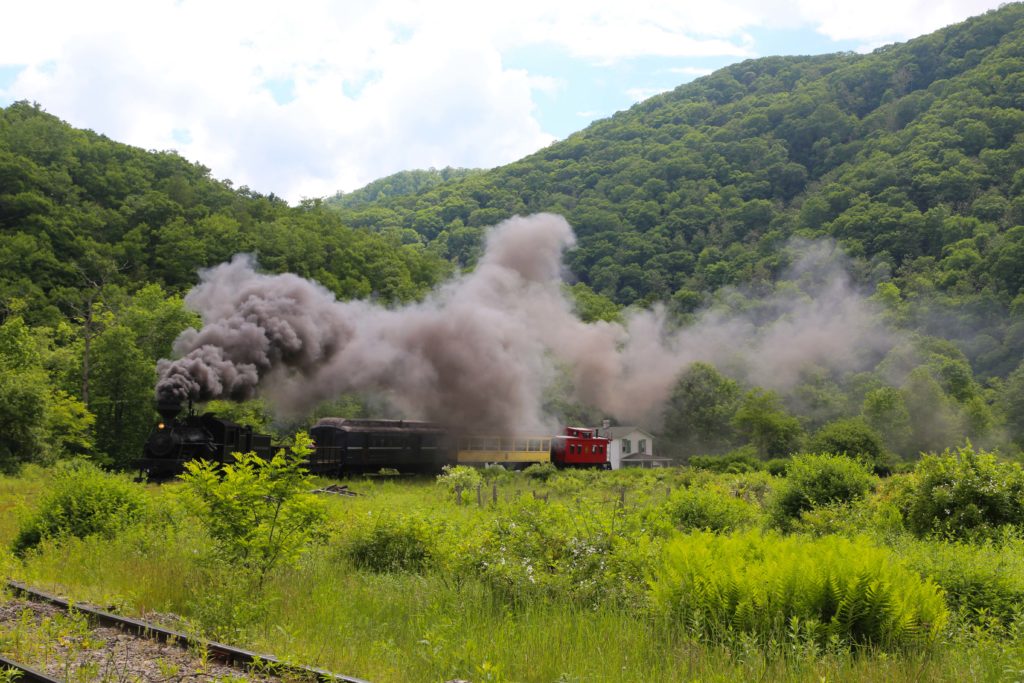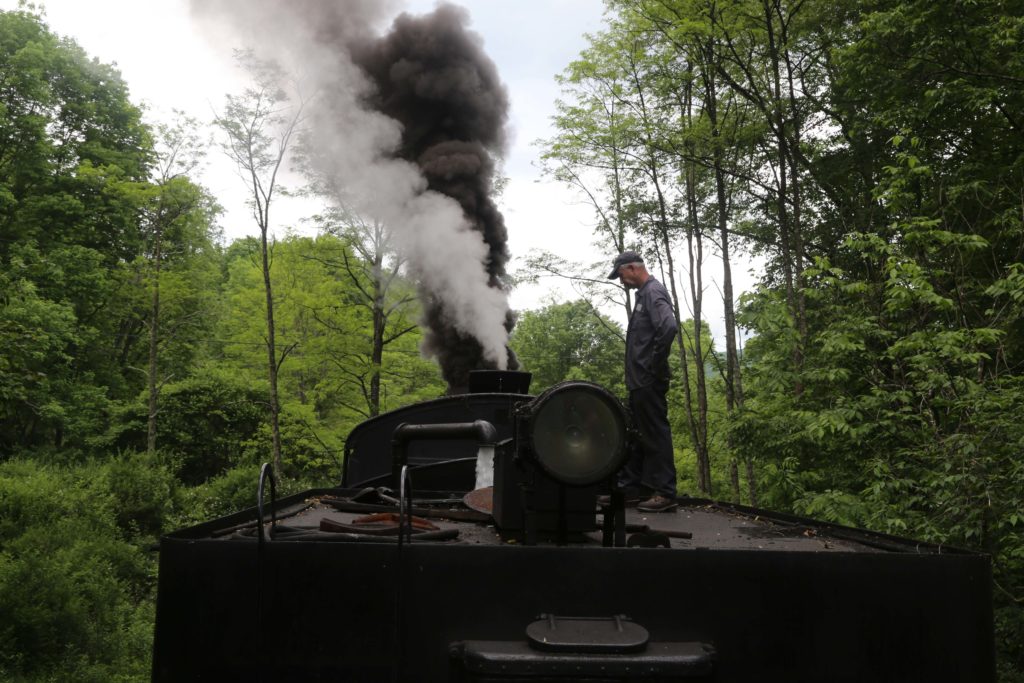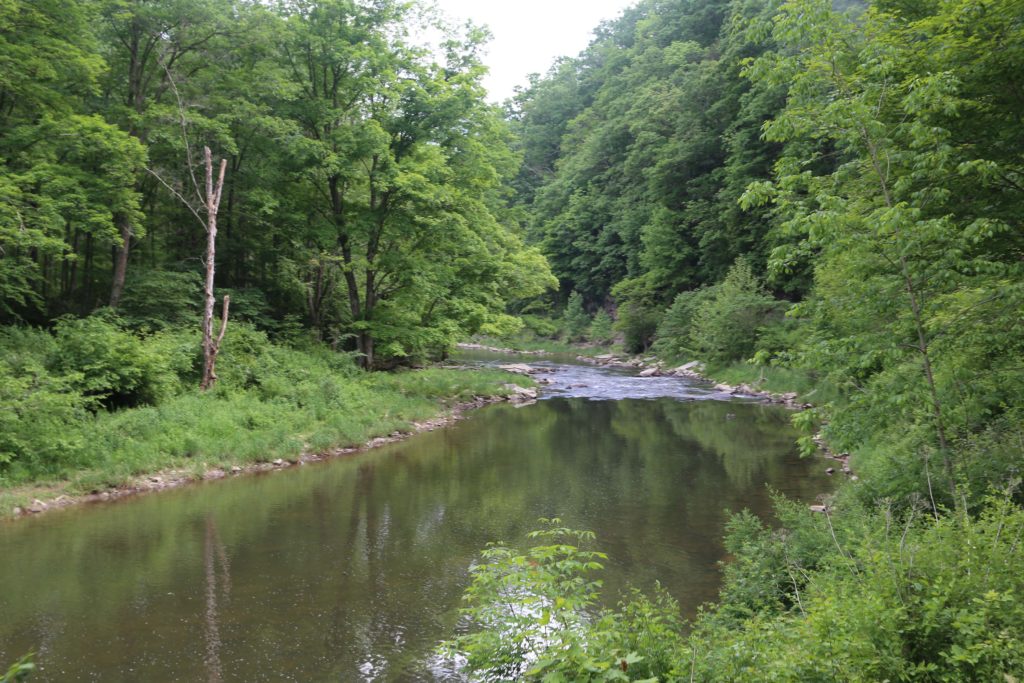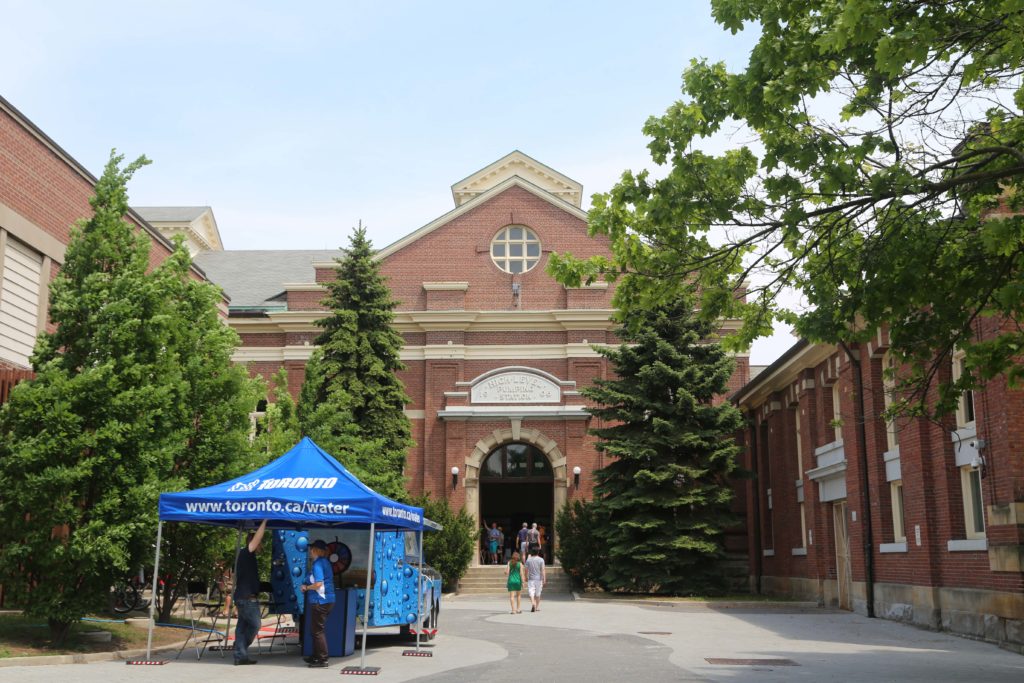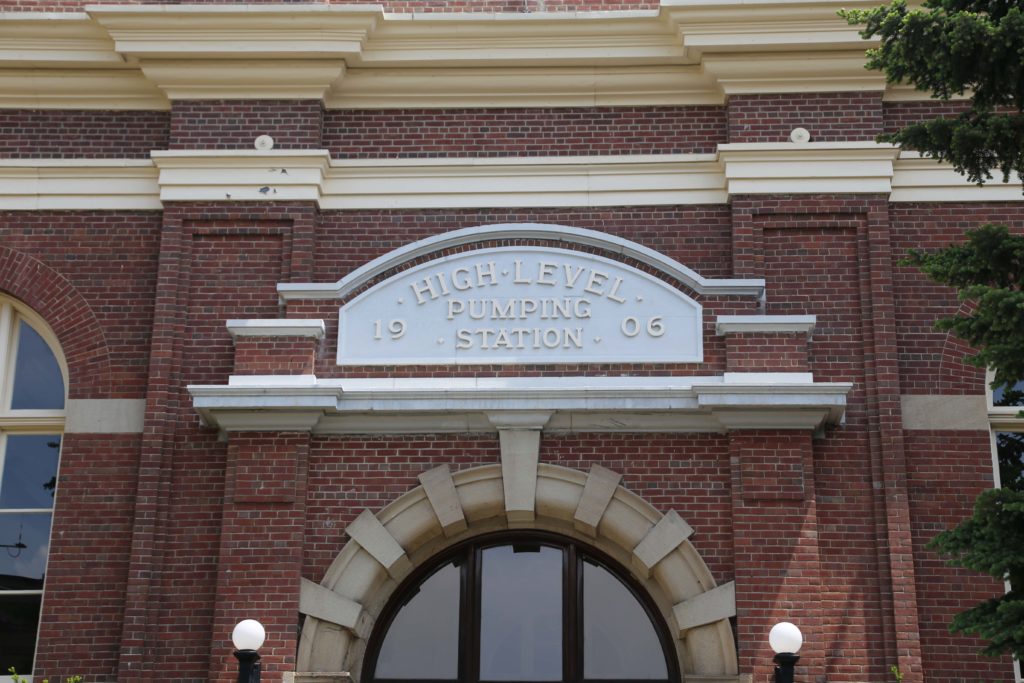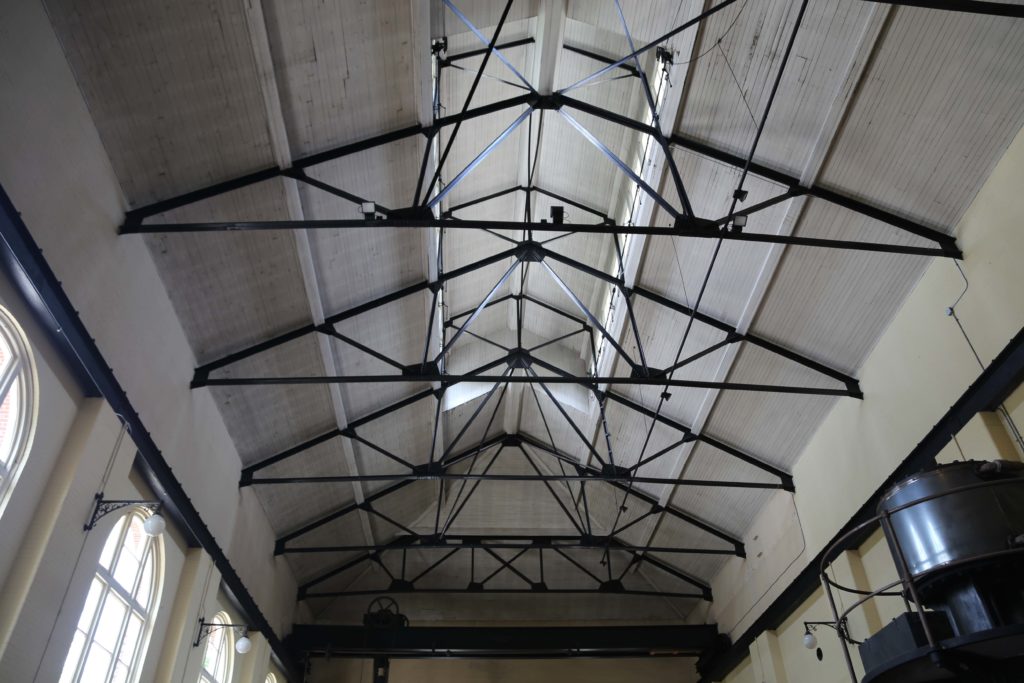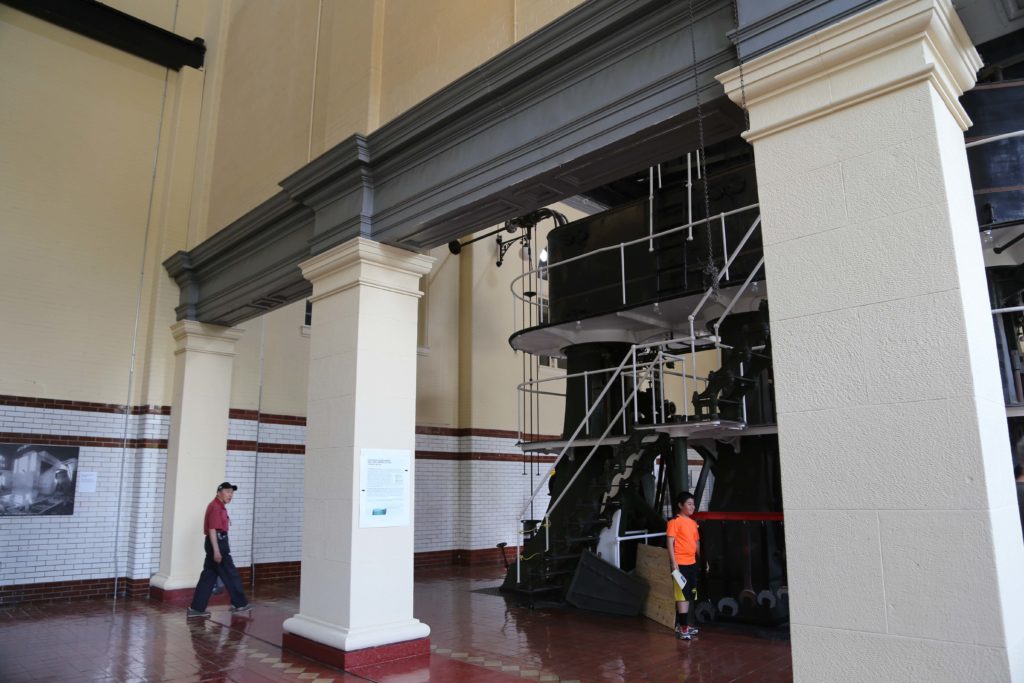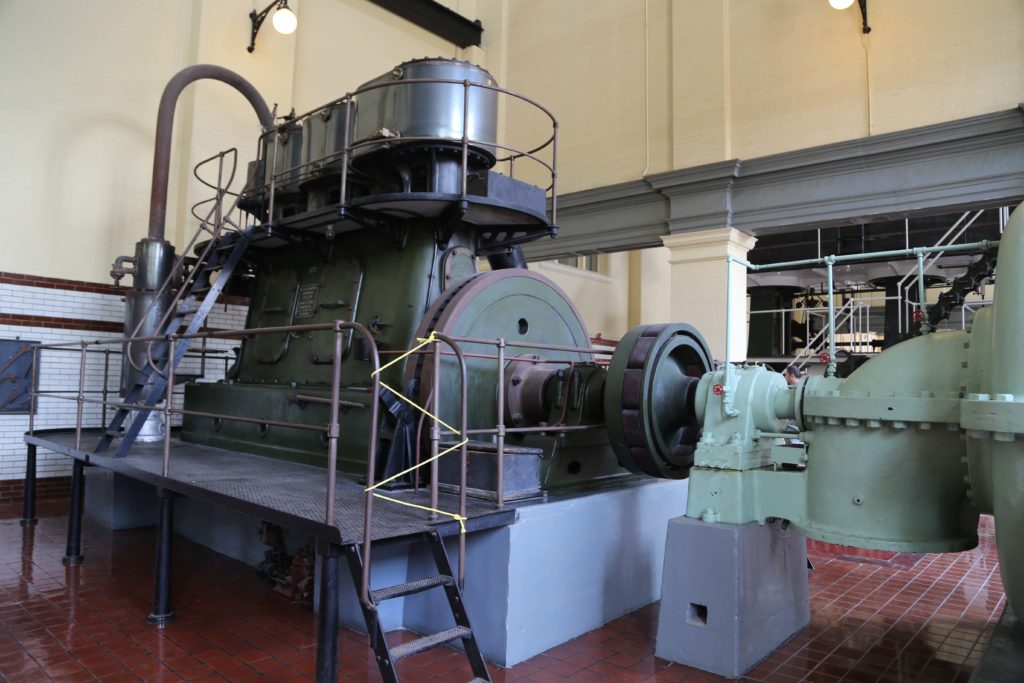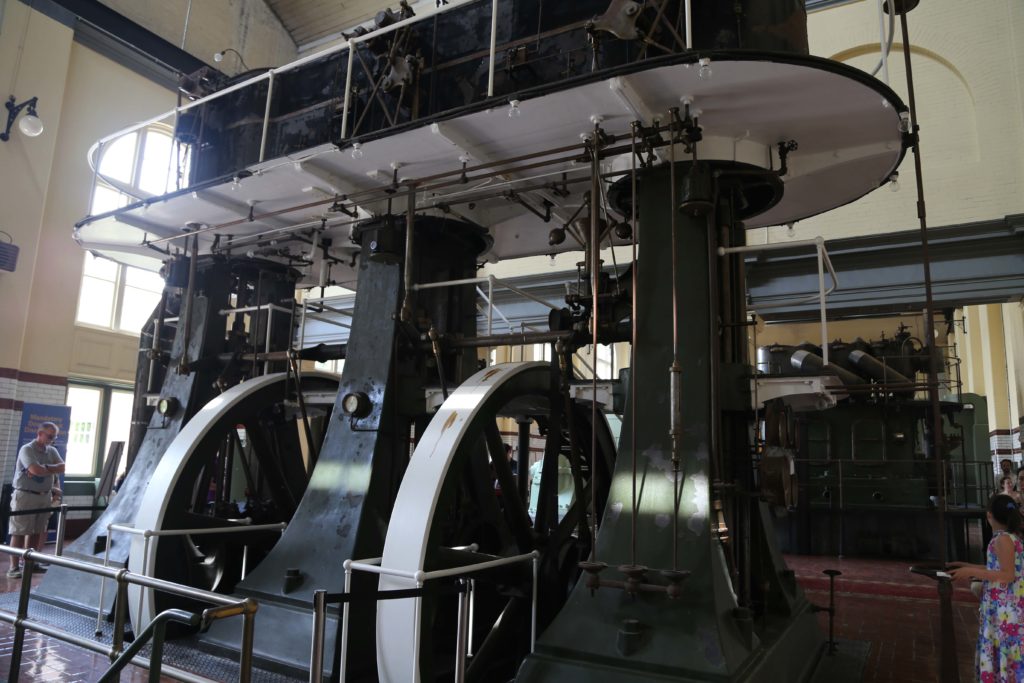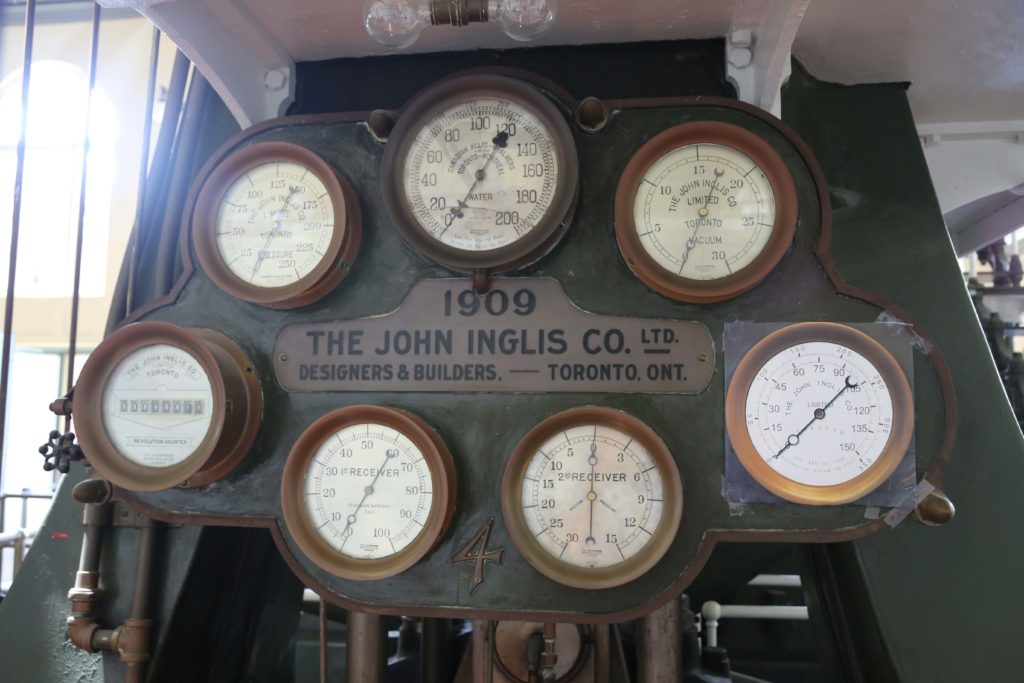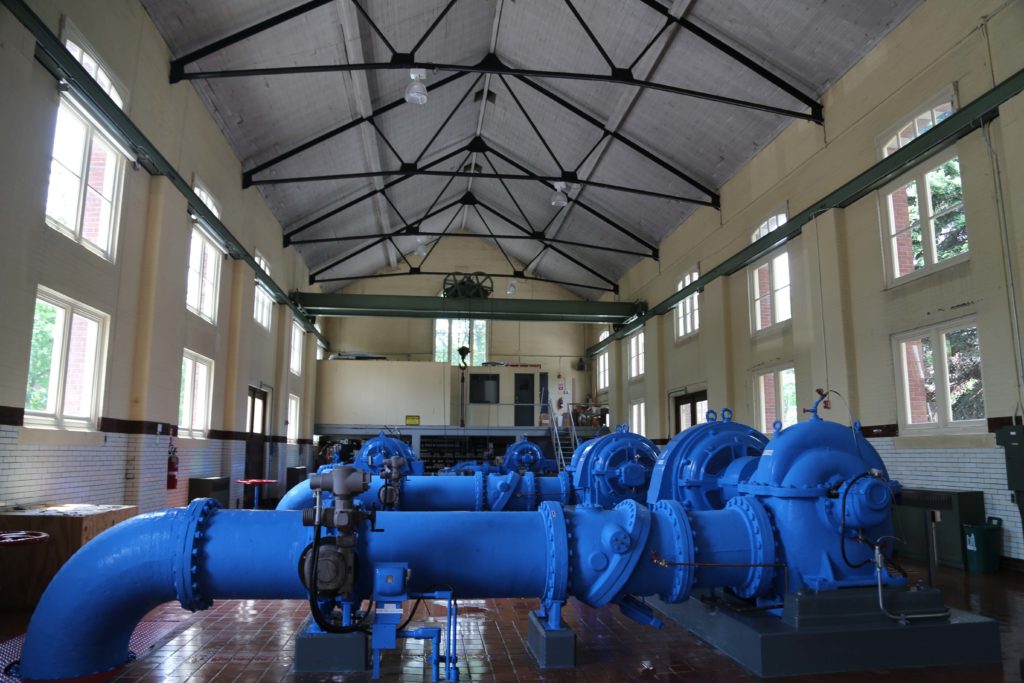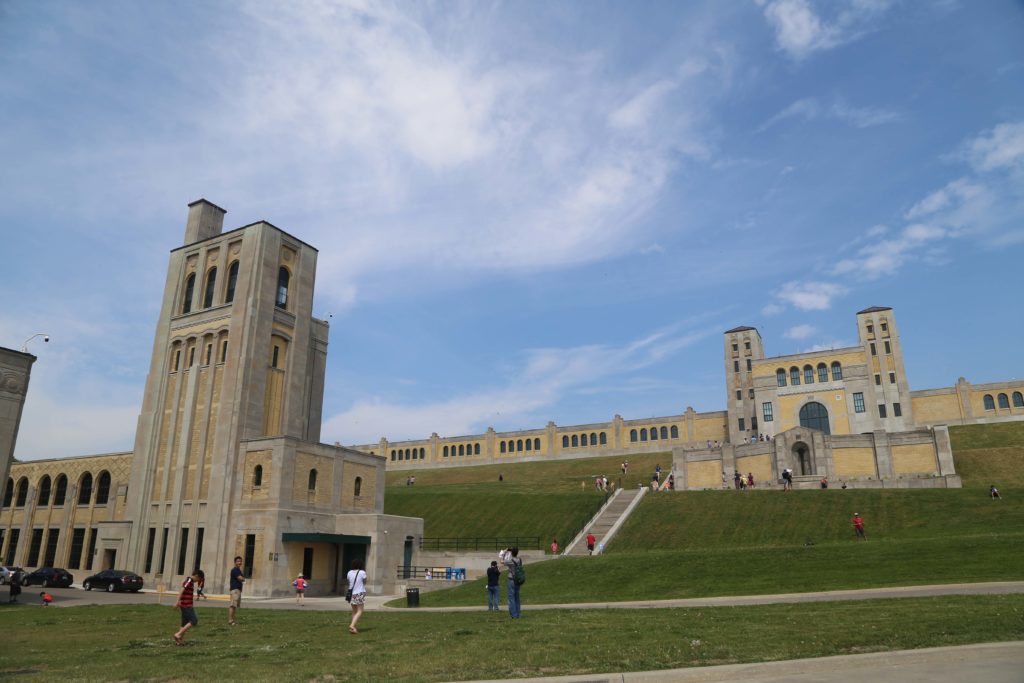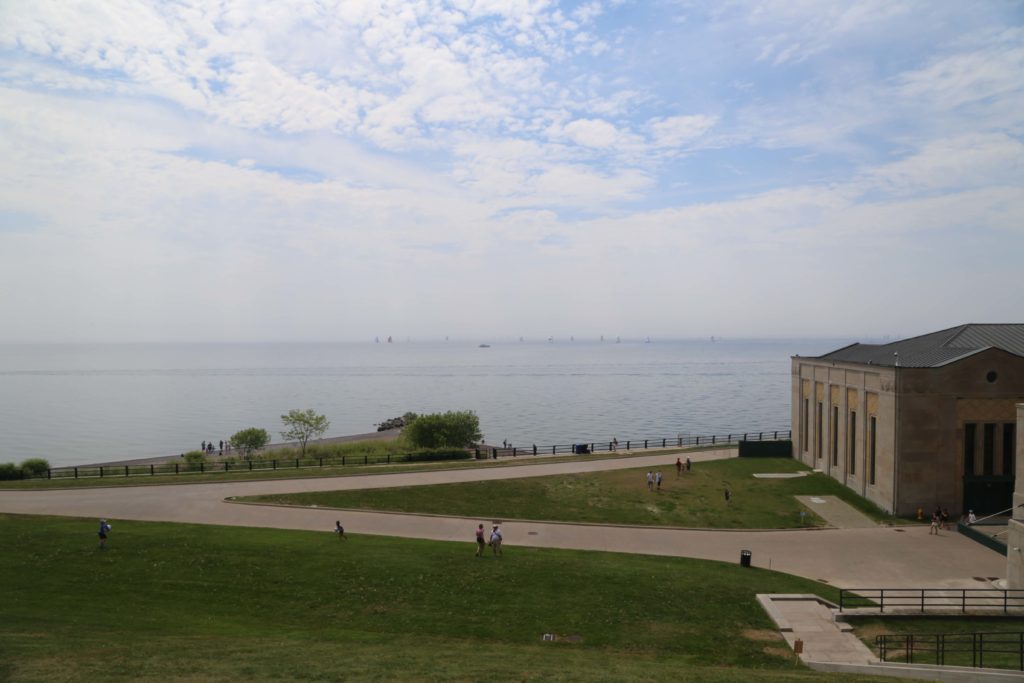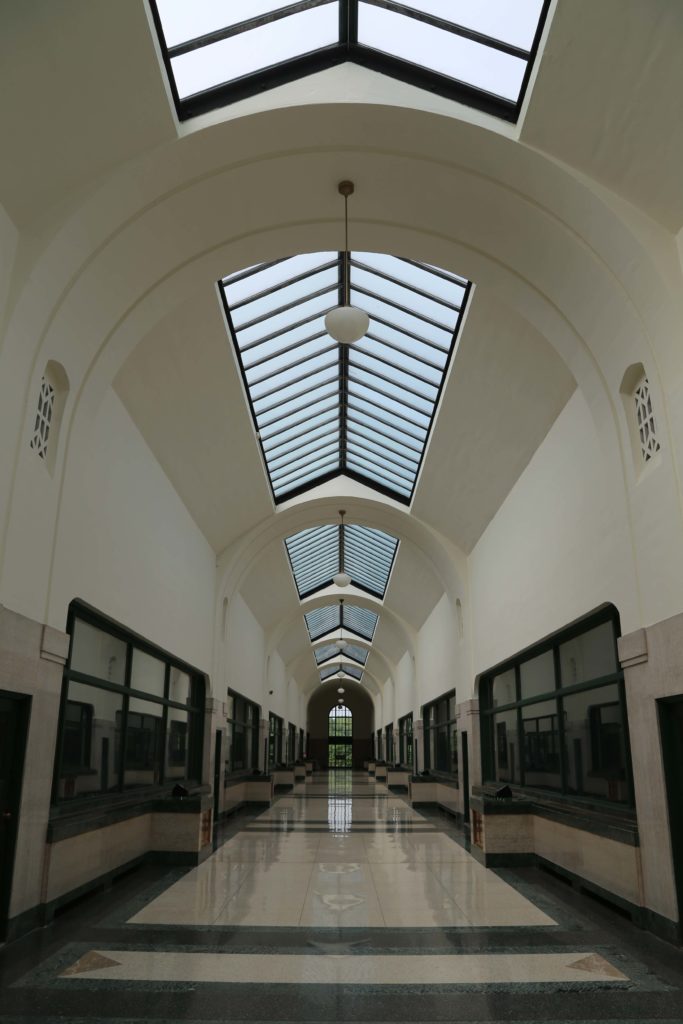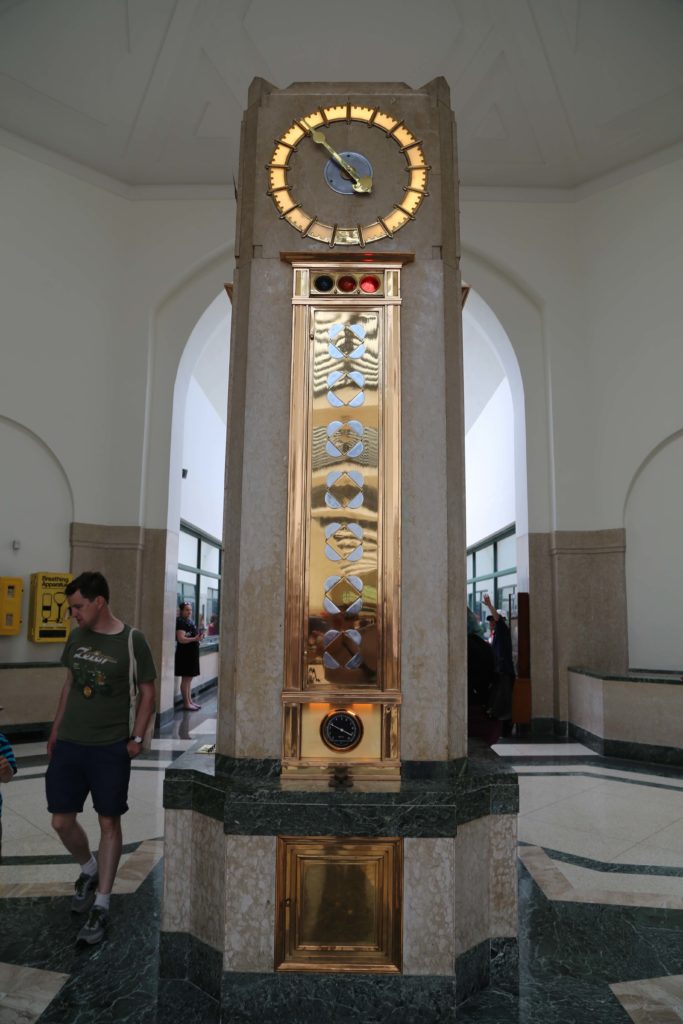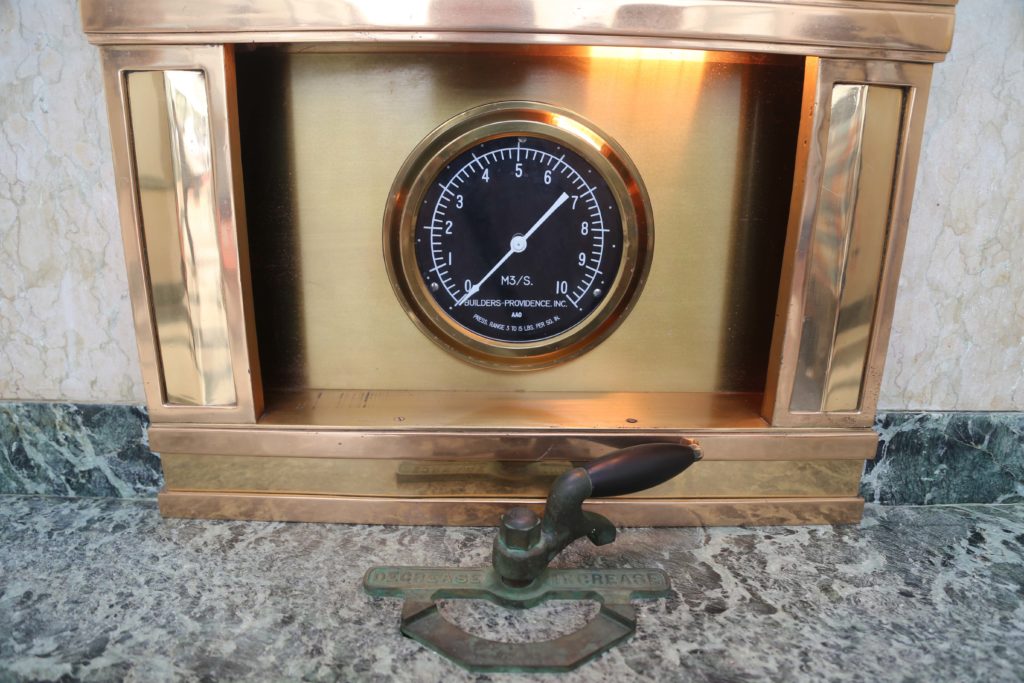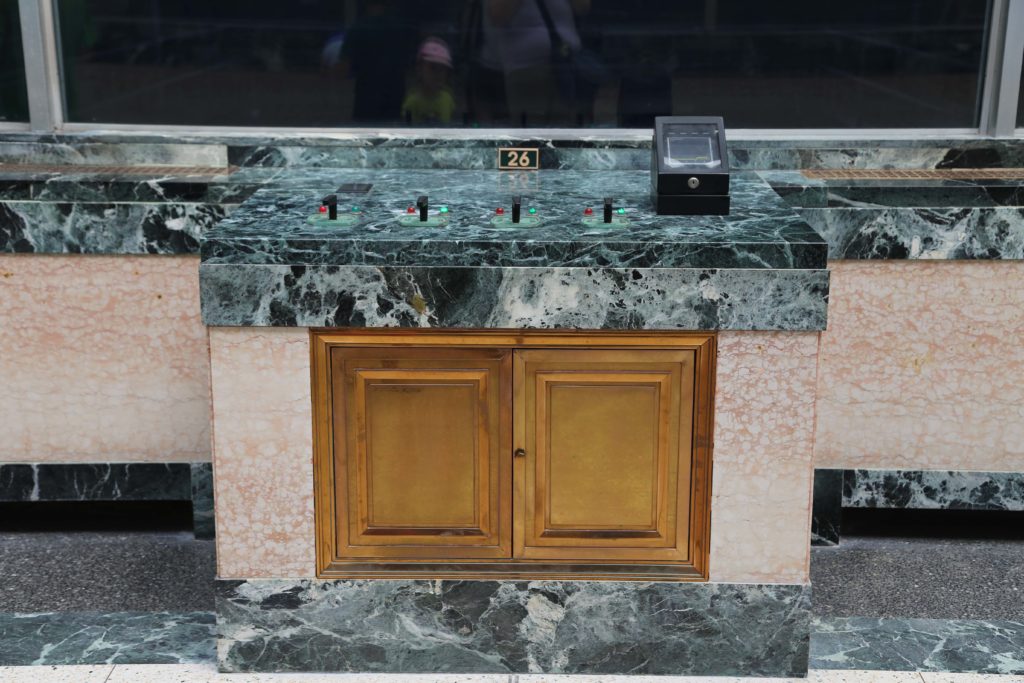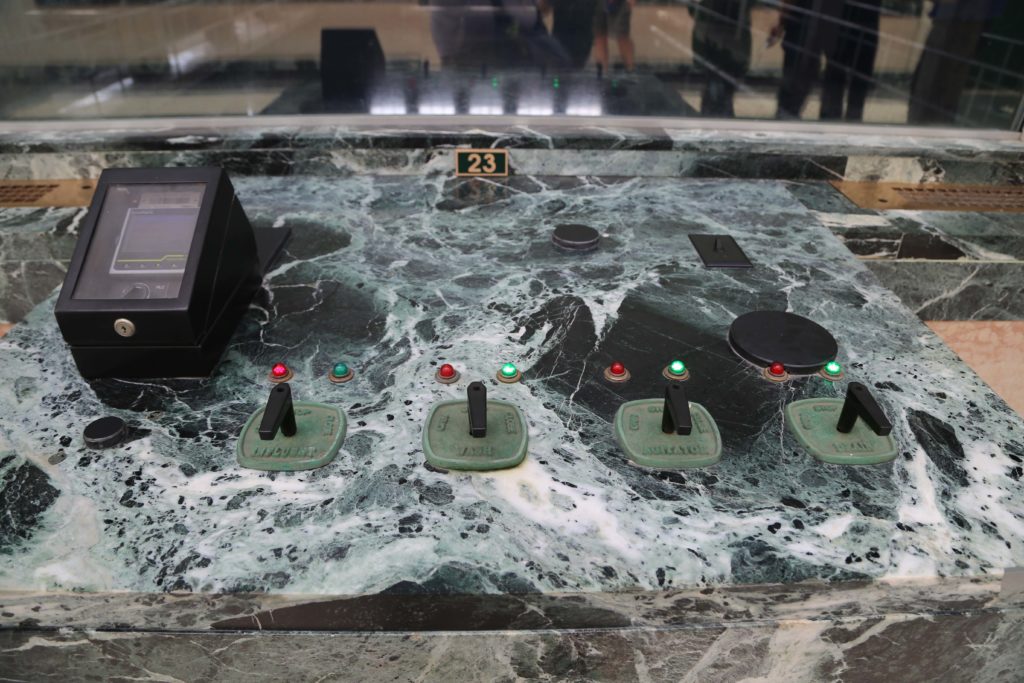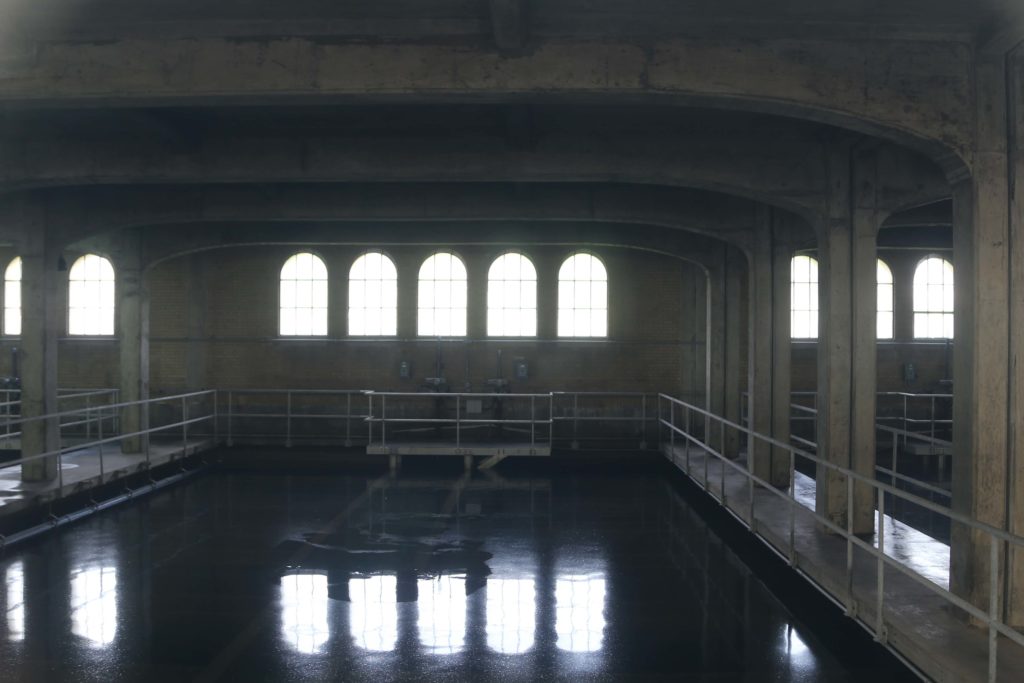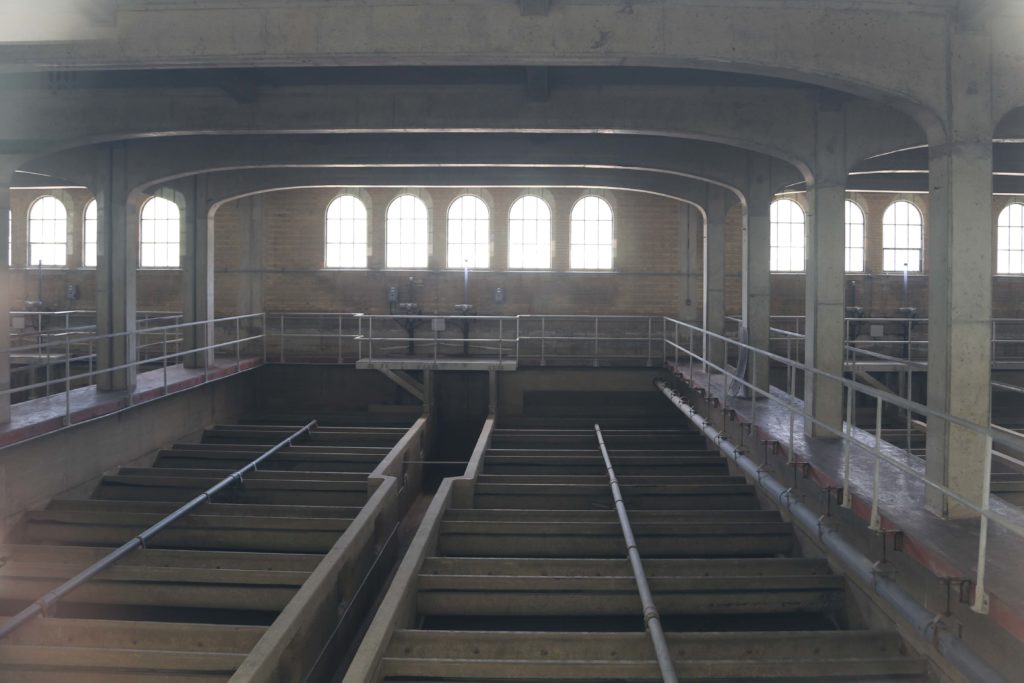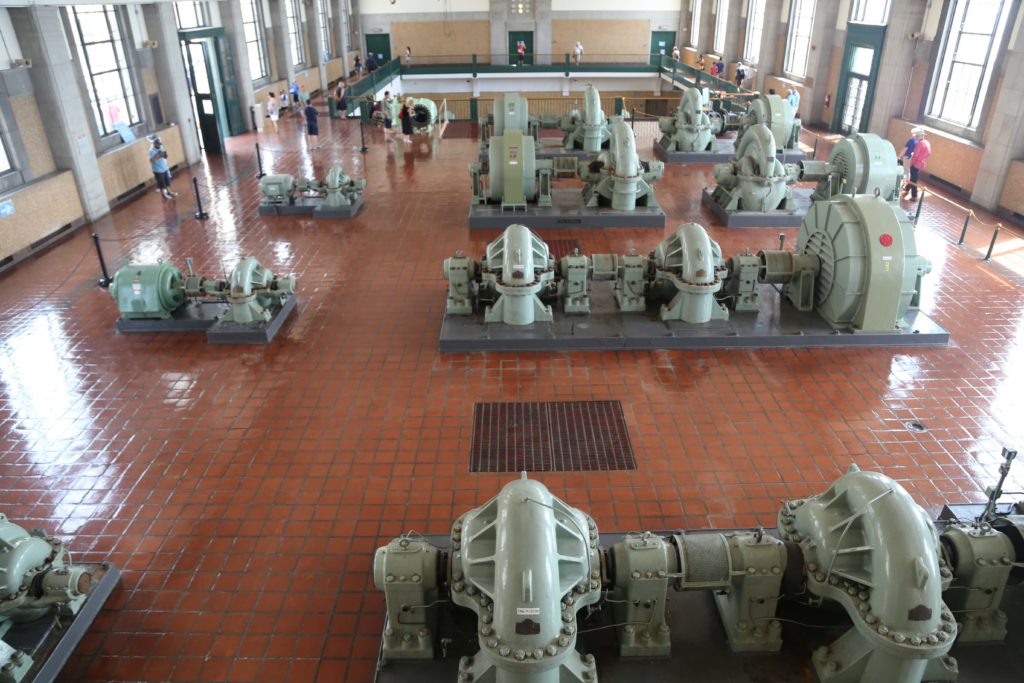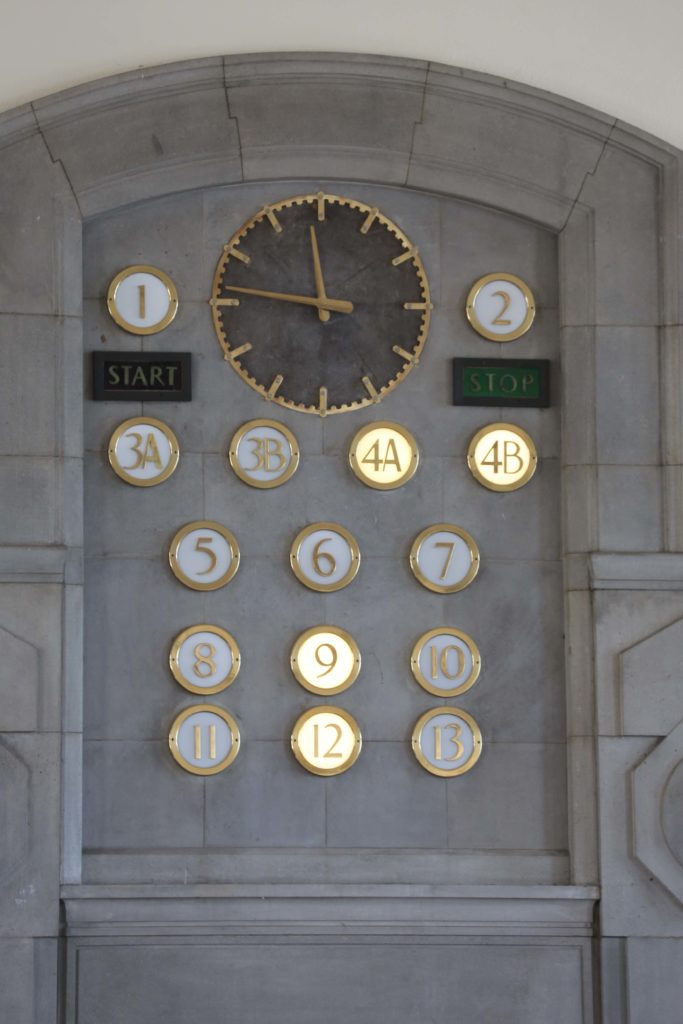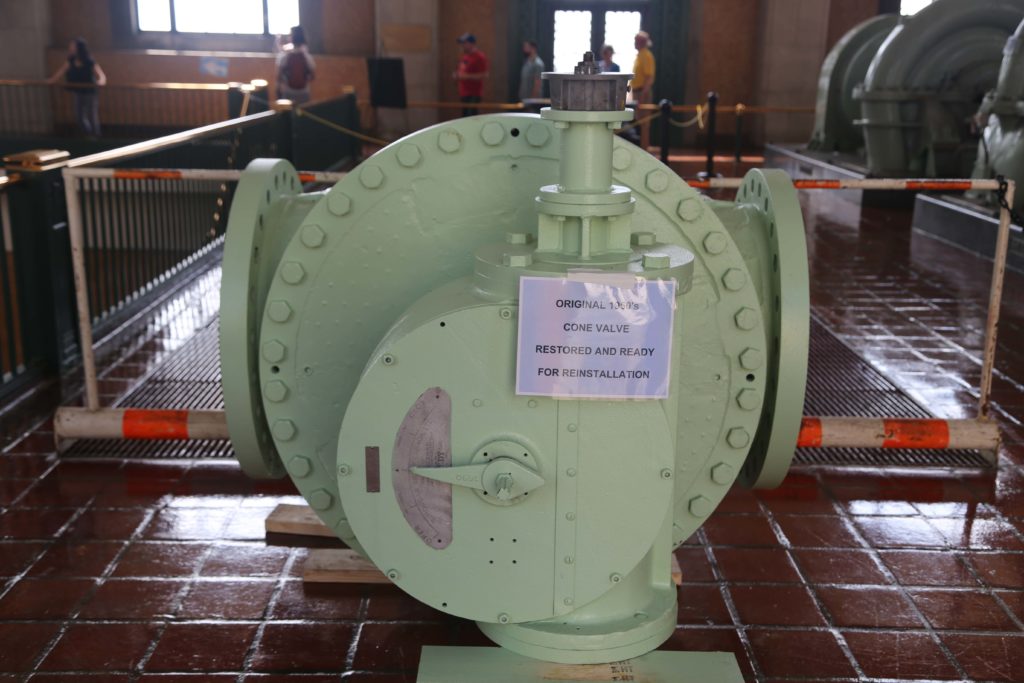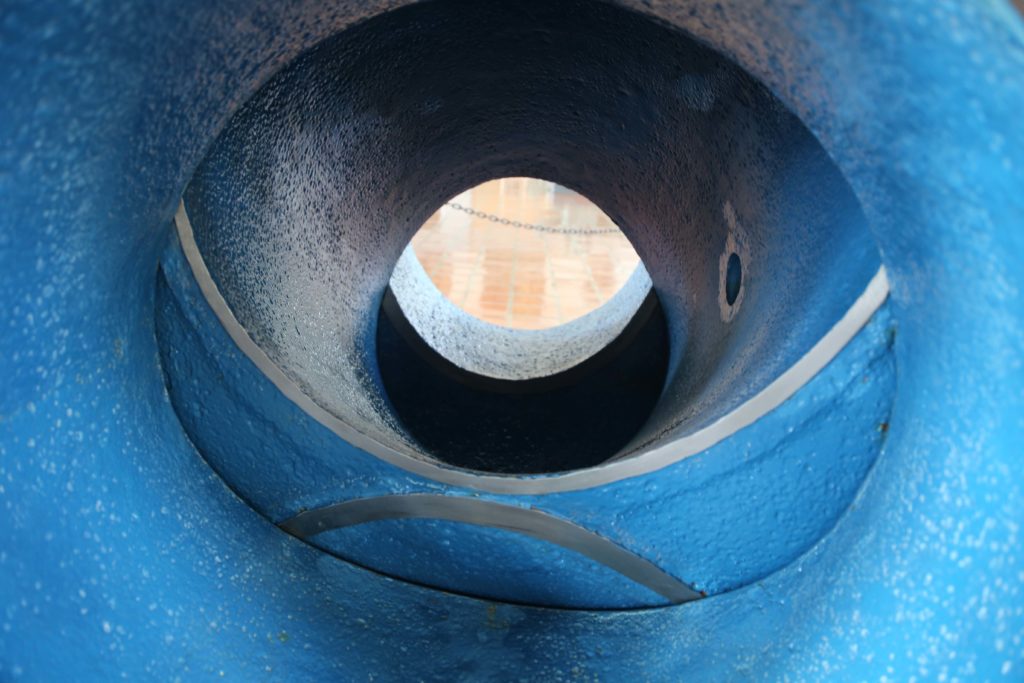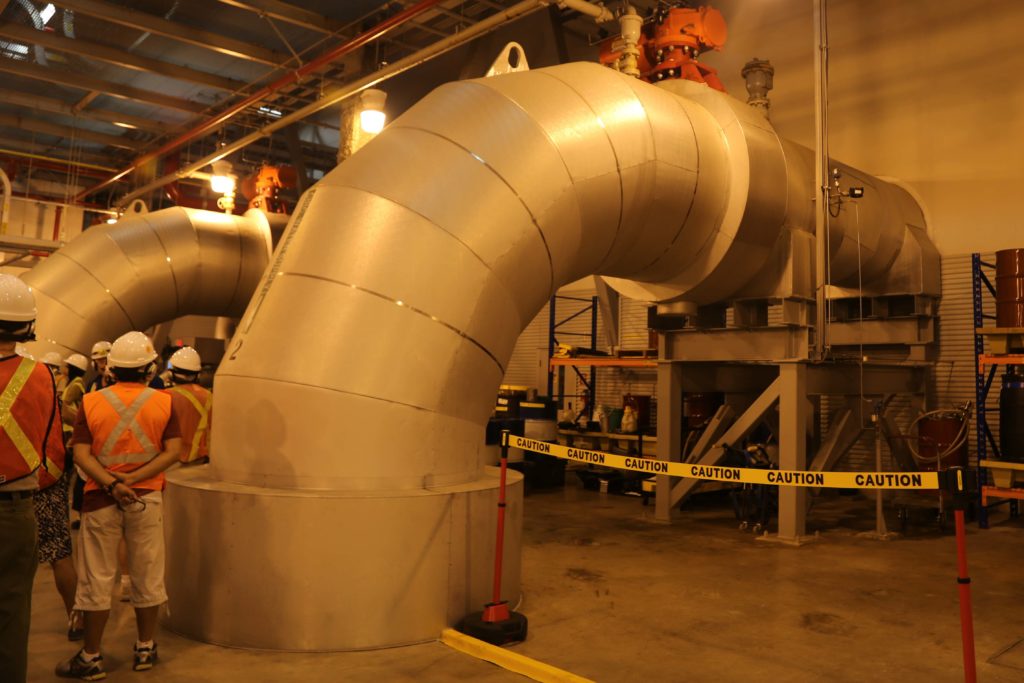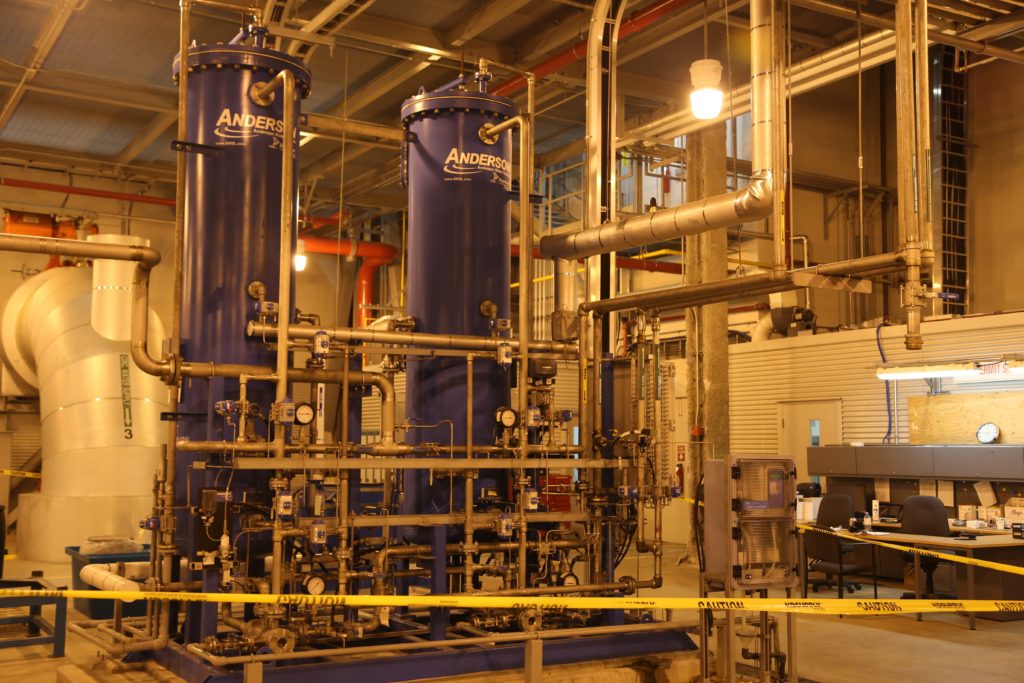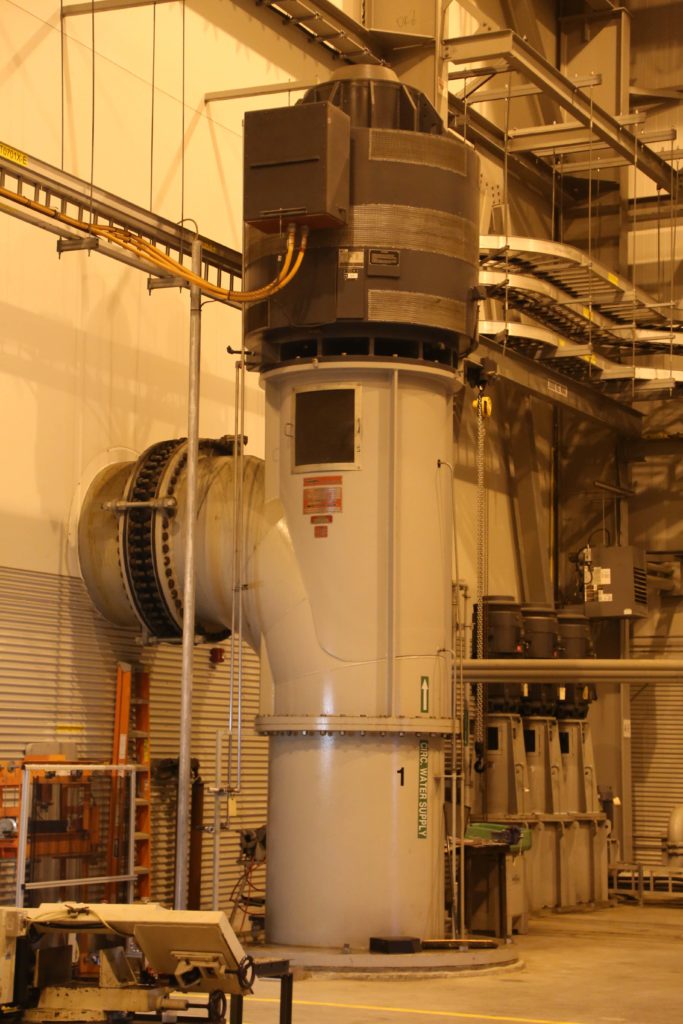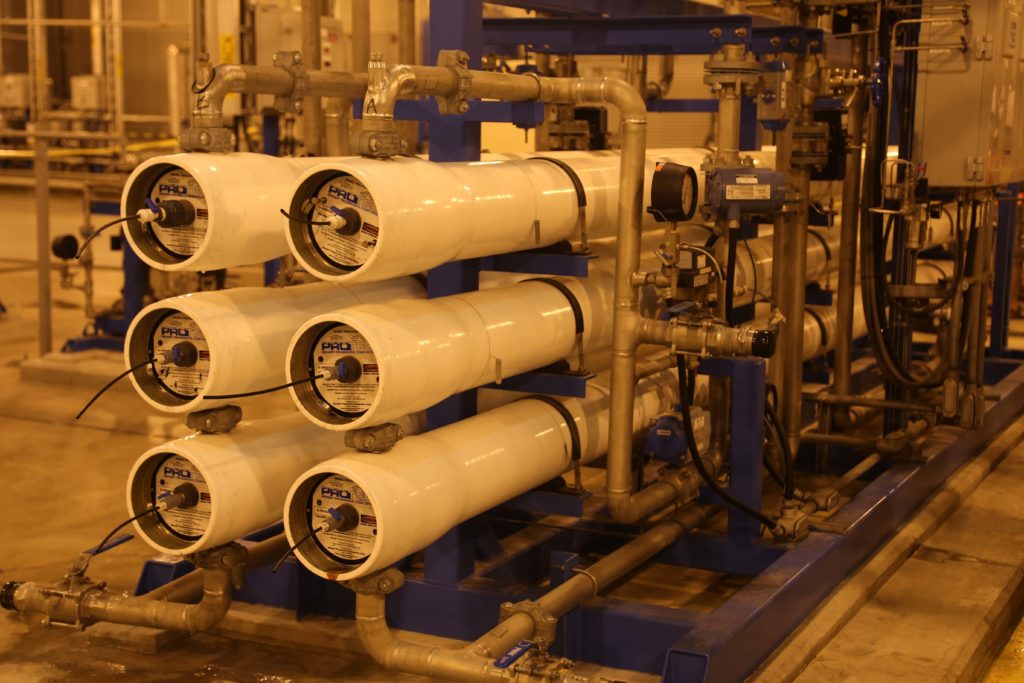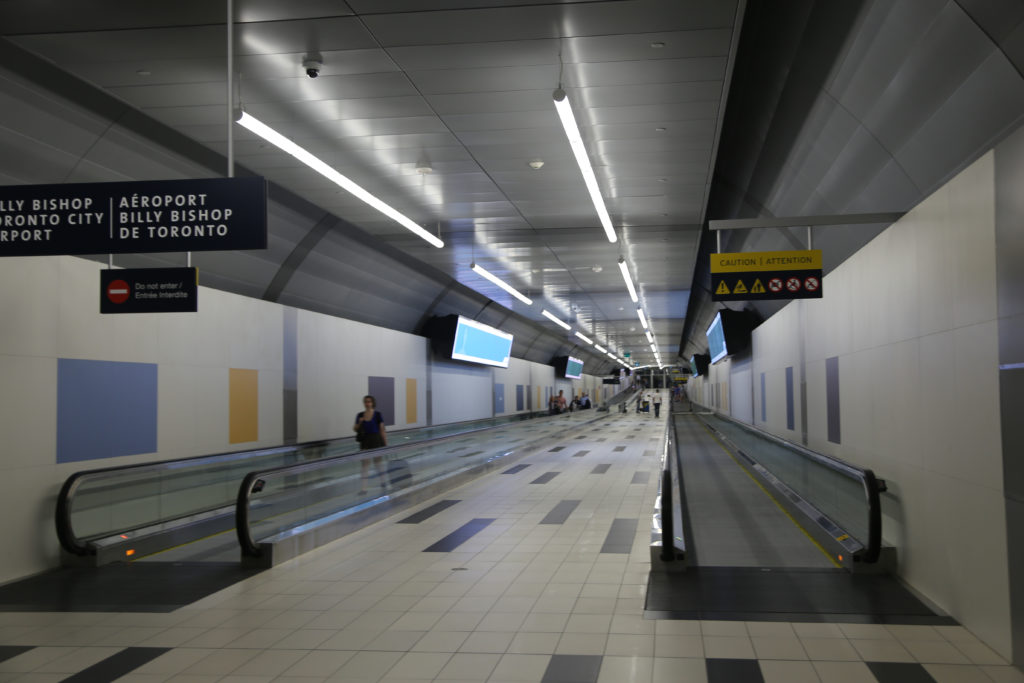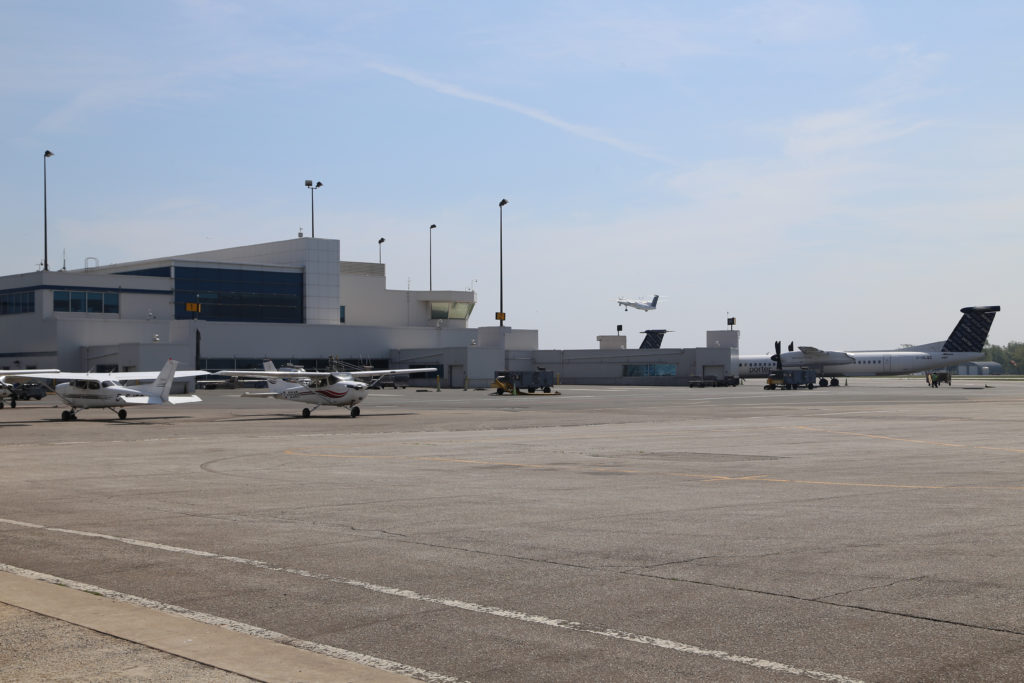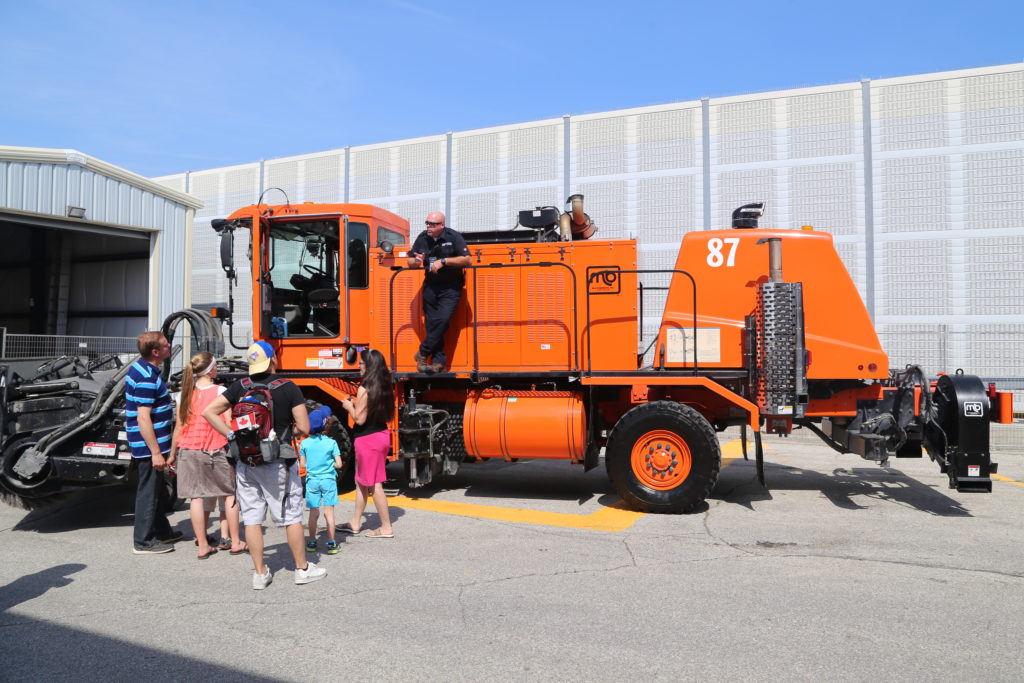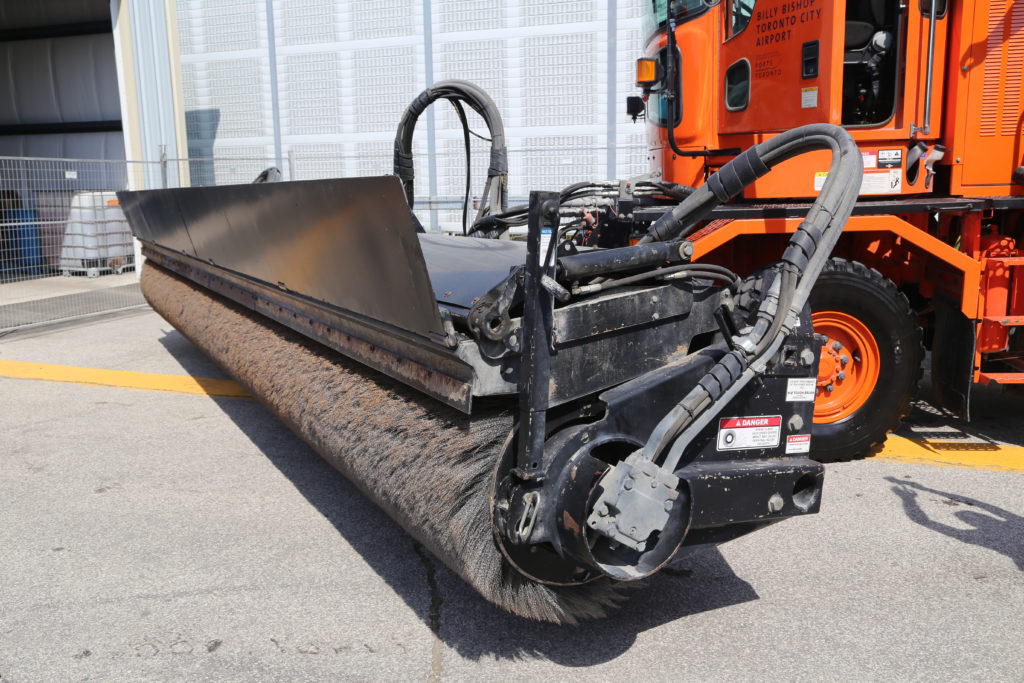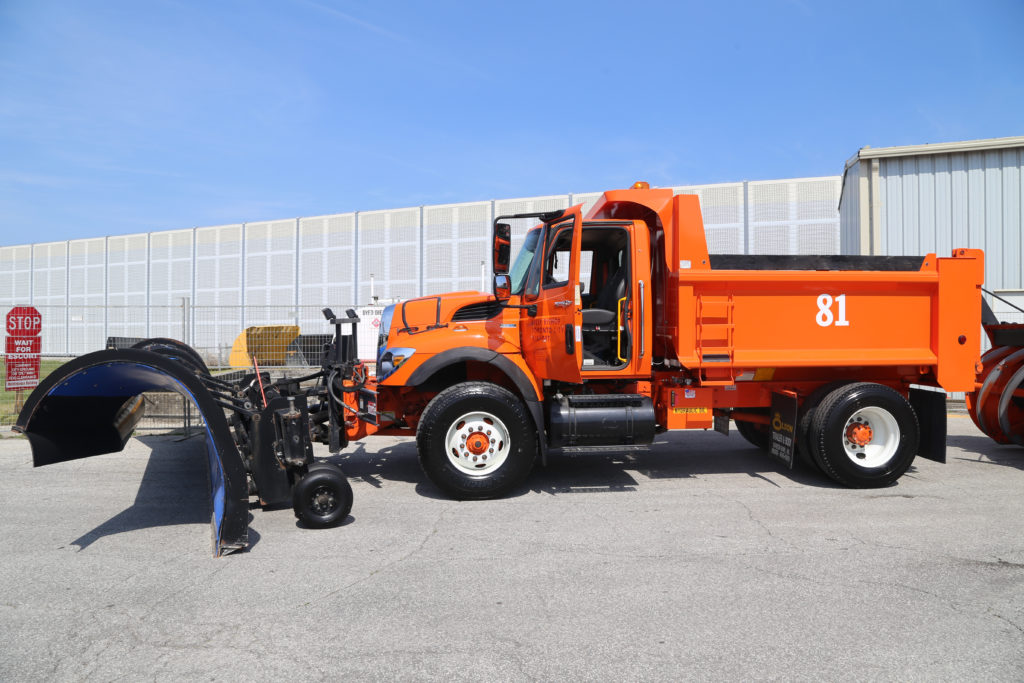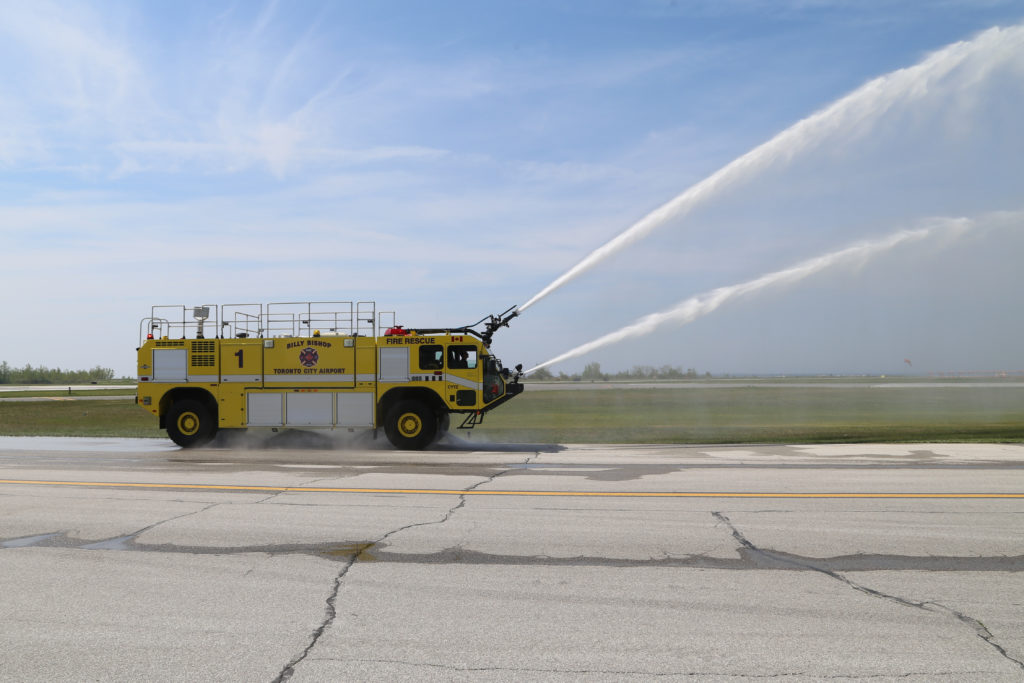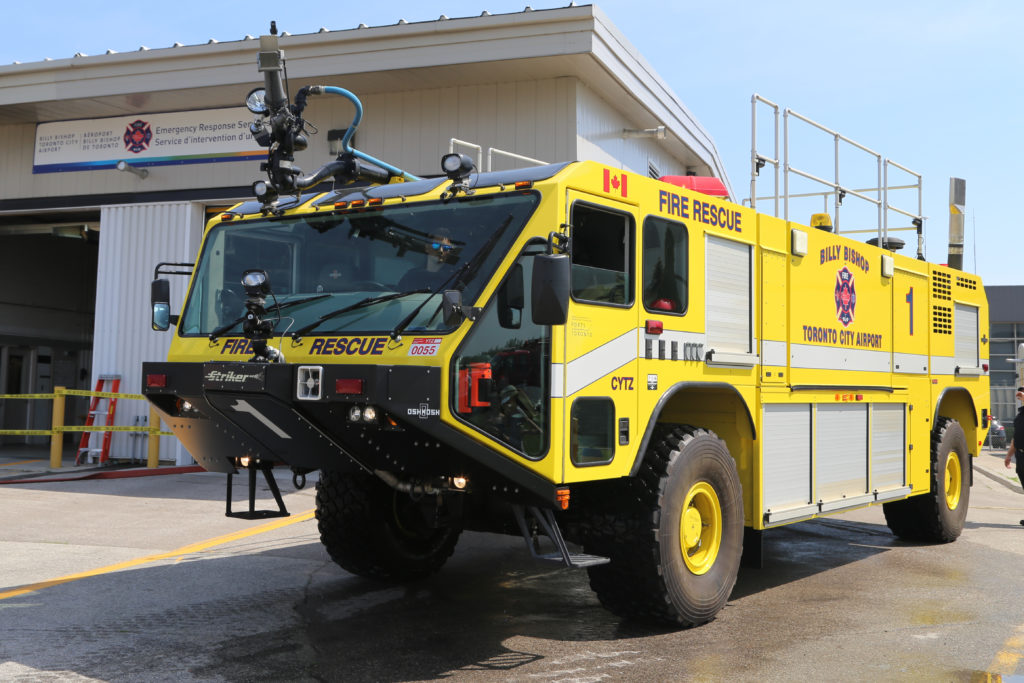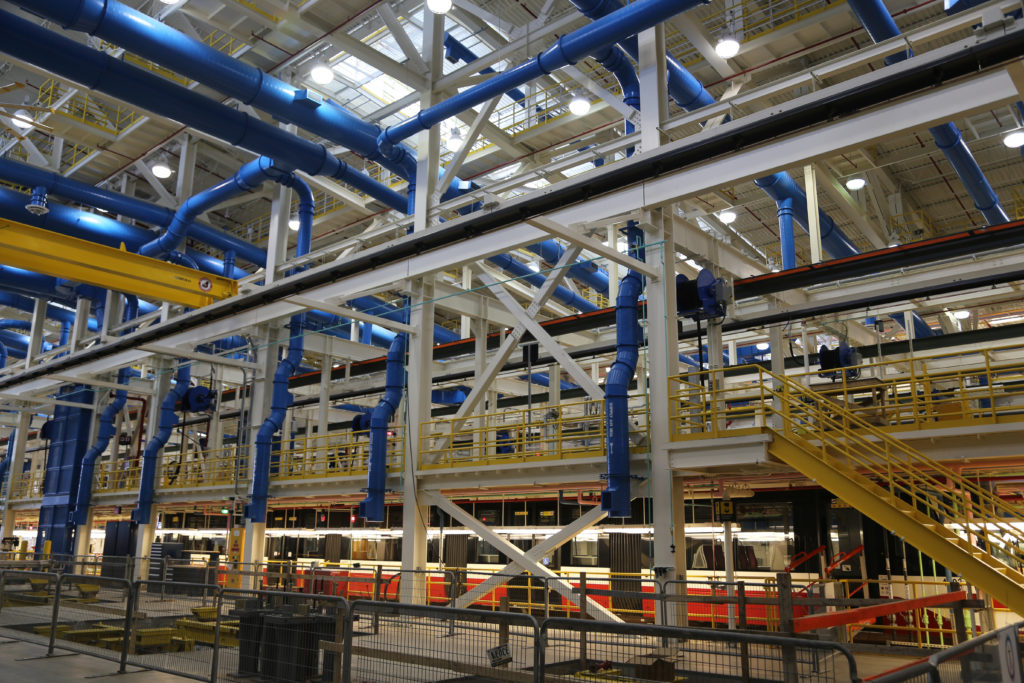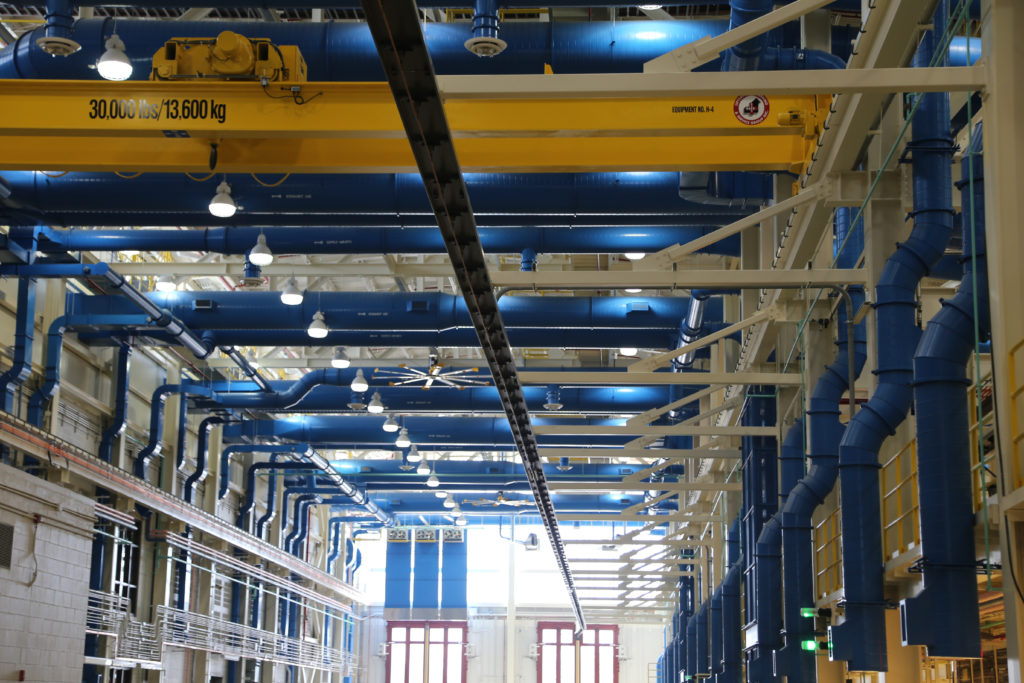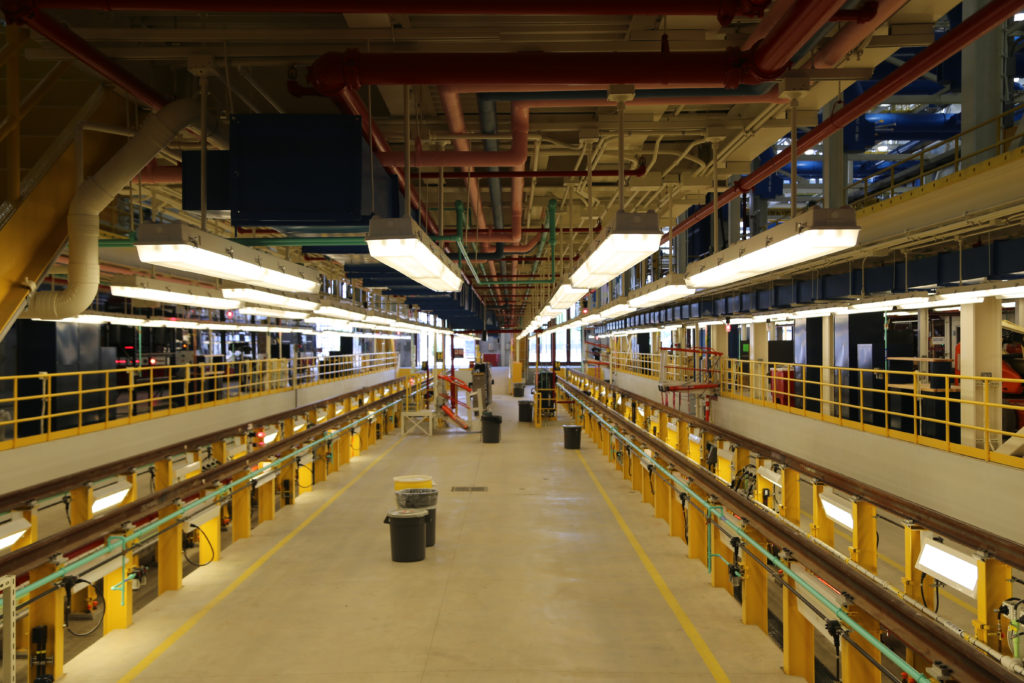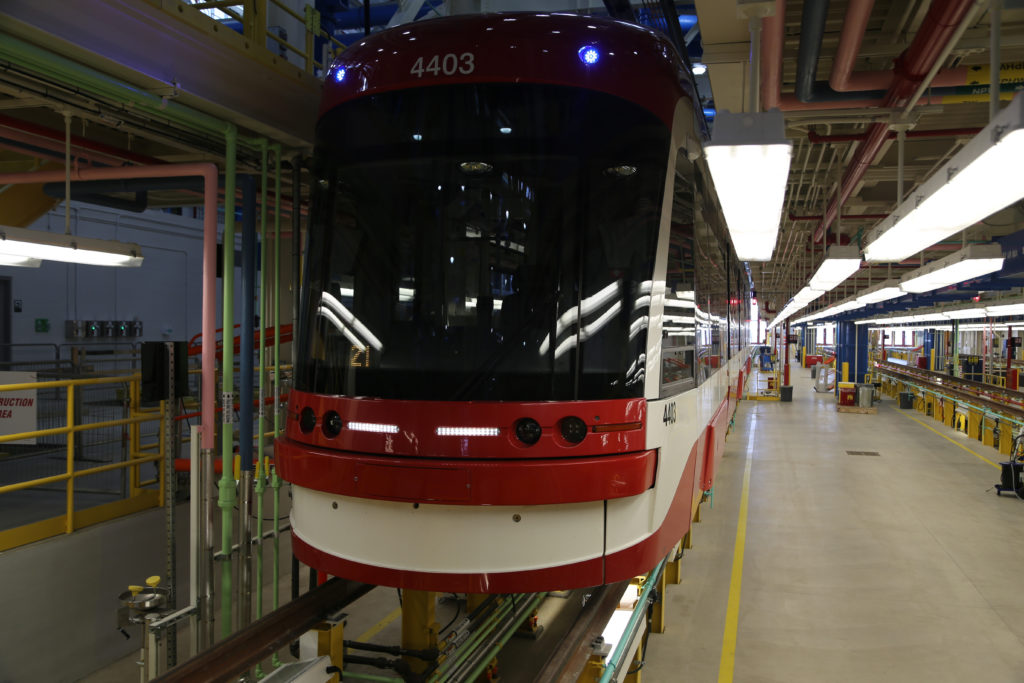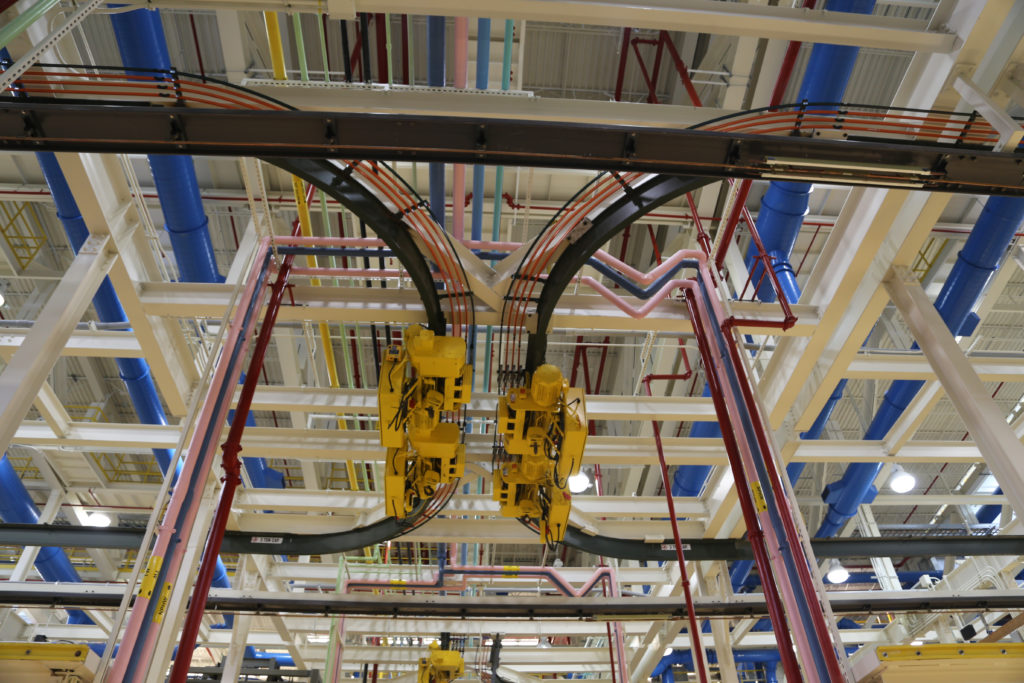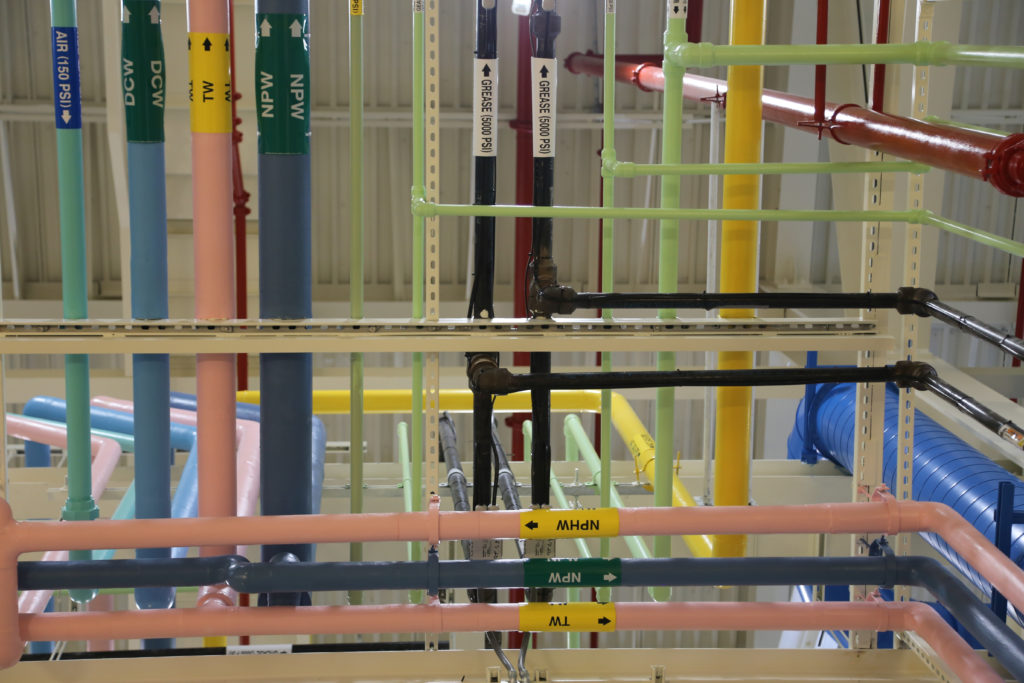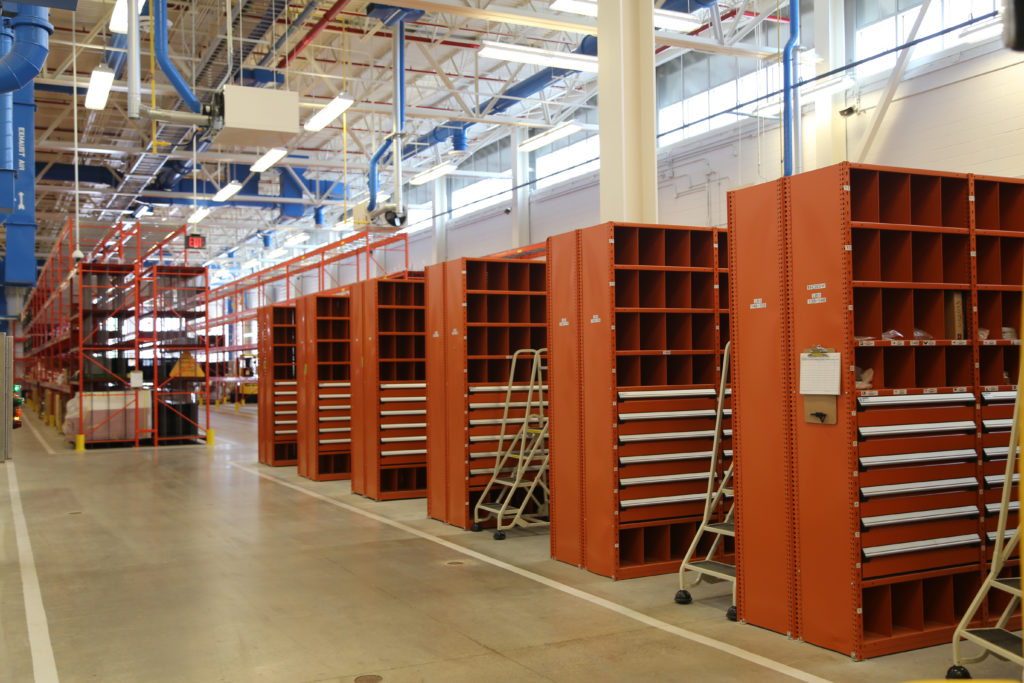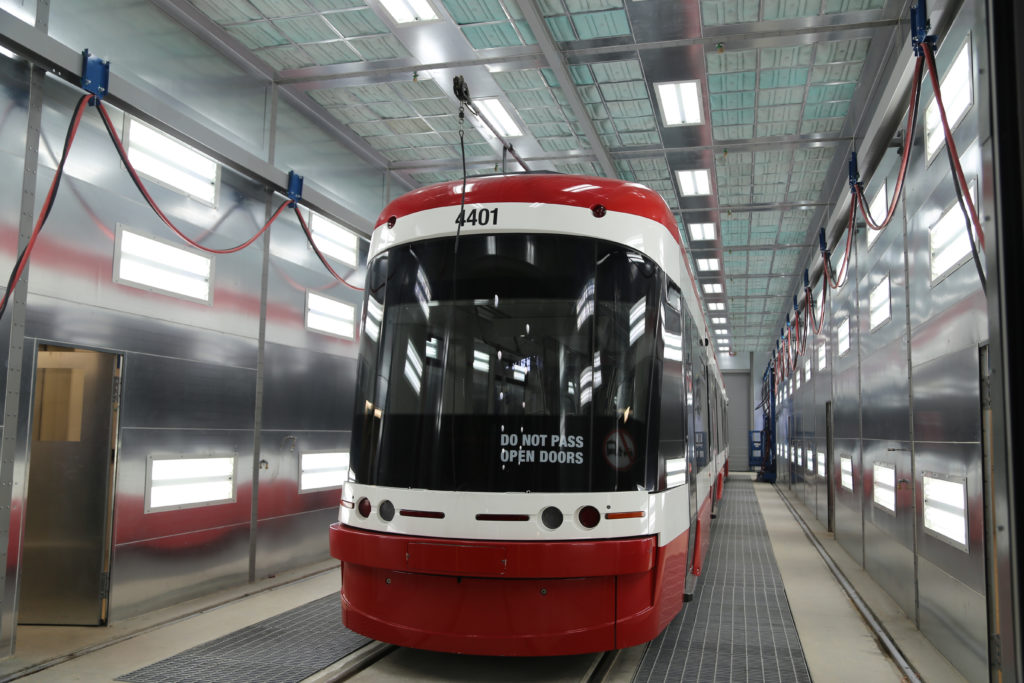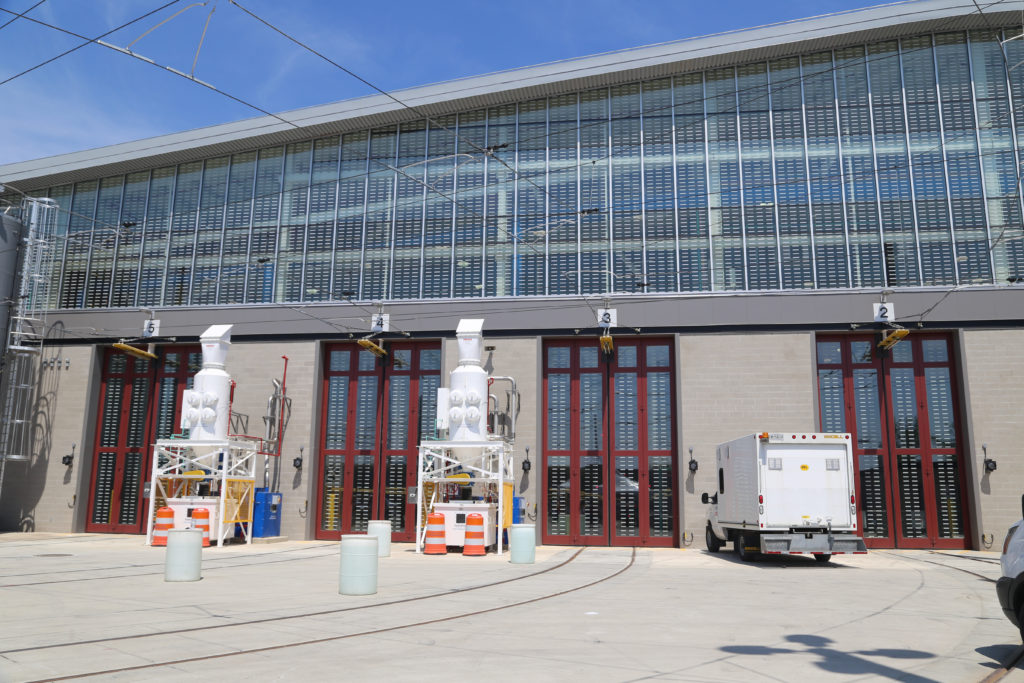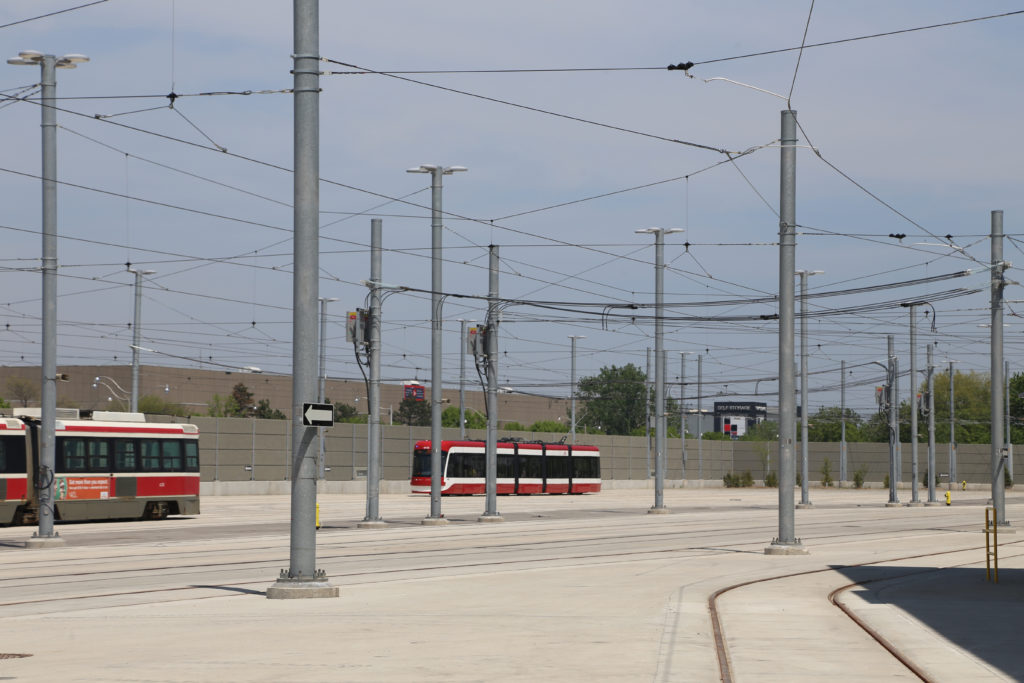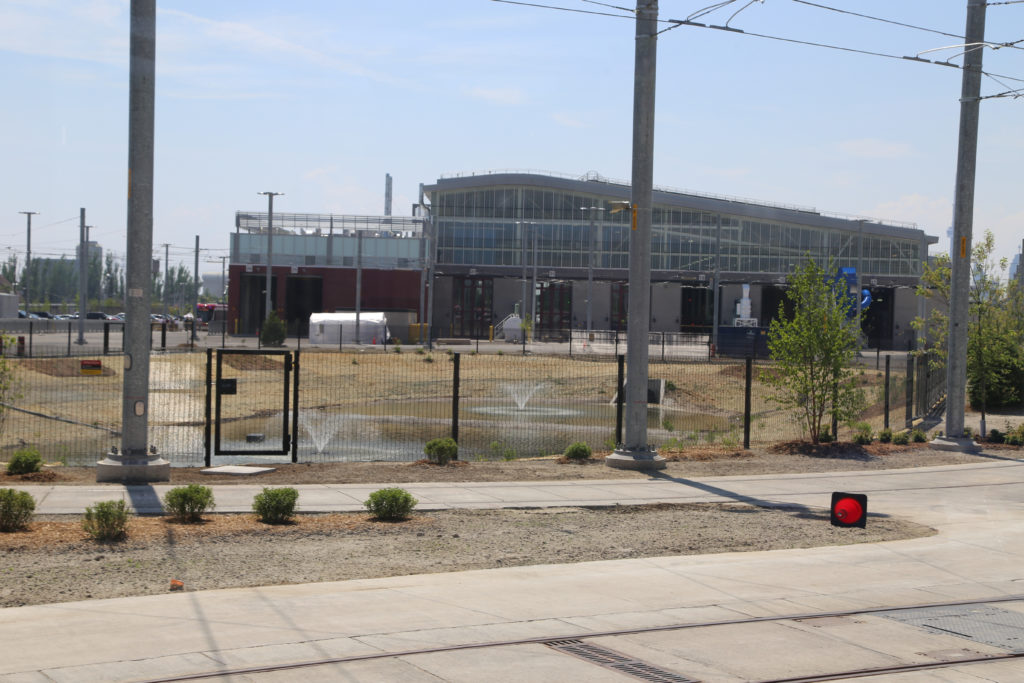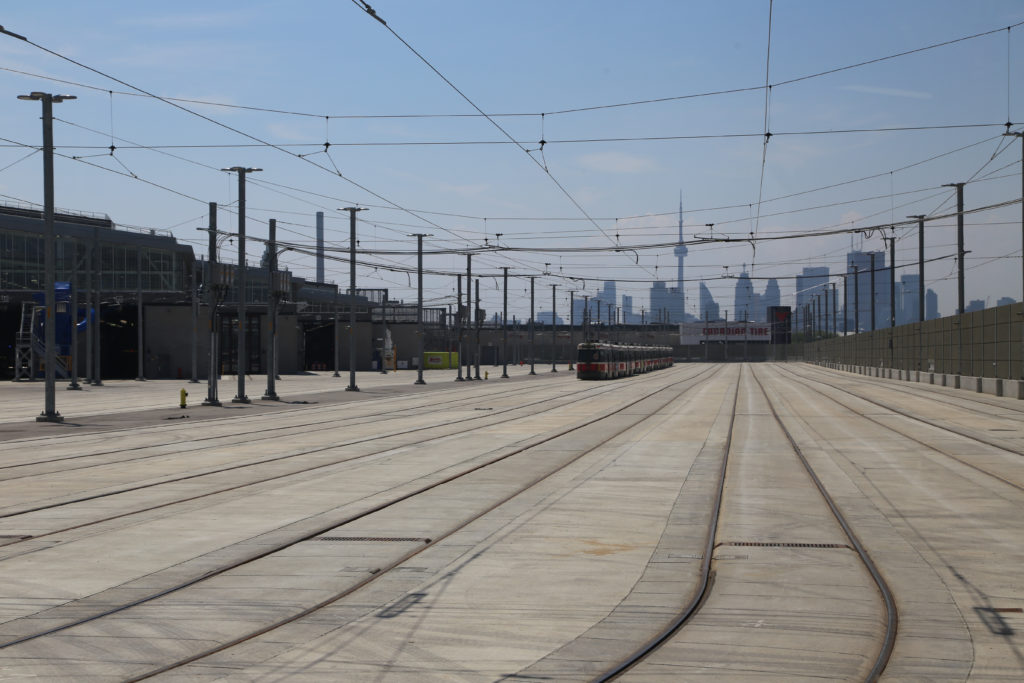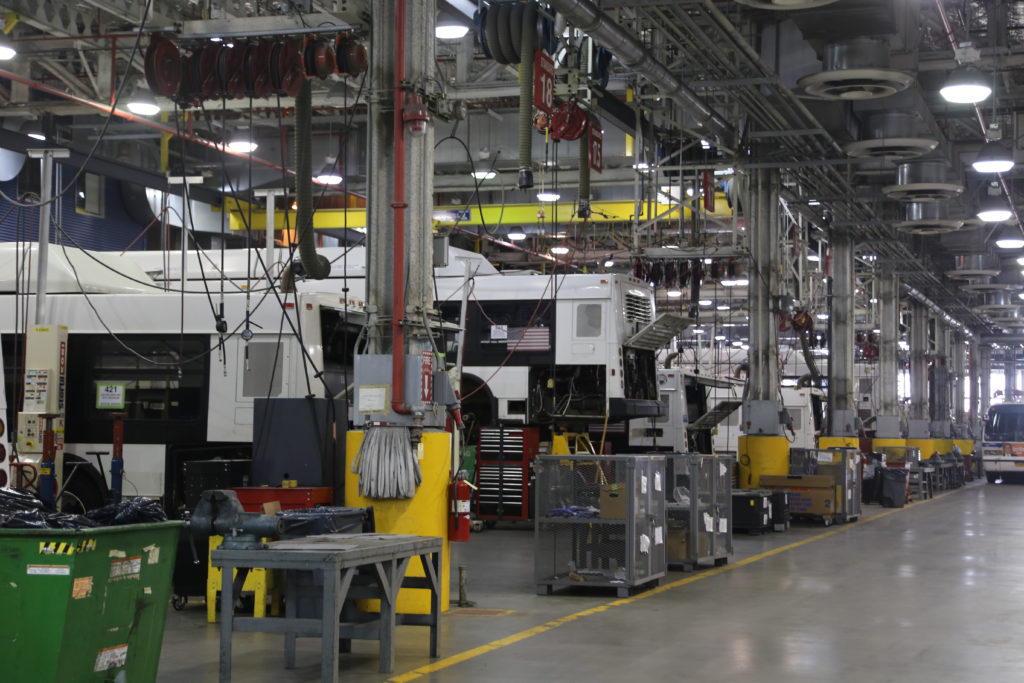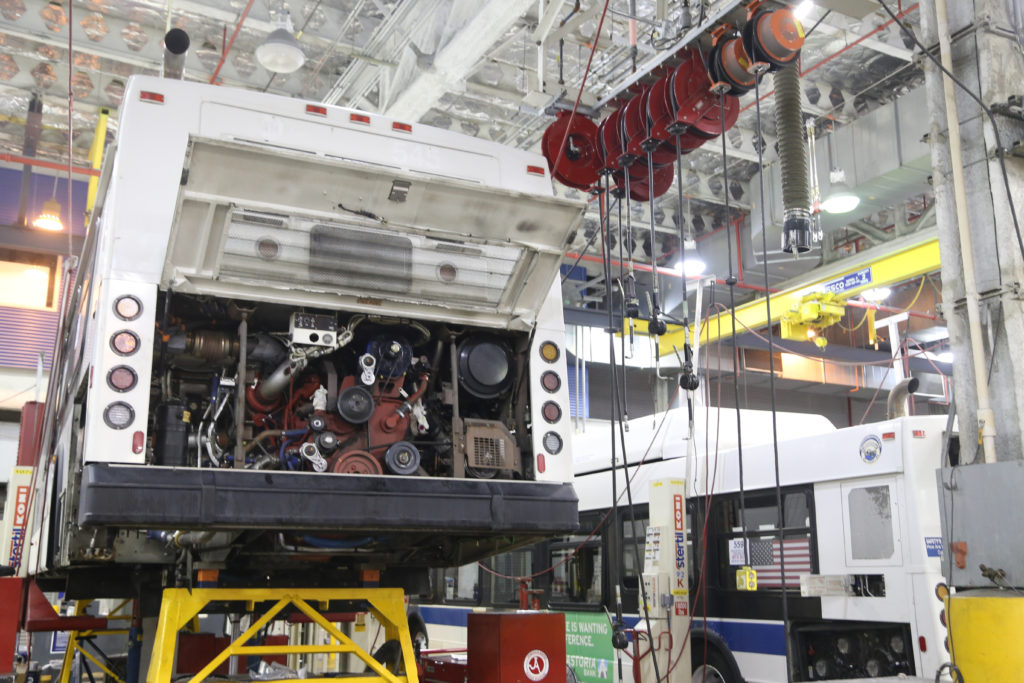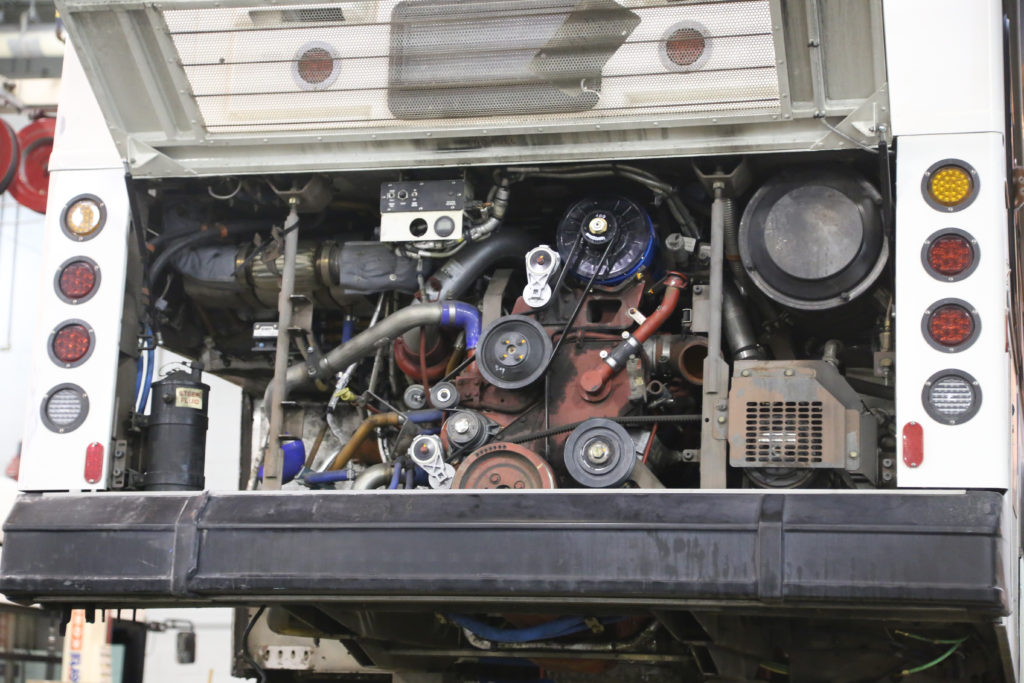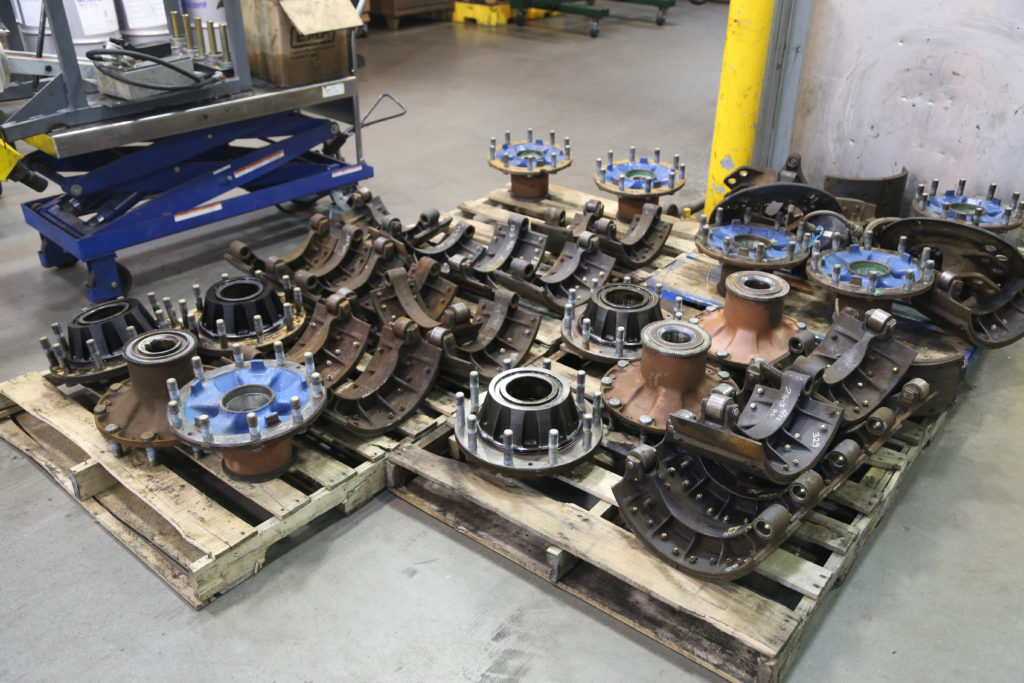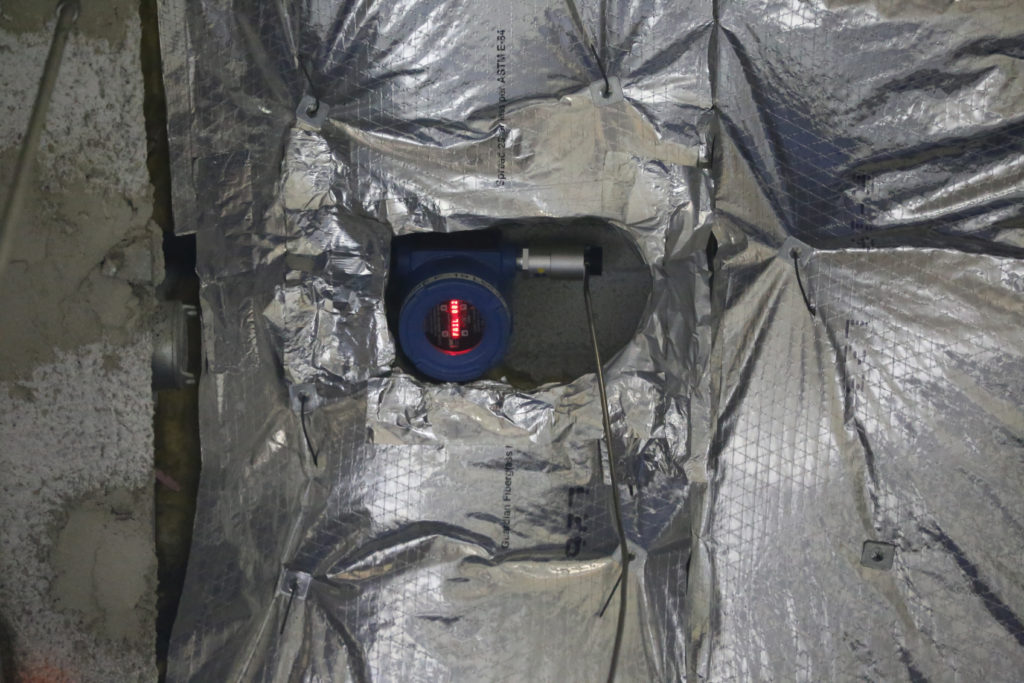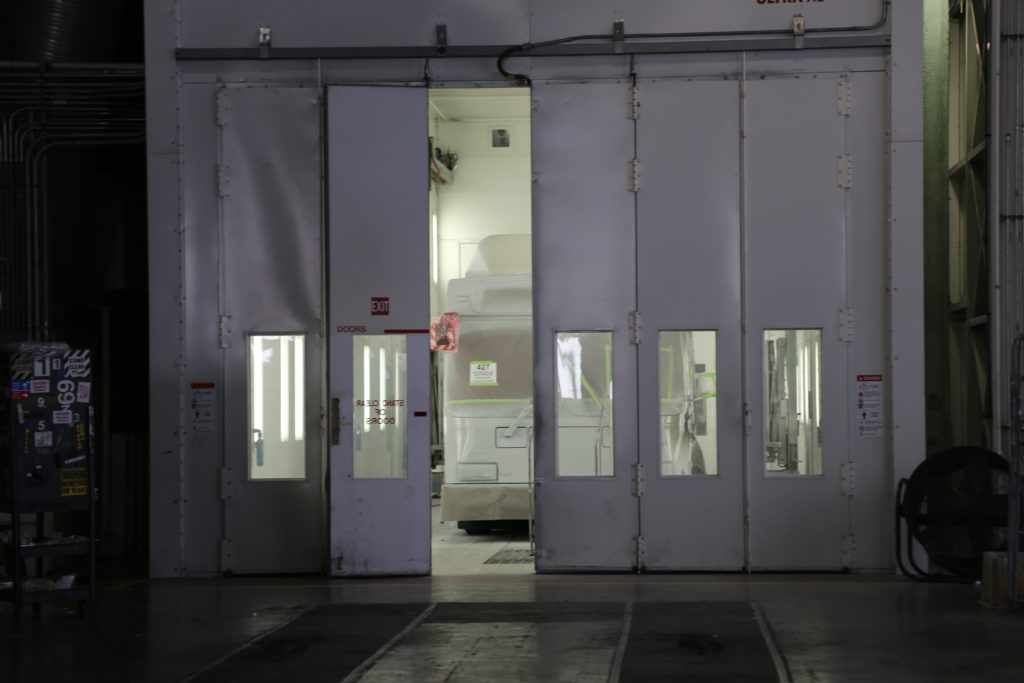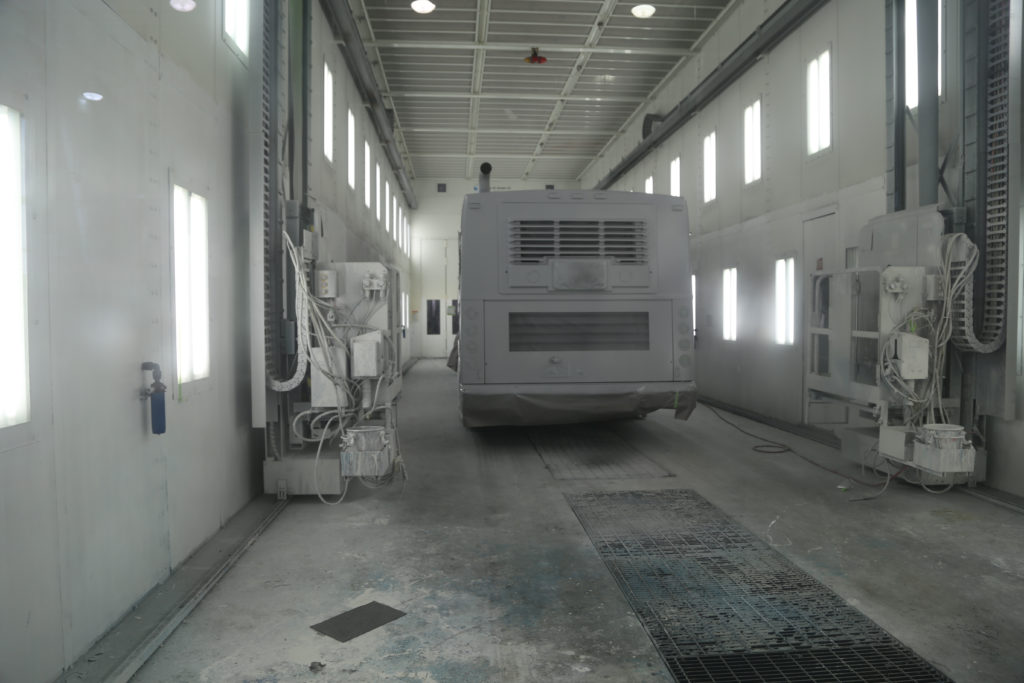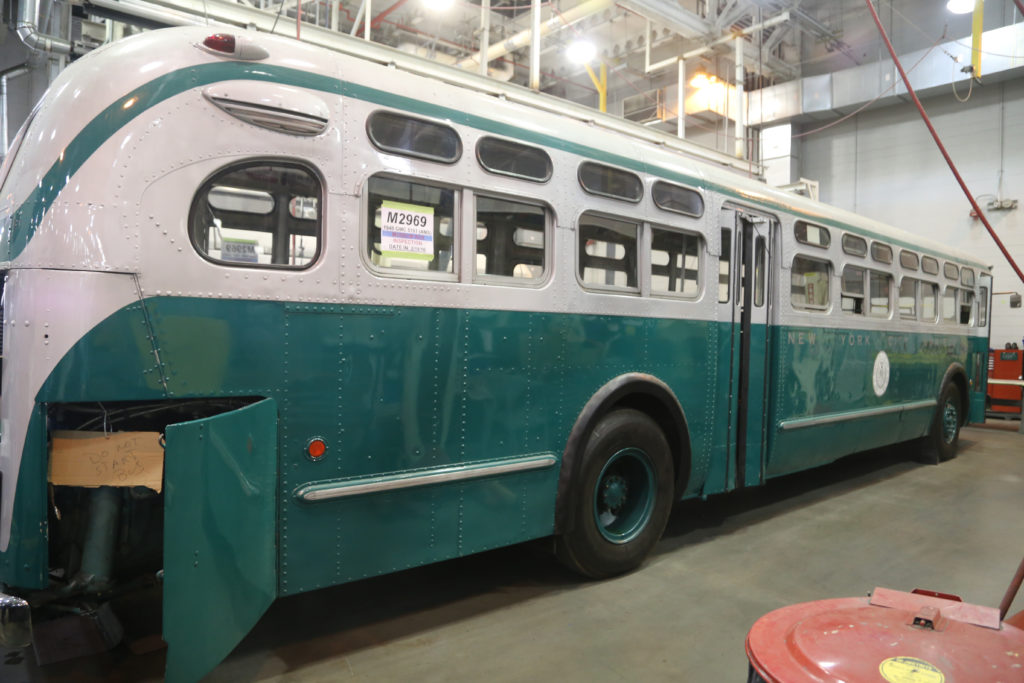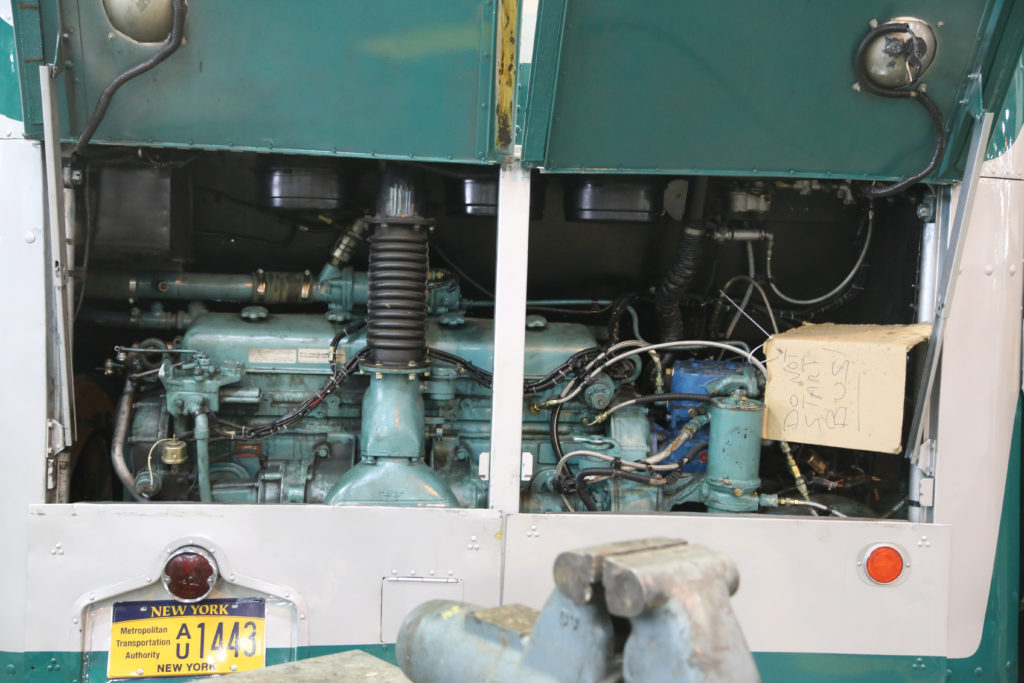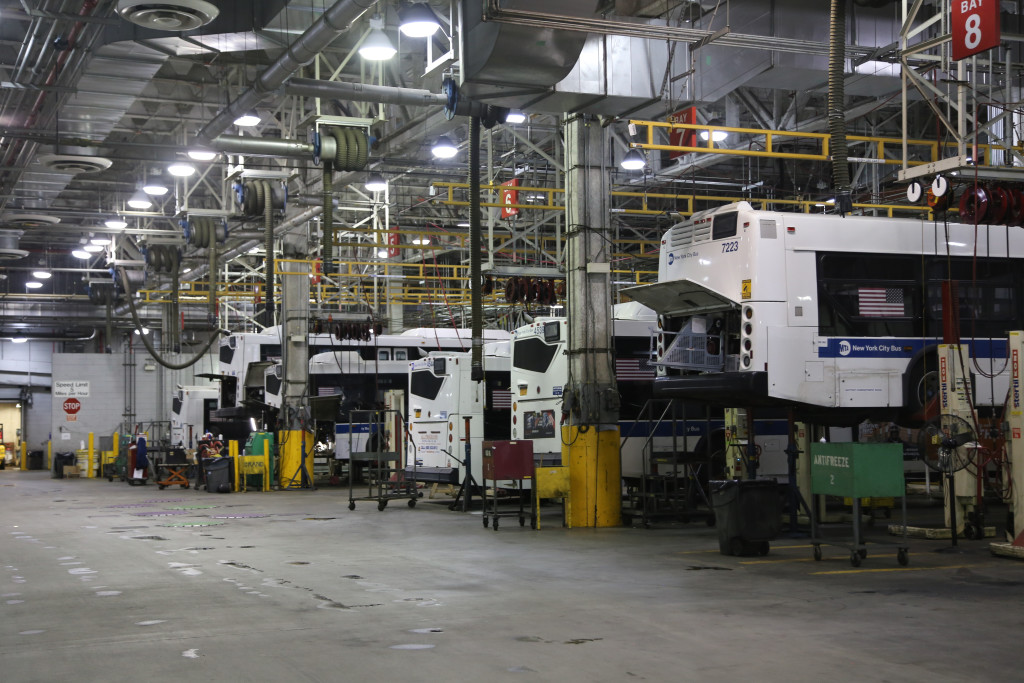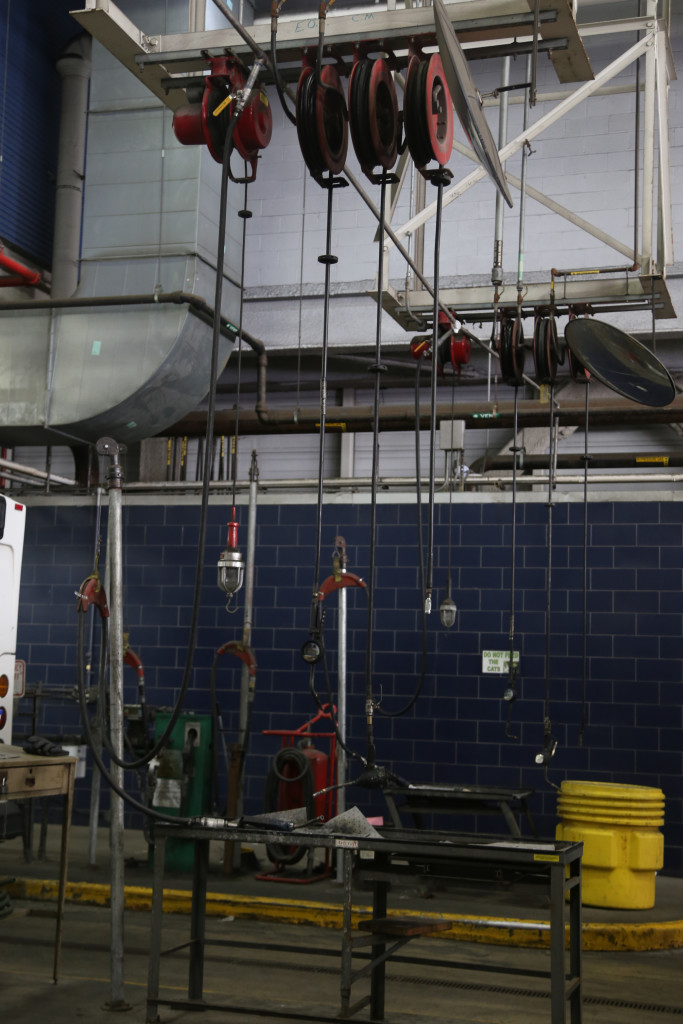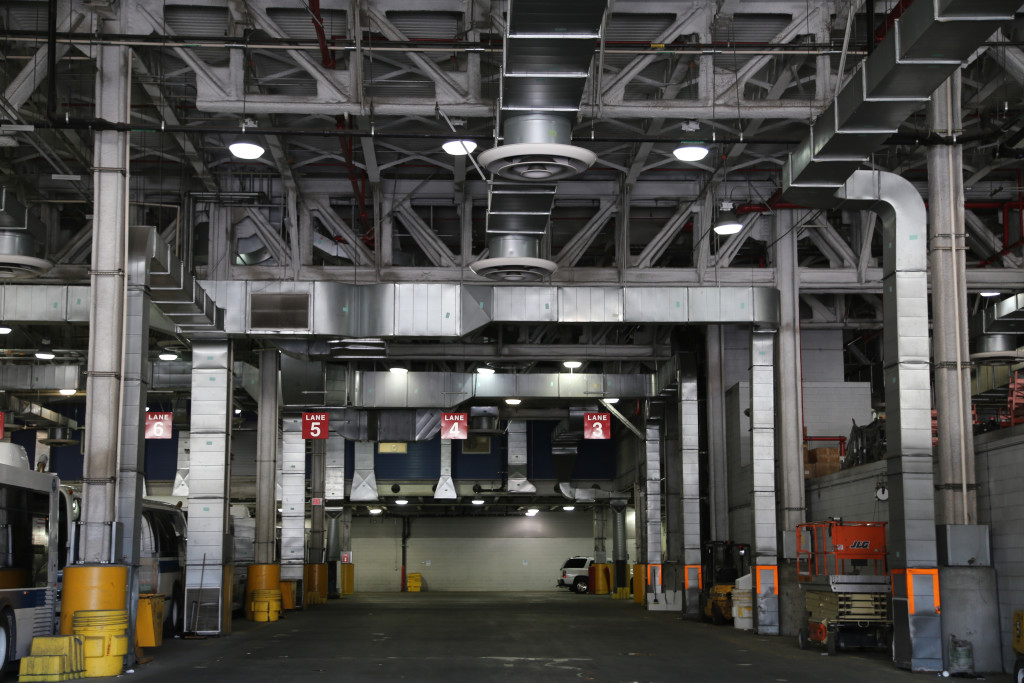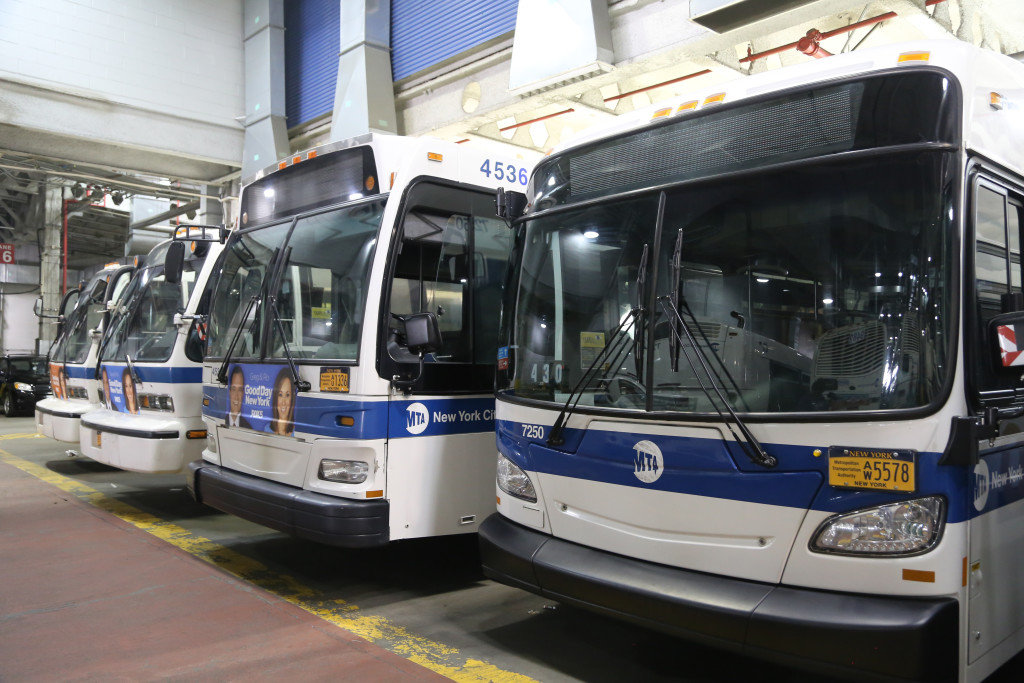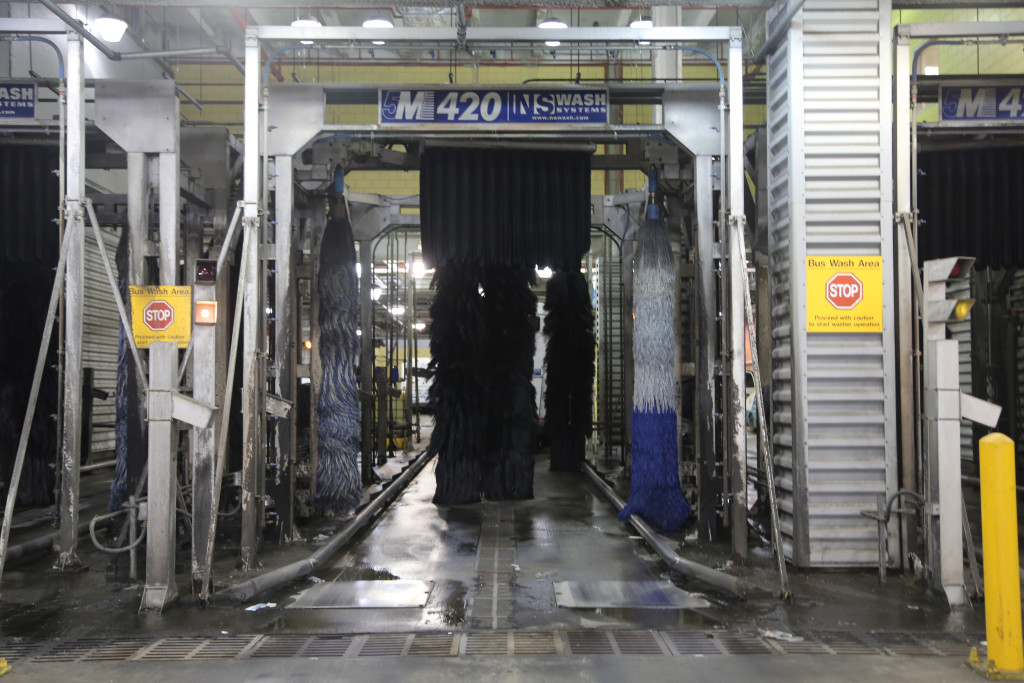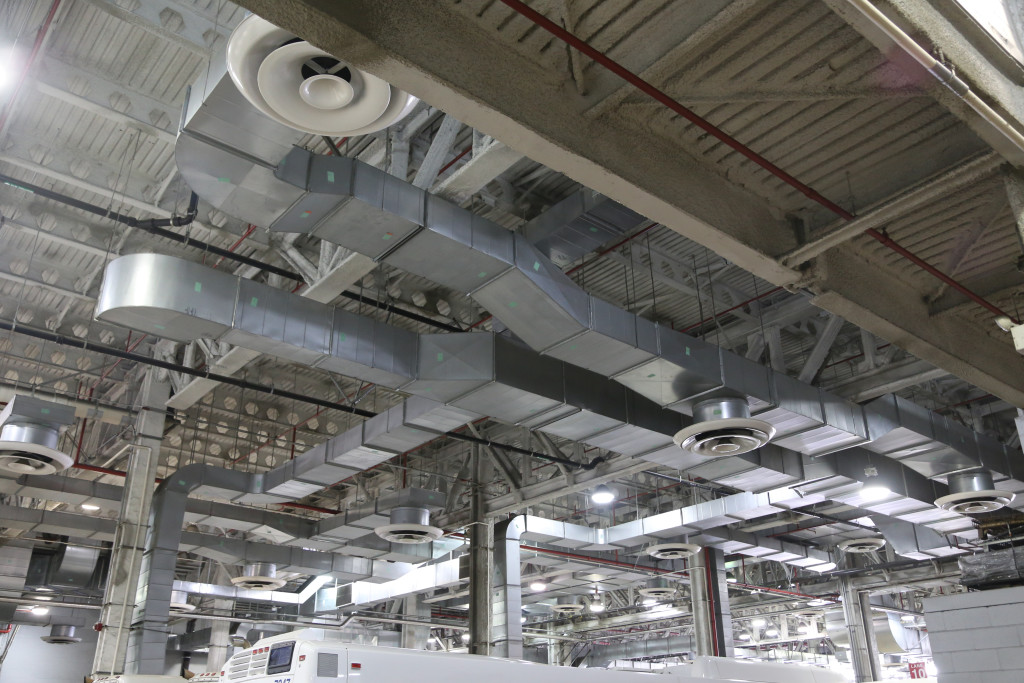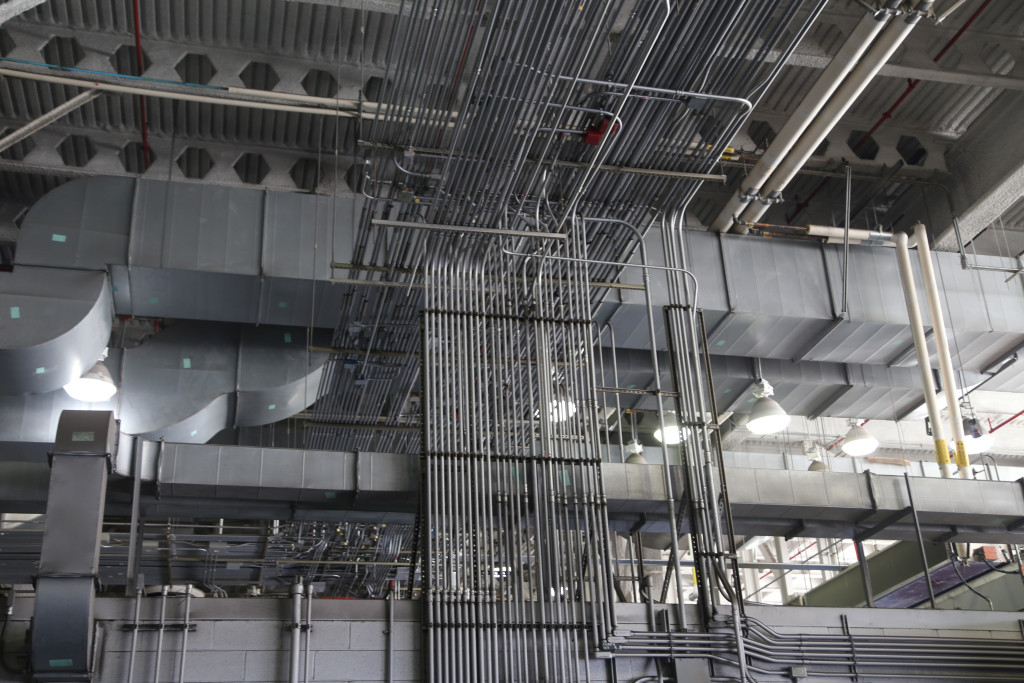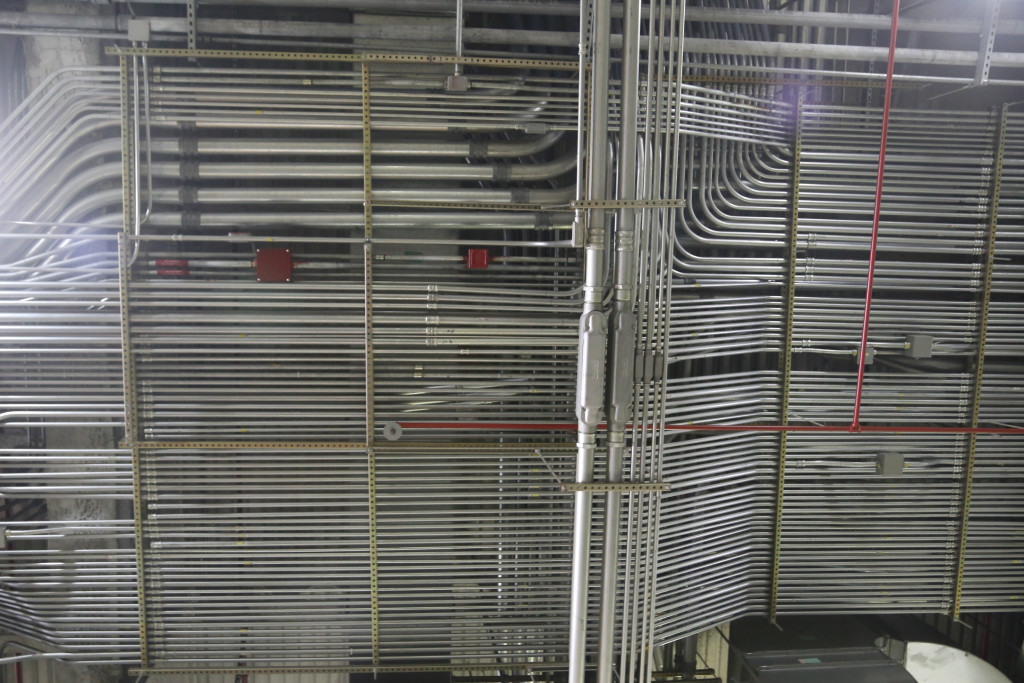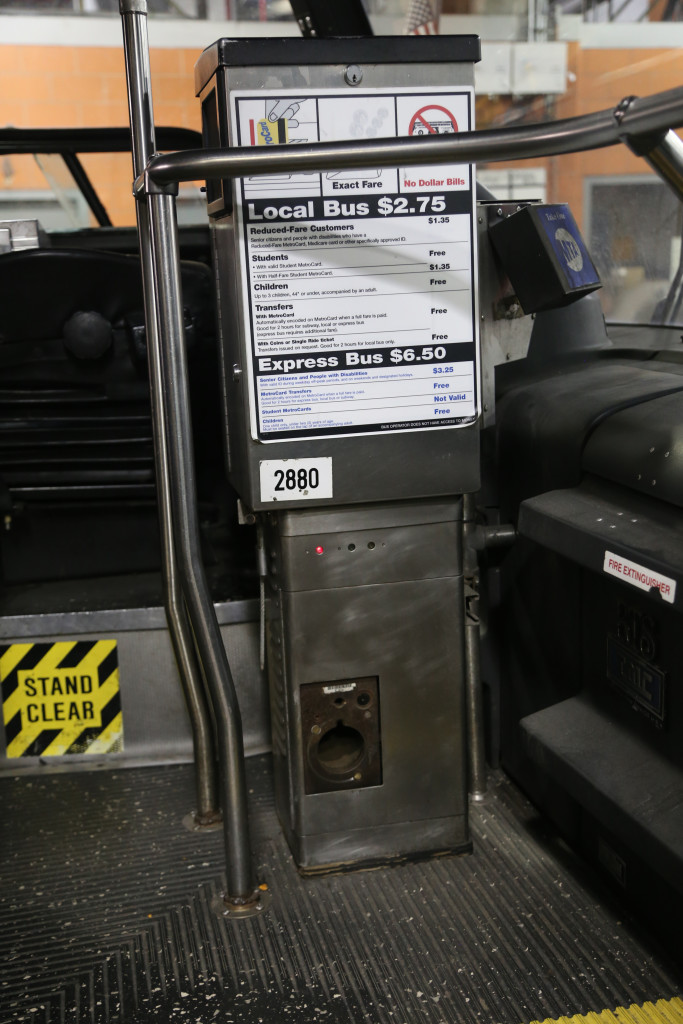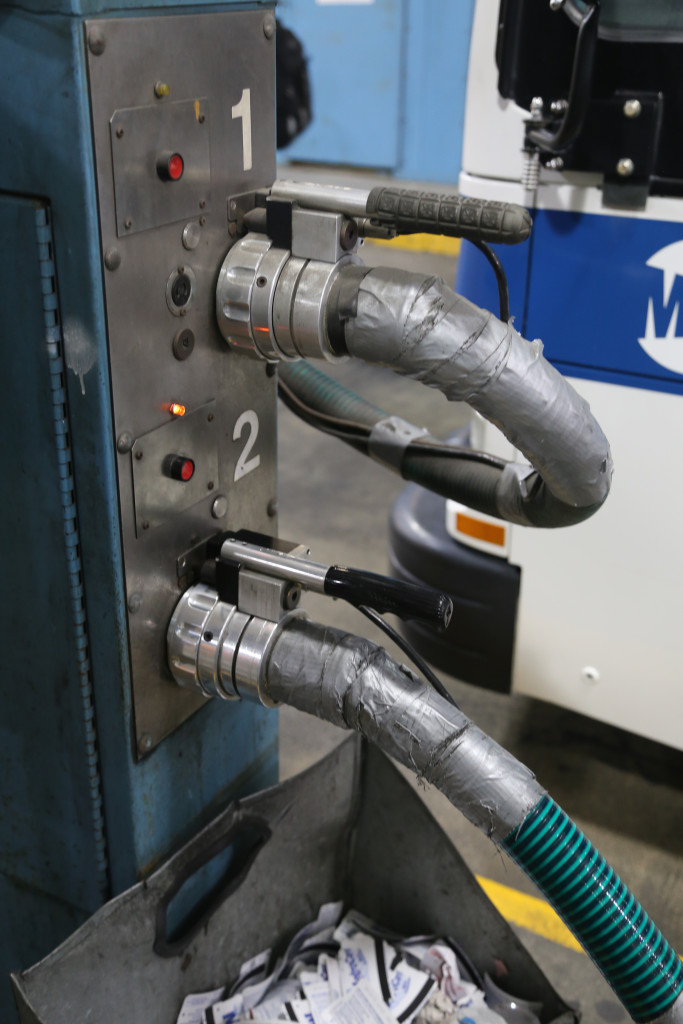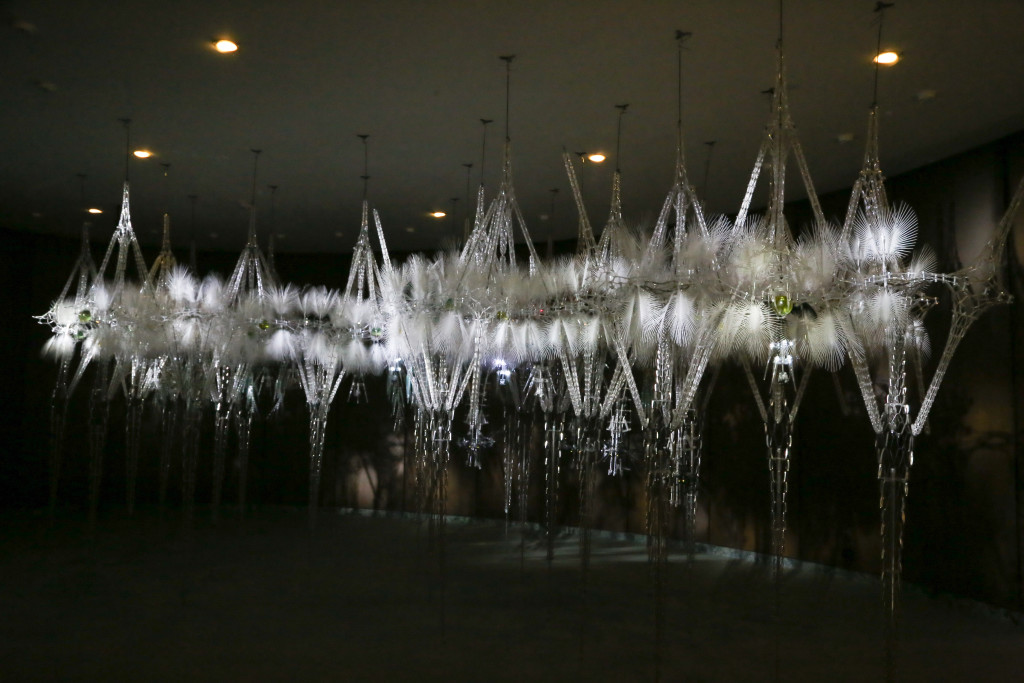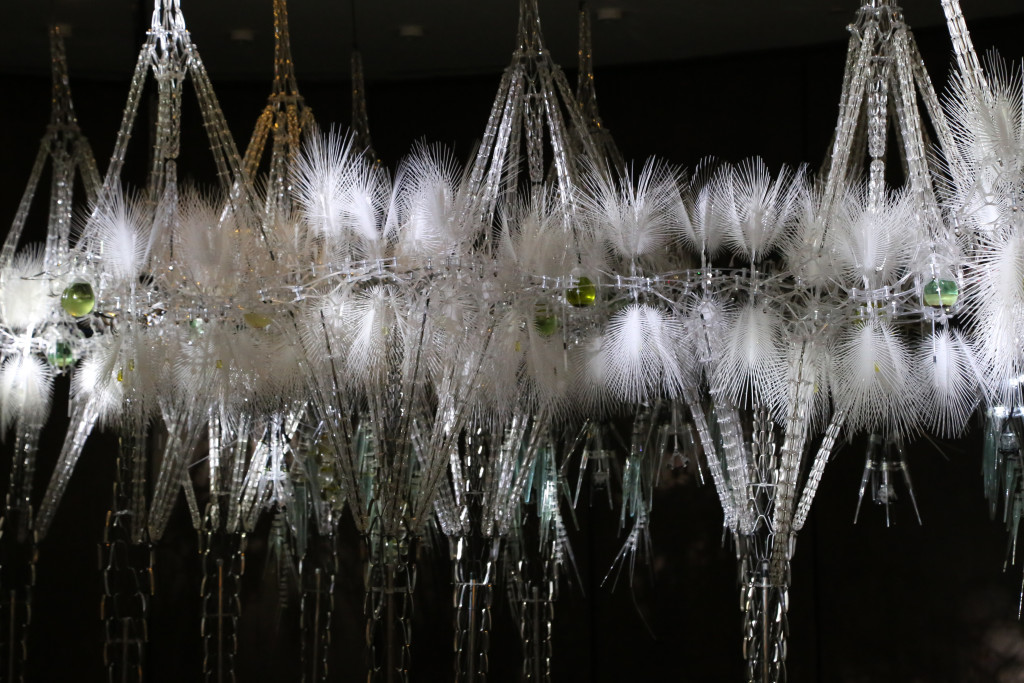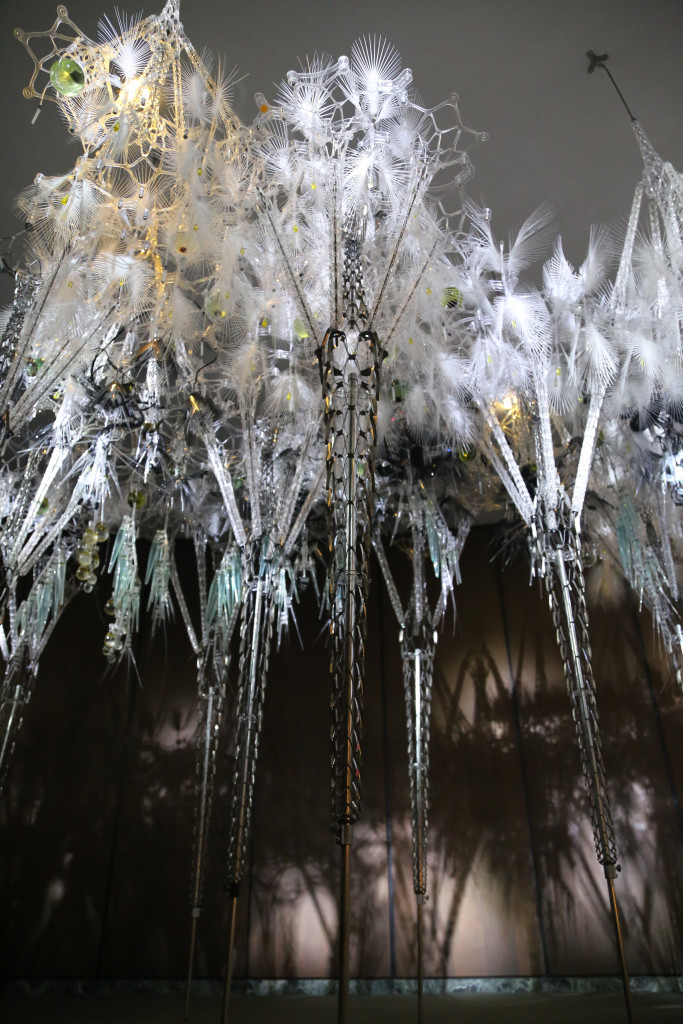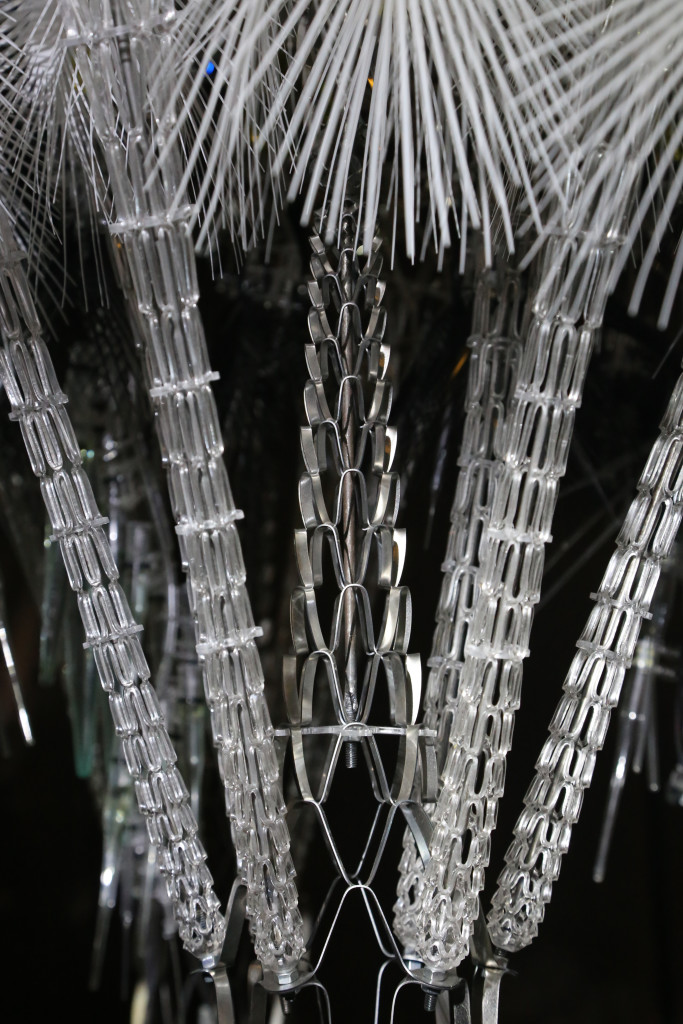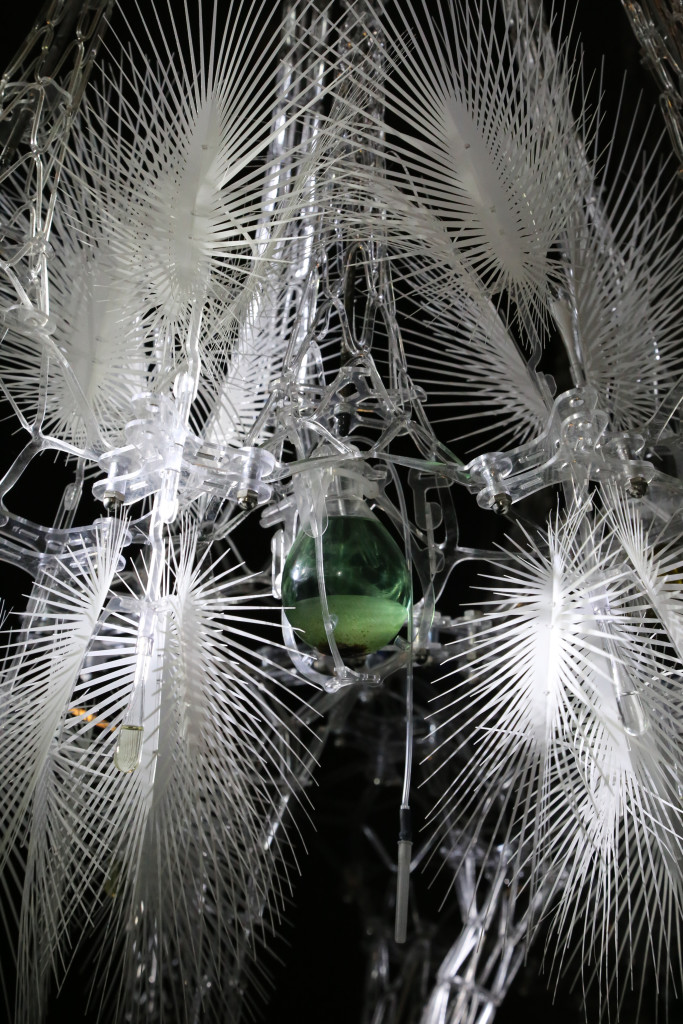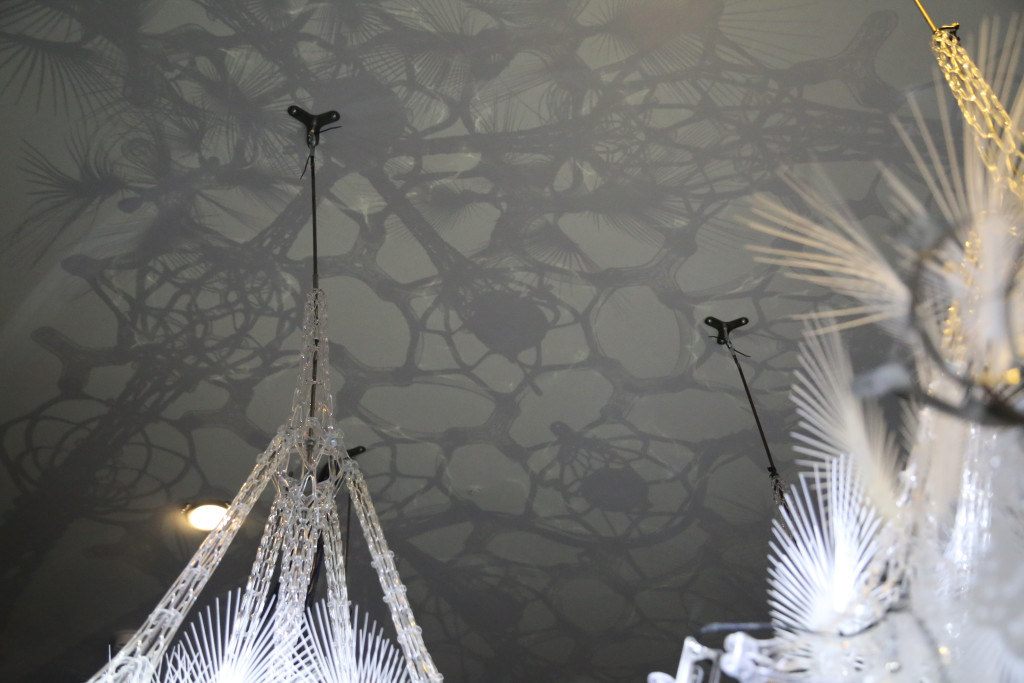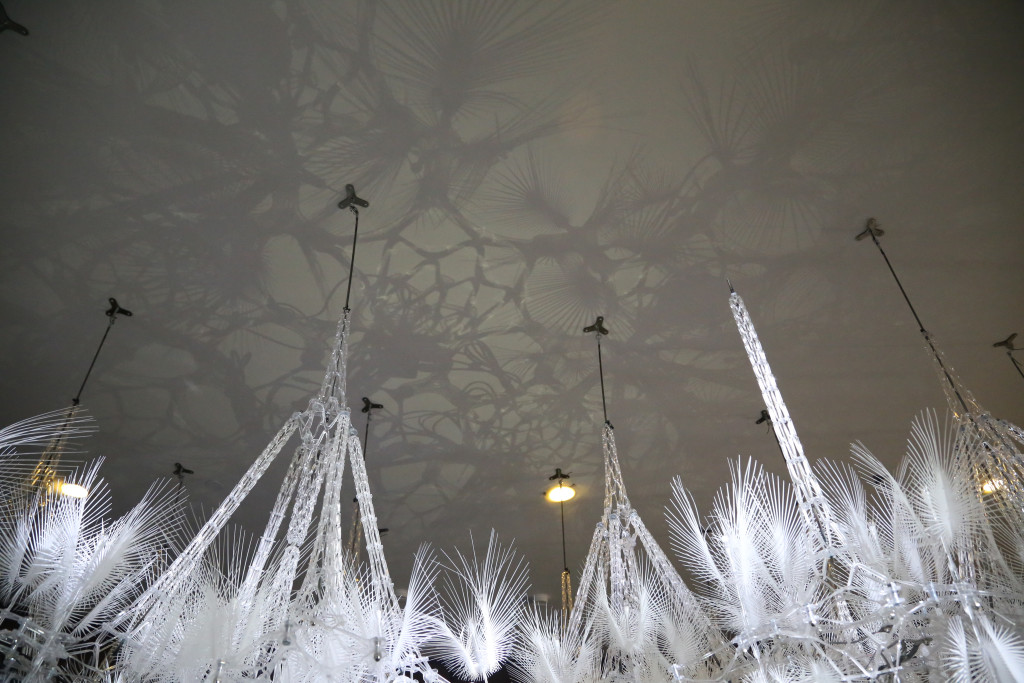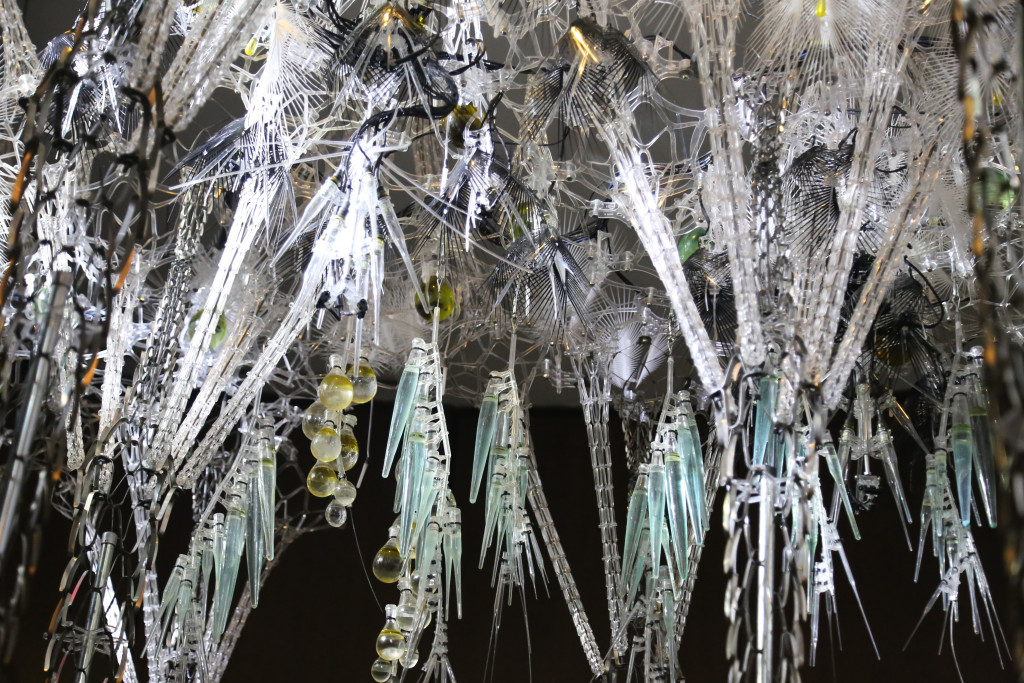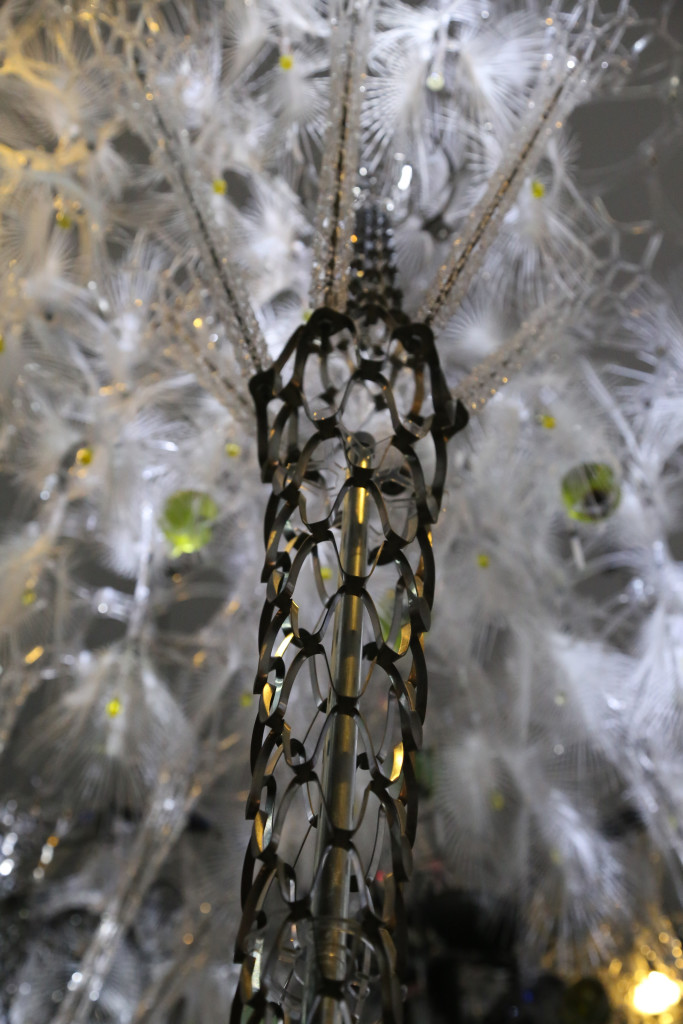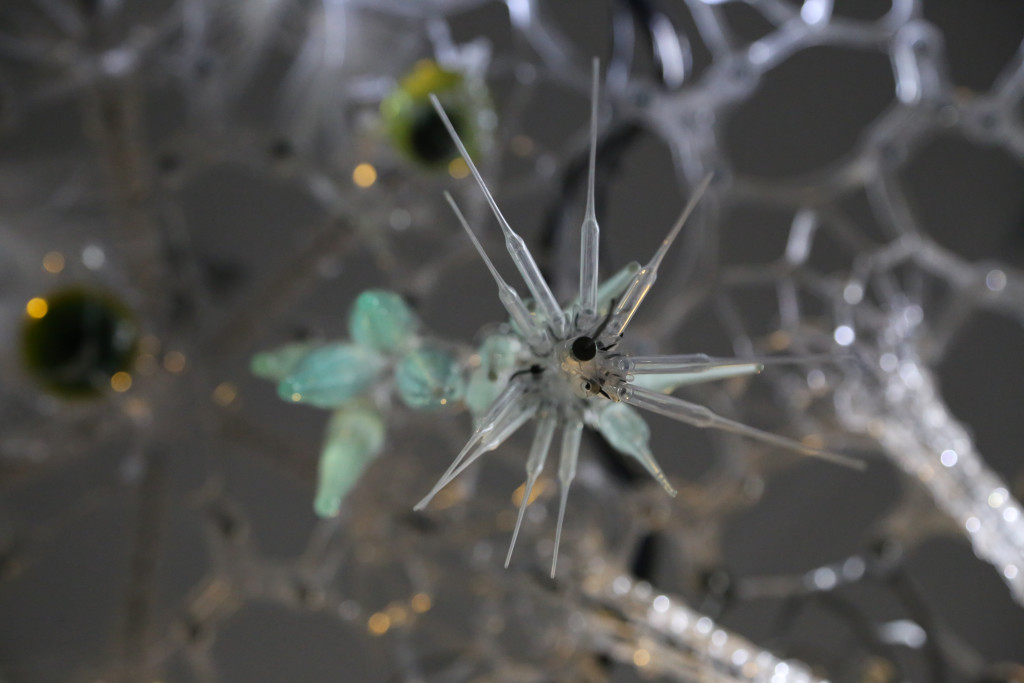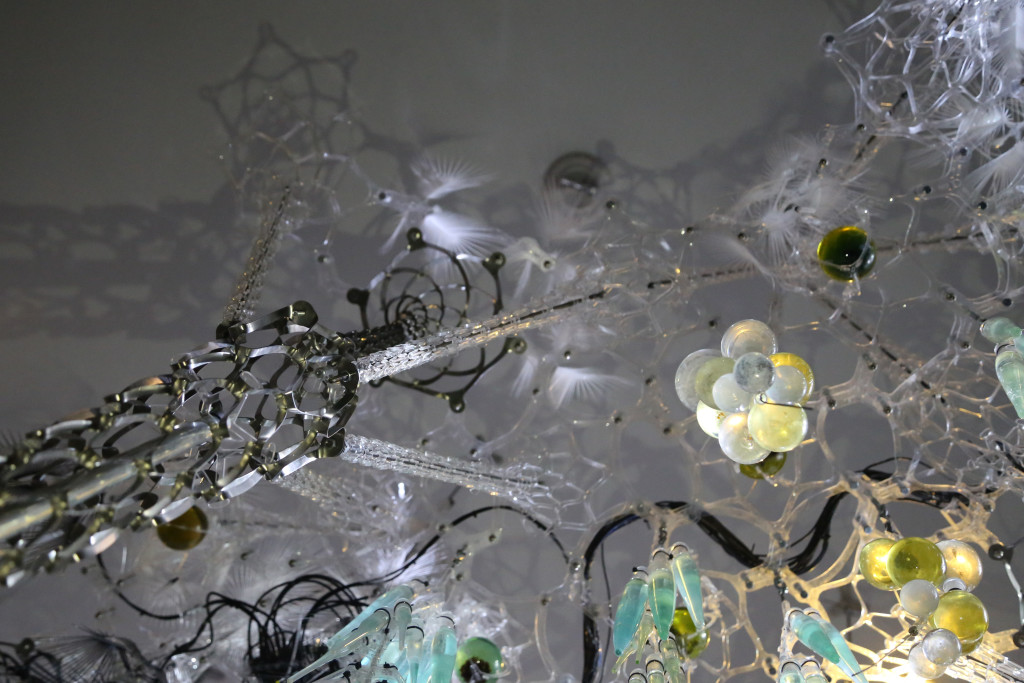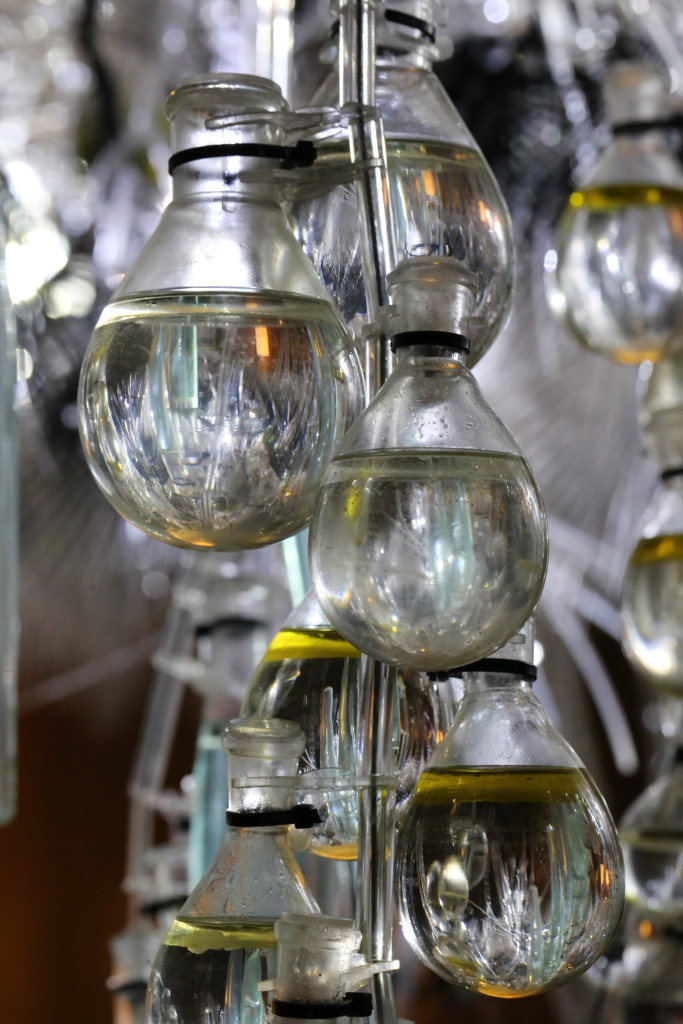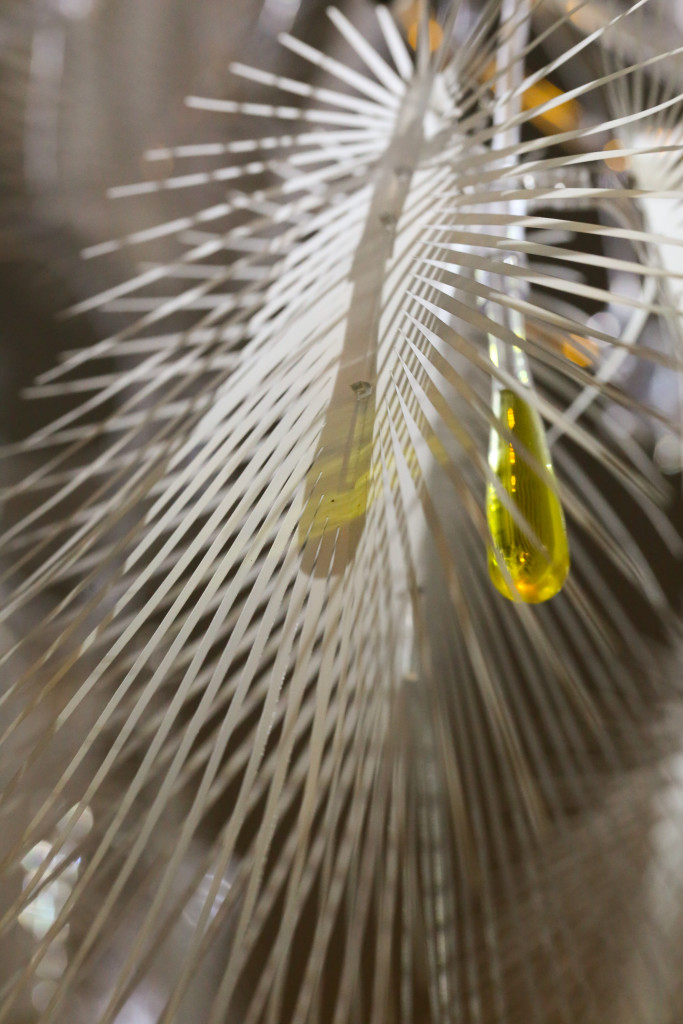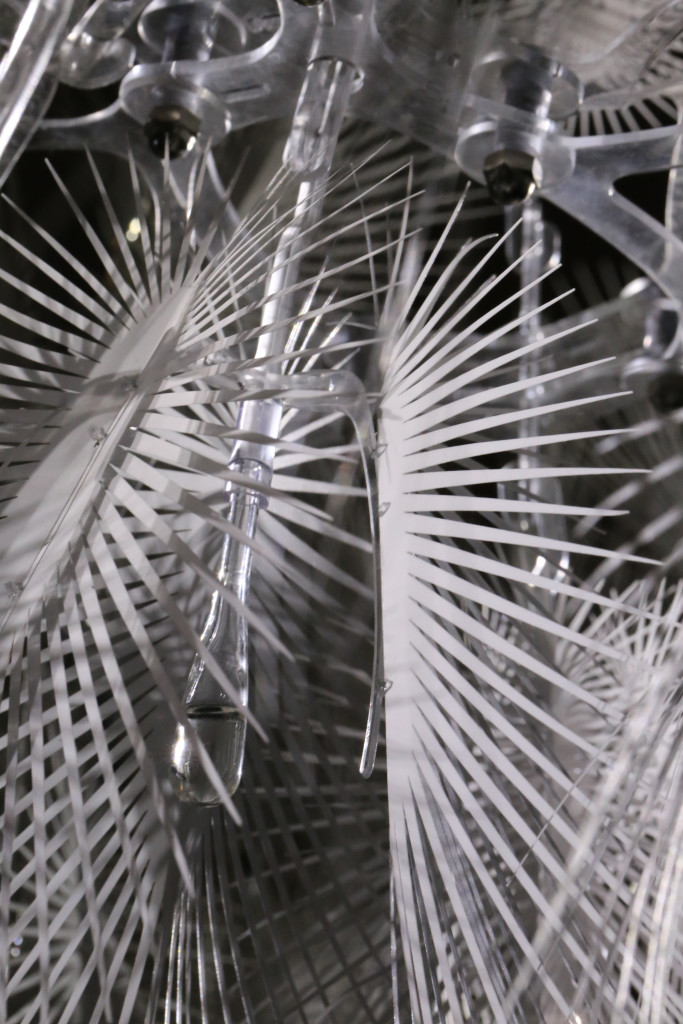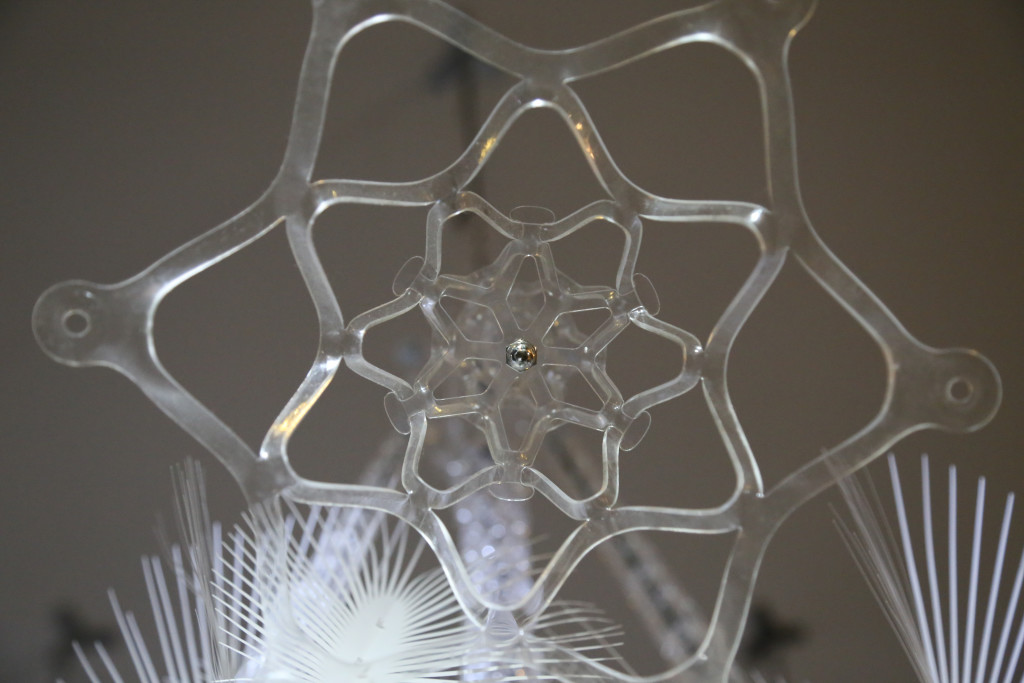I took a ride on the Durbin Rocket this afternoon. The Climax geared logging locomotive was built in 1910 and powers a vintage train, including an old postal car. The train is indeed a rocket, as it moves along at a whopping 8 miles per hour. At one point a butterfly passed us. The roundtrip route from Durbin, West Virginia, however is gorgeous as it follows the Greenbriar River in the Monongahela National Forest. The only problem is after seeing all the smoke the coal burning created, I feel the need to go plant an entire grove of trees.
Author Archives: geek
High Level Pumping Station
As part of Doors Open Toronto, I visited the High Level Pumping Station. It is the oldest building in Toronto’s water supply system. The oldest part of the building dates back to 1906 with other additions added later until the final one in 1953. The building houses a vertical triple expansion steam engine from 1909 with a huge crank and flywheel, not to mention a lovely set of huge wrenches hanging next to it. The building also houses a steam-geared centrifugal pump. However neither of those are used anymore but instead have been replaced with nine electric motor-driven pumps to fulfill the pumping station’s objection of conveying drinking water to that area of Toronto.
R.C. Harris Water Treatment Plant
As part of Doors Open Toronto, I toured the R.C. Harris Water Treatment Plant, which is not only the most beautiful water treatment plants I have ever visited, it is one of the beautiful buildings I have ever visited period. Colored stone and brass are everywhere. It was built in Arts Deco style, and in my opinion as an engineer, lays tribute to the importance of what the plant does, providing clean water to Toronto. It has two galleries with huge windows to allow viewing of the filtration chambers. In front of these windows are gorgeous stone tables with simple bronze control levers. The plant itself sits on hill overlooking Lake Ontario, where it gets its supply of water to clean.
Portlands Energy Centre
As part of Doors Open Toronto, I toured the Portlands Energy Centre. They produce electricity by two processes. First, they combust the natural gas, which turns gas turbines. Second they capture the heat from the combustion and use it produce steam, which then turn steam turbines. The gas turbines and steam turbine produce the actual electricity. They use Lake Ontario water as cooling water, but here is what I find interesting. They need ultra pure water to use in the equipment for cooling, so they have a multi step process to clean the water, including filtration, disinfection, reverse osmosis, and ion exchange. When that cooling water is later released to Lake Ontario, after being properly cooled, it is actually cleaner then when they pumped it into the plant. I followed the maze of pipes wondering how they ever find the right one when they need to do maintenance, and I desperately a process flow diagram, so I could follow everything along. When standing in the room with several pumps for the cooling water, the room was actually vibrating from the pump motion. Then of course, I started to wonder about the structural engineering and the amount of motion the structure has to be able to bear. Things an engineer thinks about, even when on vacation.
I took lots of photos because I find a beauty in the maze of pipes. It’s probably the chemical engineer in me. Some were labeled, so were not. Almost all were silver. This must make for a fun time when you need to pipe a specific pipe. However, there is a simple elegance, and please excuse me, but beauty in the pipes going everywhere, one next to another and a top another, in an orderly fashion. It is a maze but a logical maze. No mess. Just order.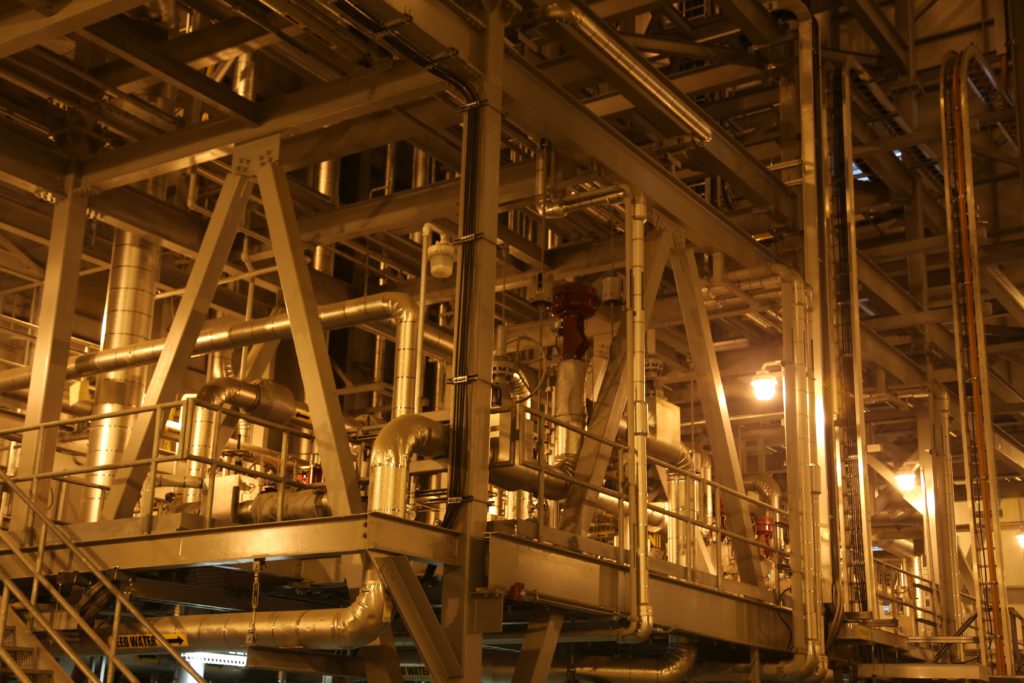
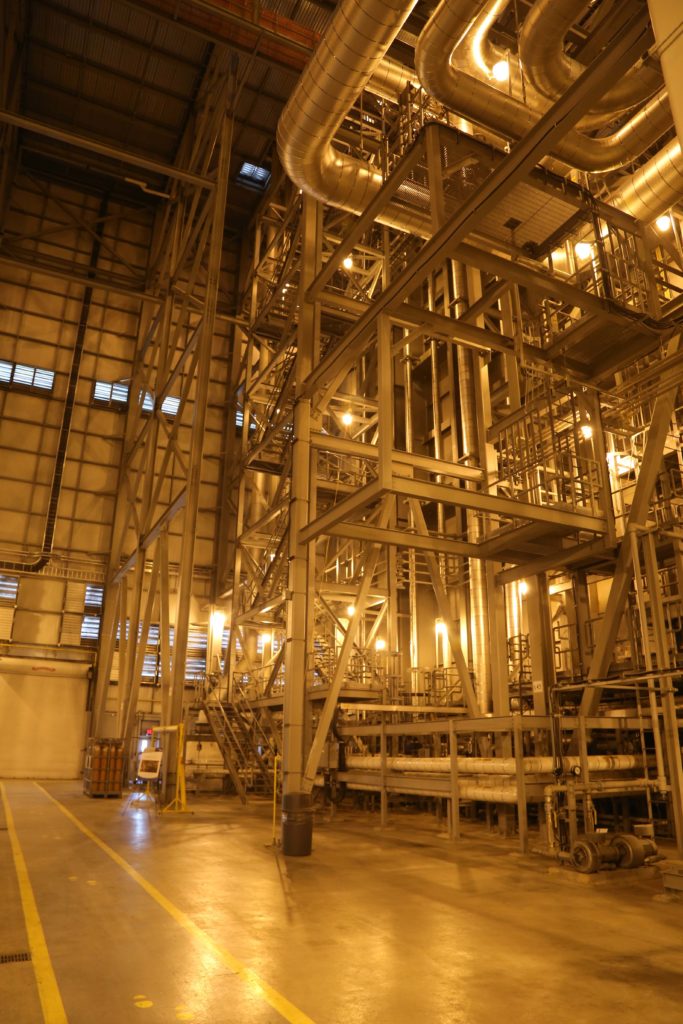
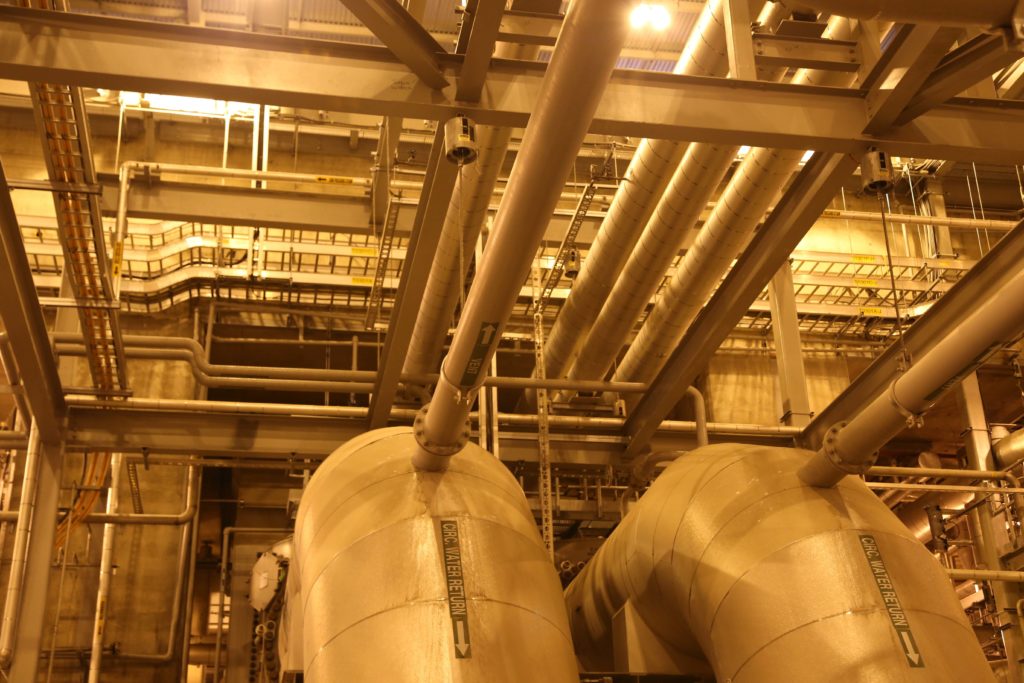
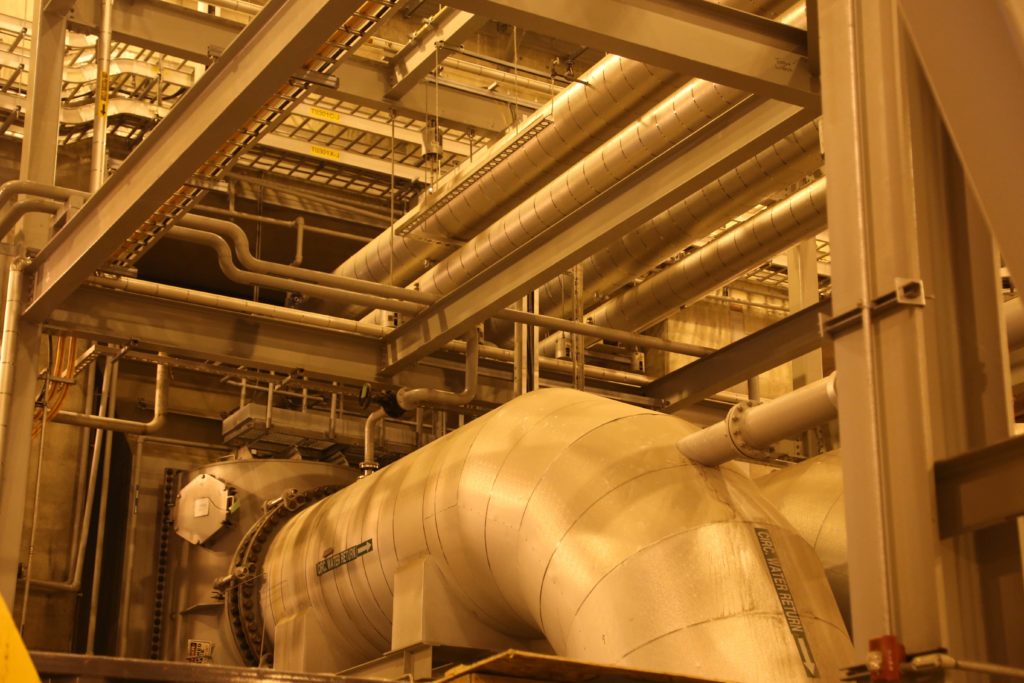
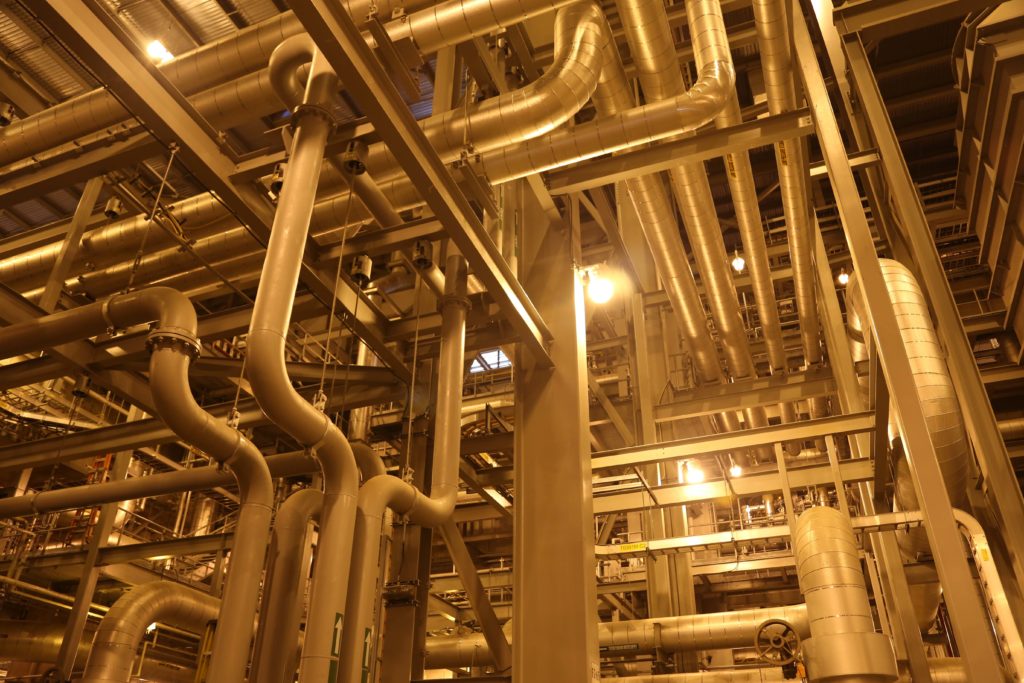
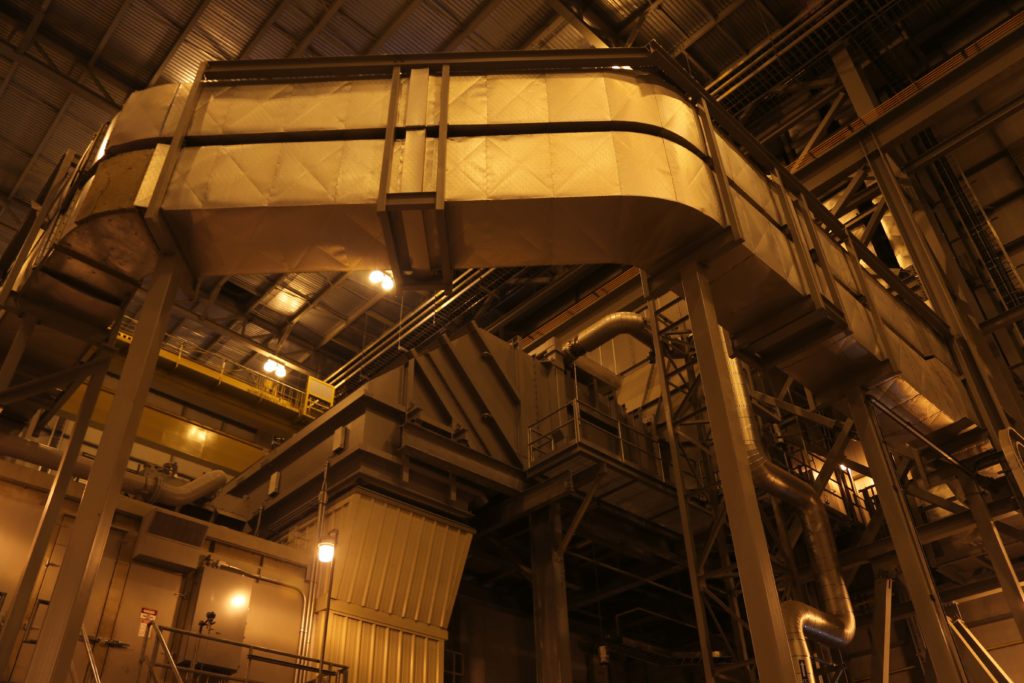
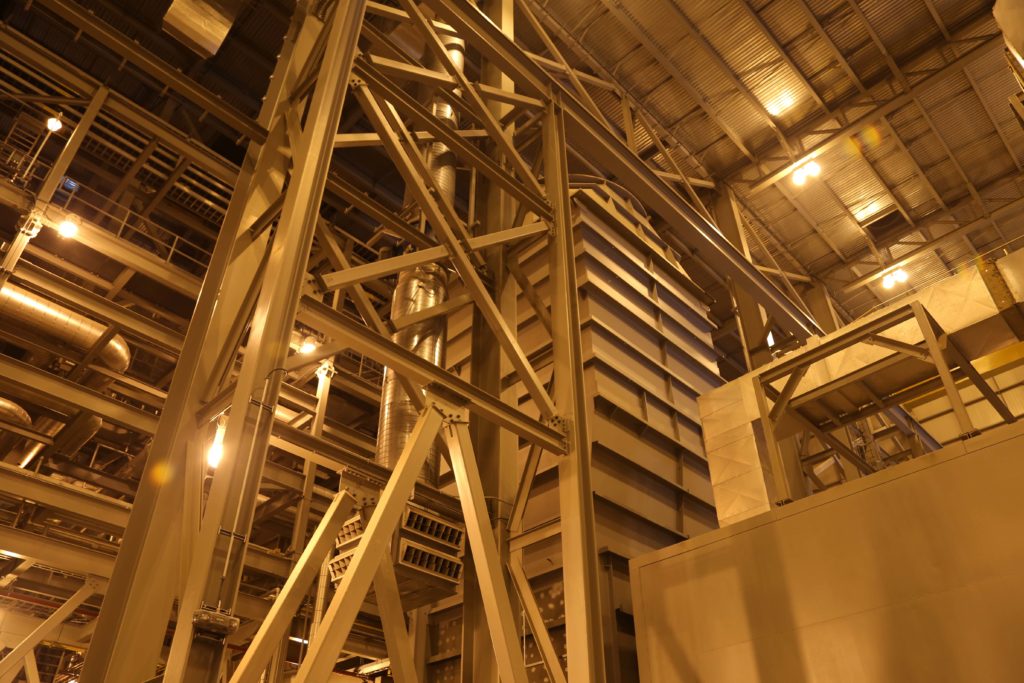

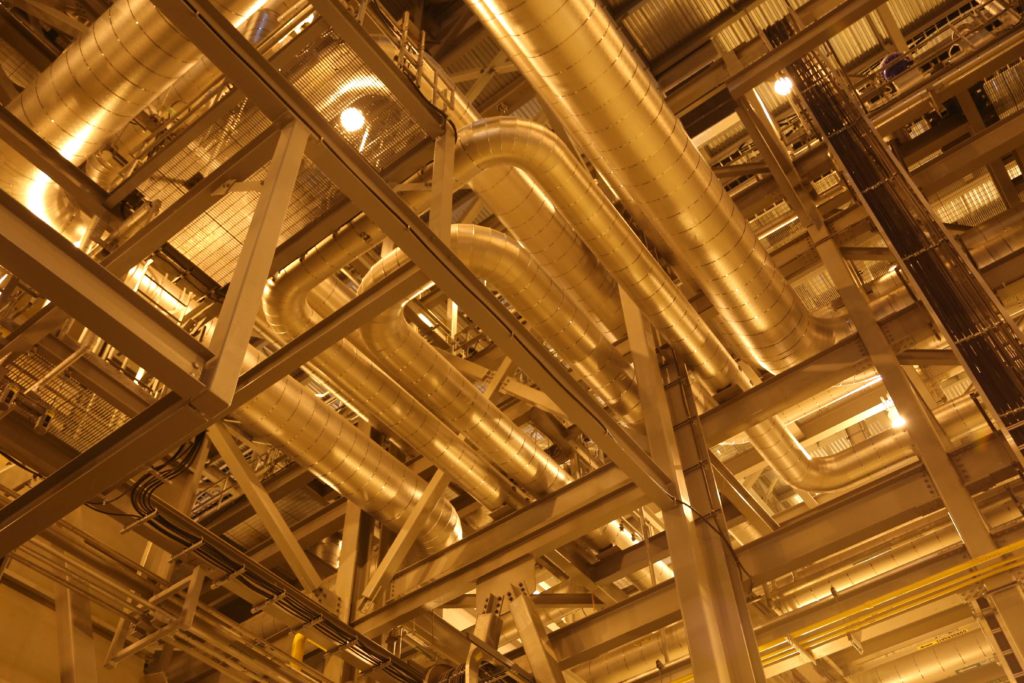
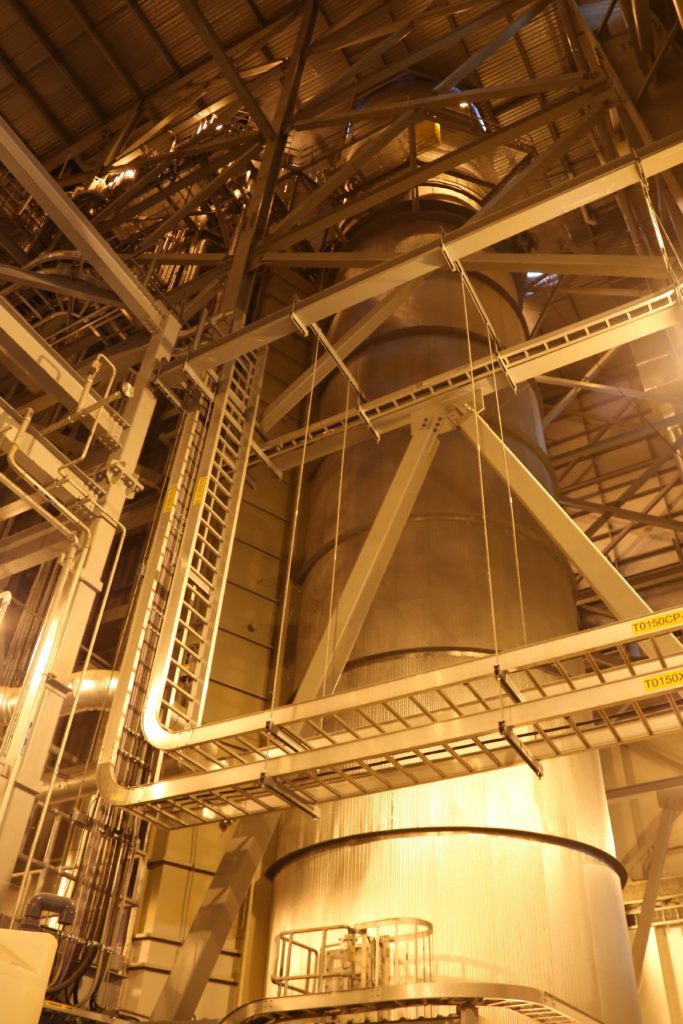
Billy Bishop Airport
Billy Bishop Airport opened up its behind the scenes areas for Doors Open Toronto. The airport is located on a little island just off of downtown. By just off of, I mean late last year they opened a pedestrian tunnel connecting it to the mainland, so you can literally walk to the island. They pulled out a lot of the equipment they use for maintenance including snow removal and also for emergencies including fire fighting. They have so really cool equipment. One thing I found really interesting was that they don’t use a snow plow on the runways; they use a snow brush. The snow brush is better because of the short length of the runways. They use plows for taxi areas and places where cars go. The brushes also are used during the summer to remove rubber build up from the runways. Planes braking as they land leave rubber marks, and when enough builds up, it lowers the traction, so the rubber has to be removed. They spray a chemical to the runway, then come through with the brush to break up the rubber.
TTC Leslie Barns
As a part of Doors Open Toronto, I got to tour Toronto Transit Commission’s (TTC) Leslie Barns. Leslie Barns is a streetcar maintenance and storage facility, and it is brand new. It is not completely finished, but it is already being used. I had to ask several employees about this because I find it difficult to believe that it is being used at all. It is without a doubt the cleanest, neatest, prettiest maintenance facility I have ever been in. If you look at my blog at all, you will see I have seen a few. I love touring them. This place is ridiculously clean and organized. The pipes are not only labeled, but they are also color-coded. It makes my chemical engineering heart go pitter patter. The facility was built for the new street cars that Toronto is purchasing, which are very sleek looking. The place has a paint booth, maintenance areas, and car wash for street cars. Outside is a storage area for the street cars, and in the middle of it is a stormwater retention pond.
Re-Ball
Dupont Underground is an abandoned trolley station underneath Dupont Circle that recently had a design competition to reuse a whole lot of plastic balls from National Building Museum’s The Beach. The winning entry was Raise/Raze, which formed the balls into 3 x 3 cubes that were used to build columns and walls in a portion of Dupont Underground. The structures built by the balls were rather interesting, especially when considering they were built with spheres. I also rather liked the way the cube blocks mimicked the tiles on the outer wall of the underground. 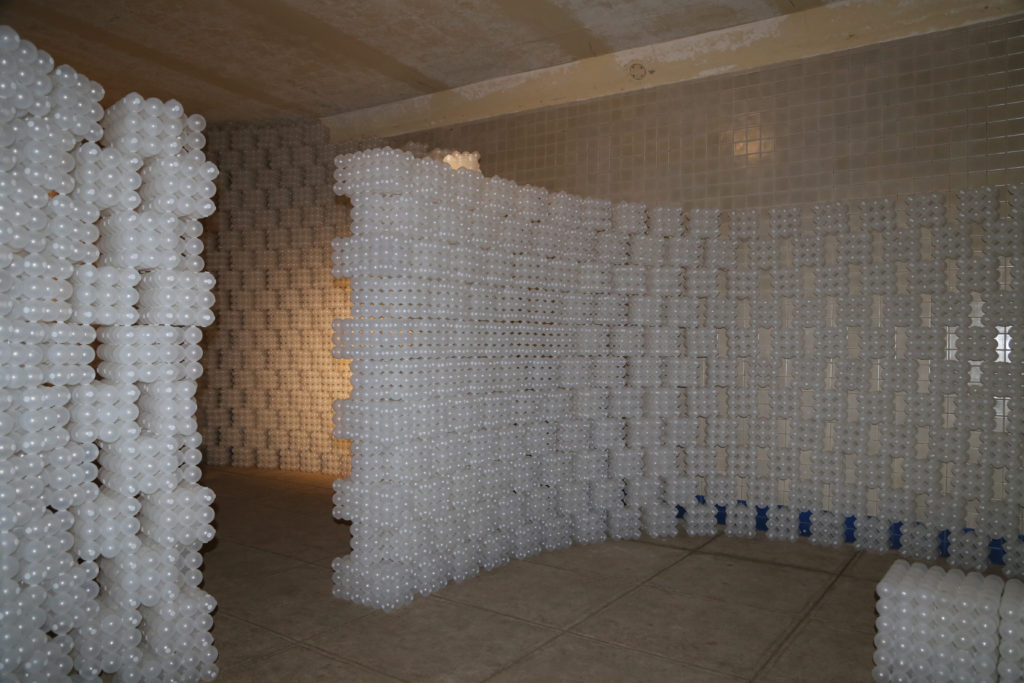
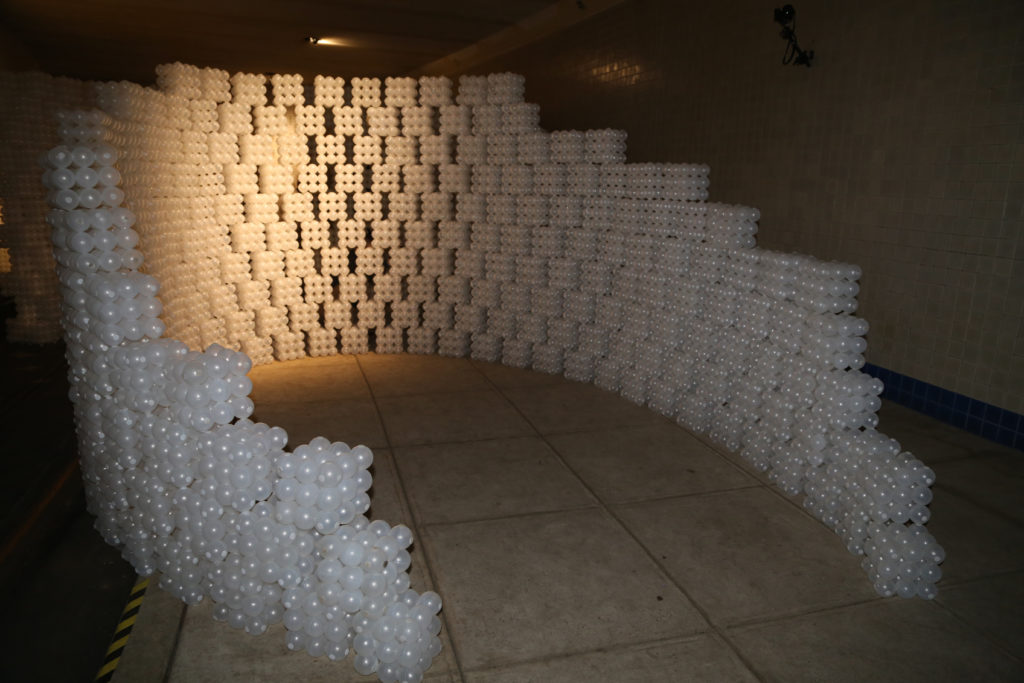
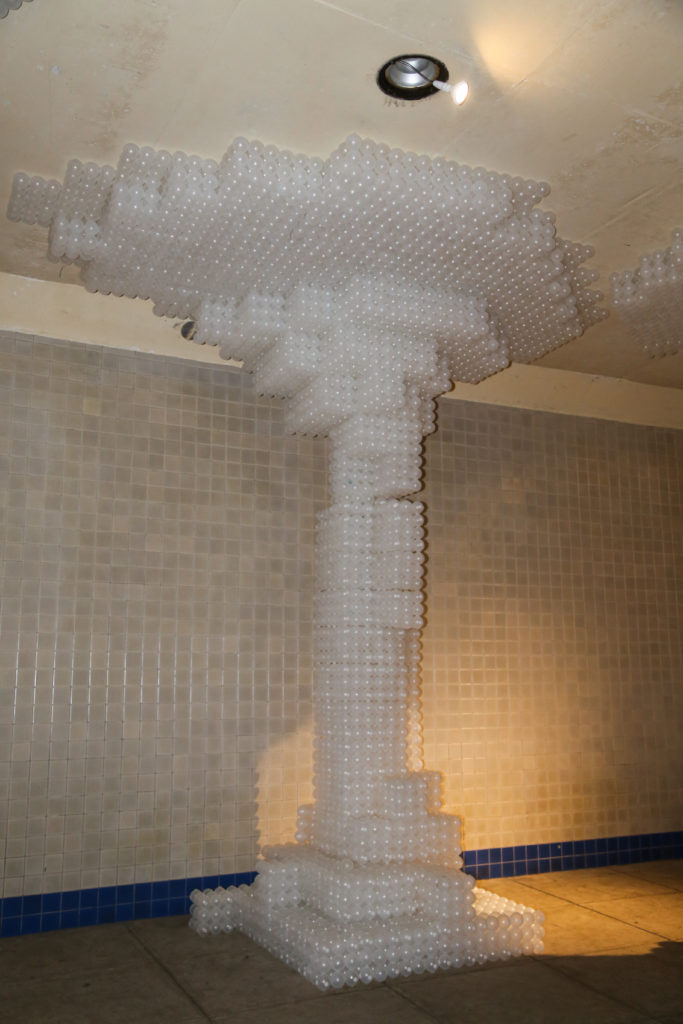
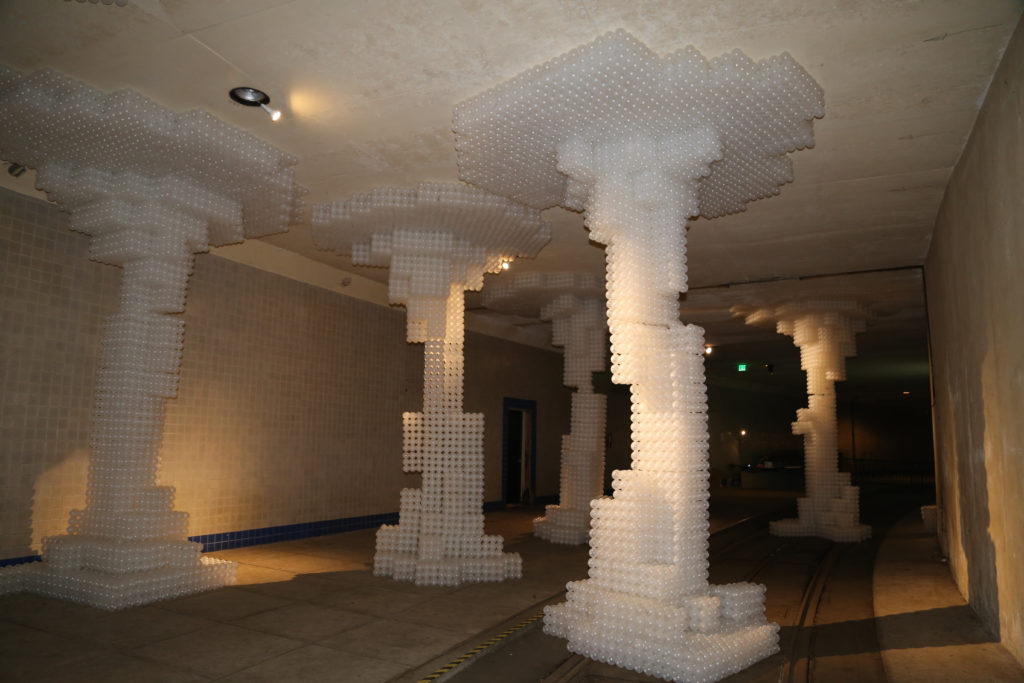
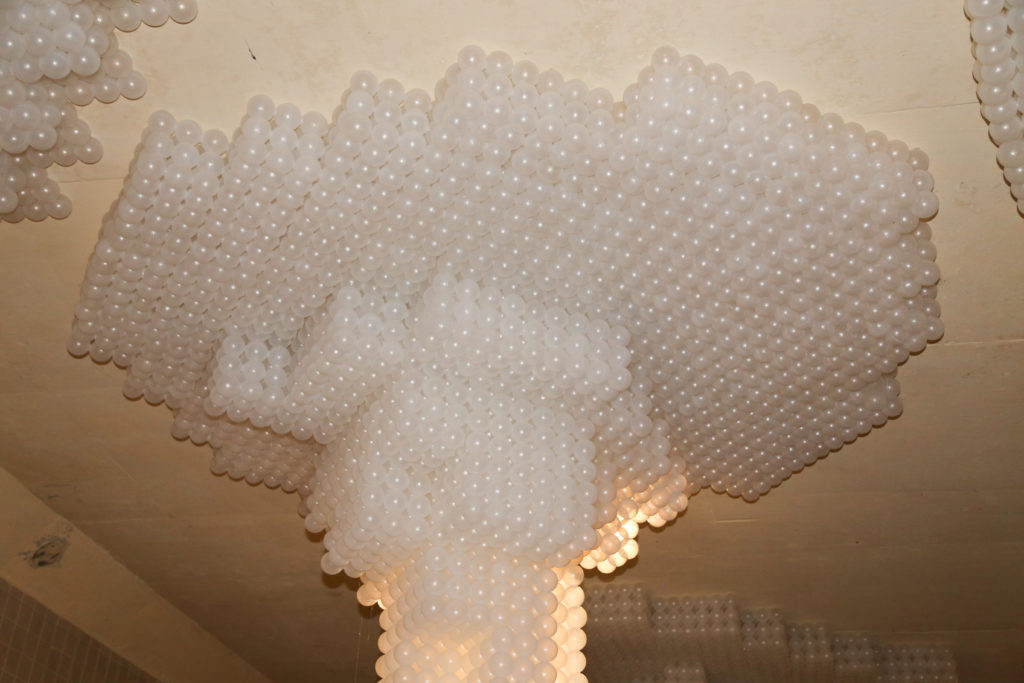
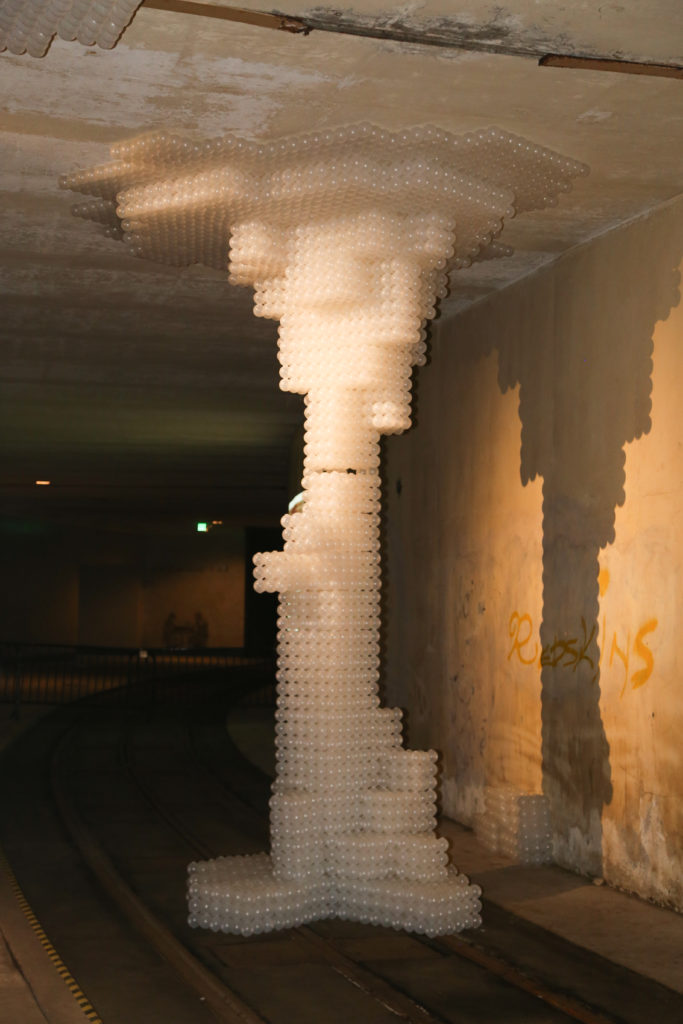
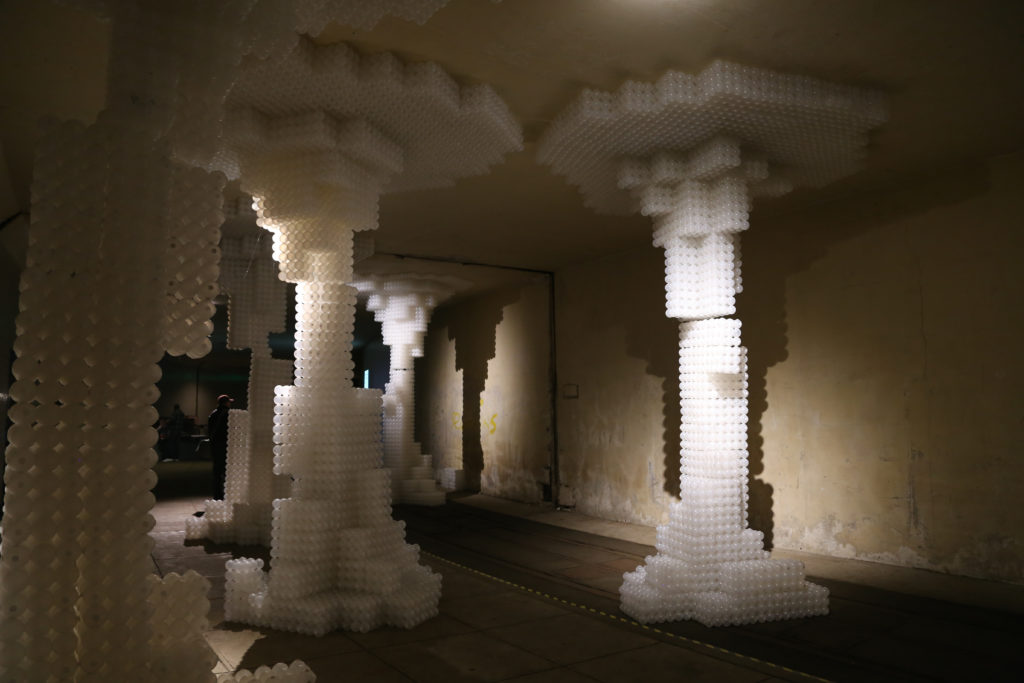
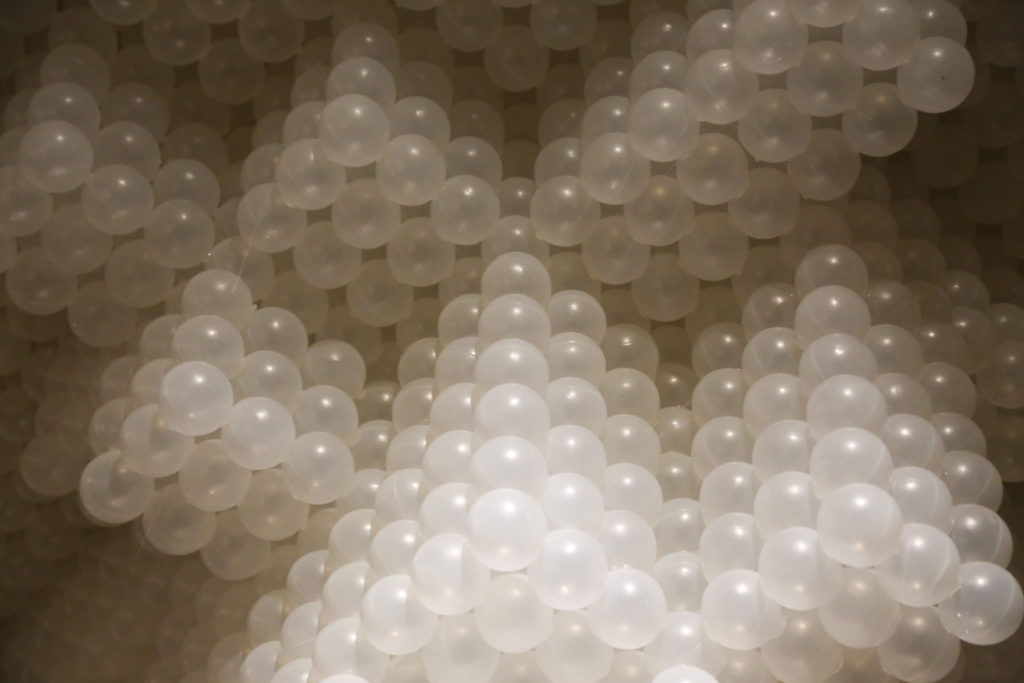
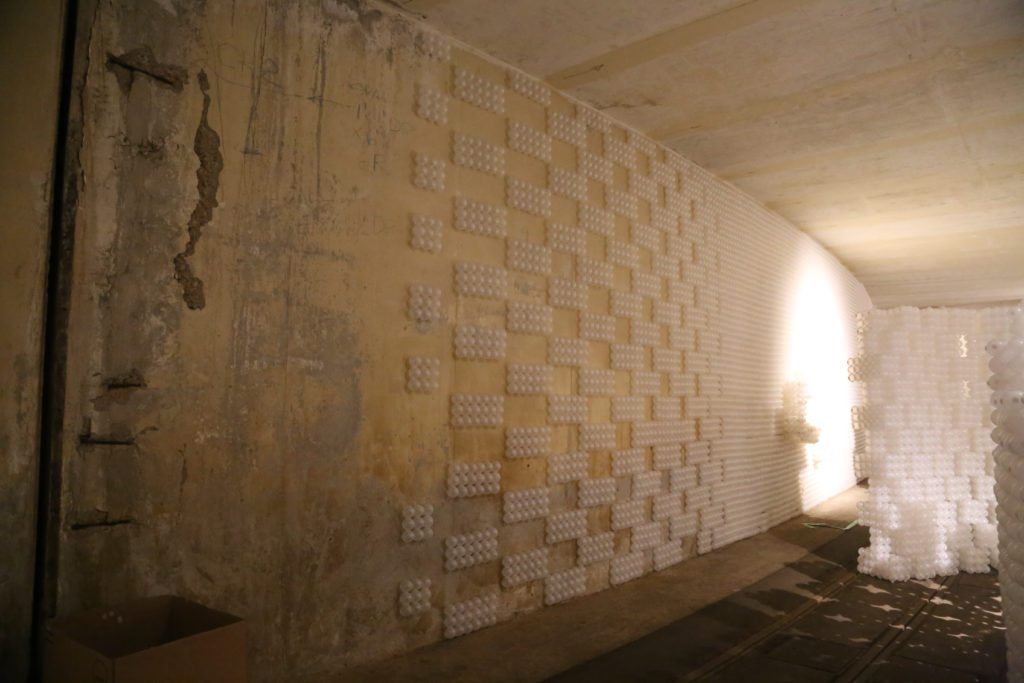
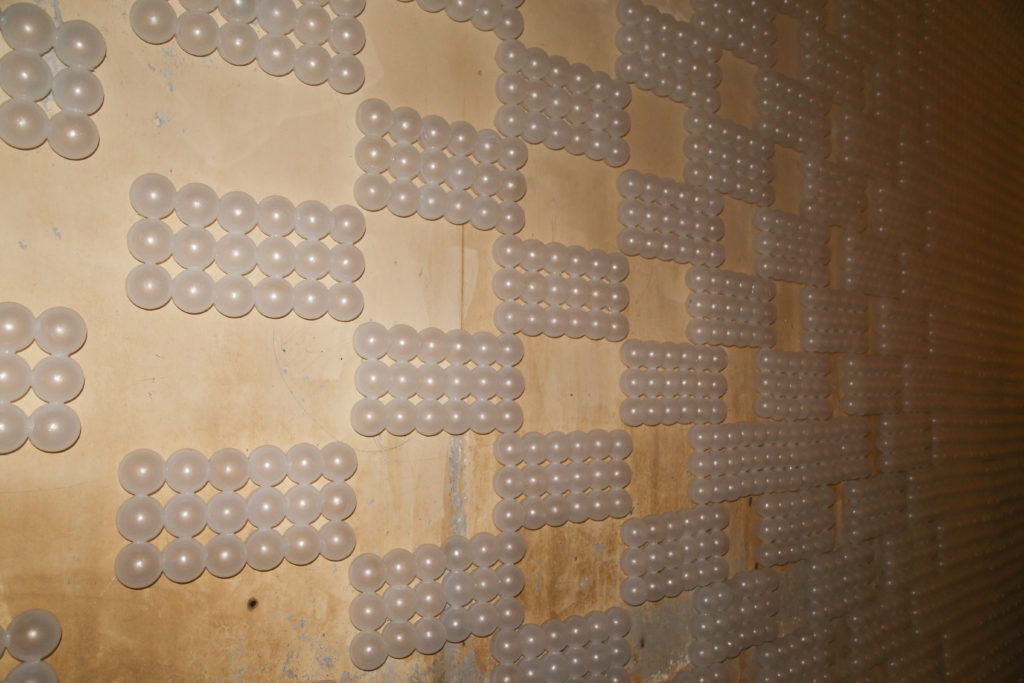
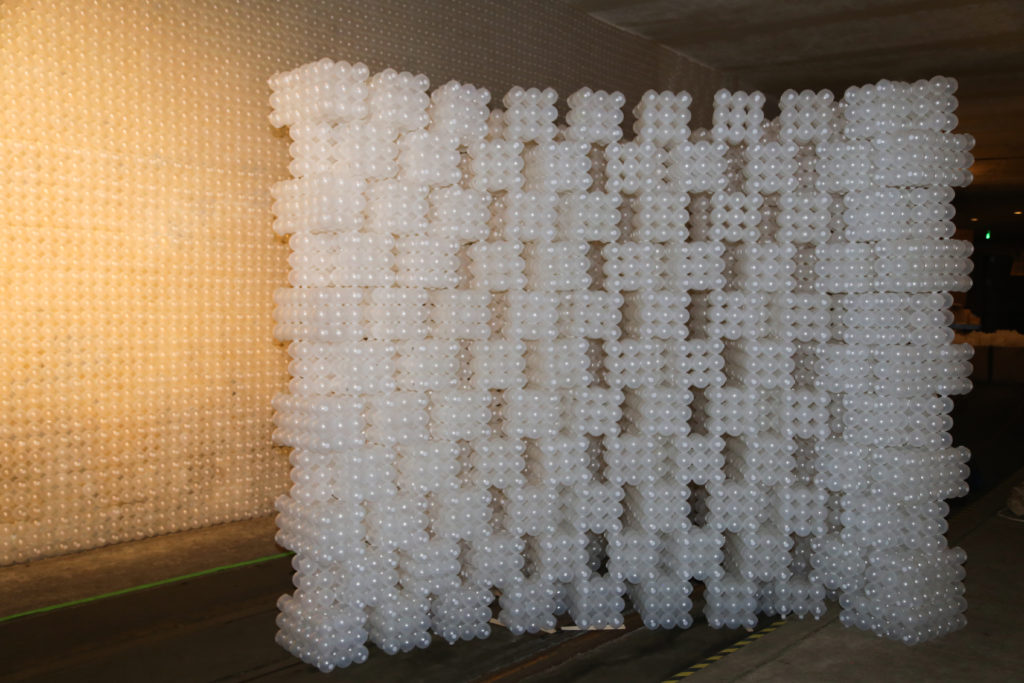
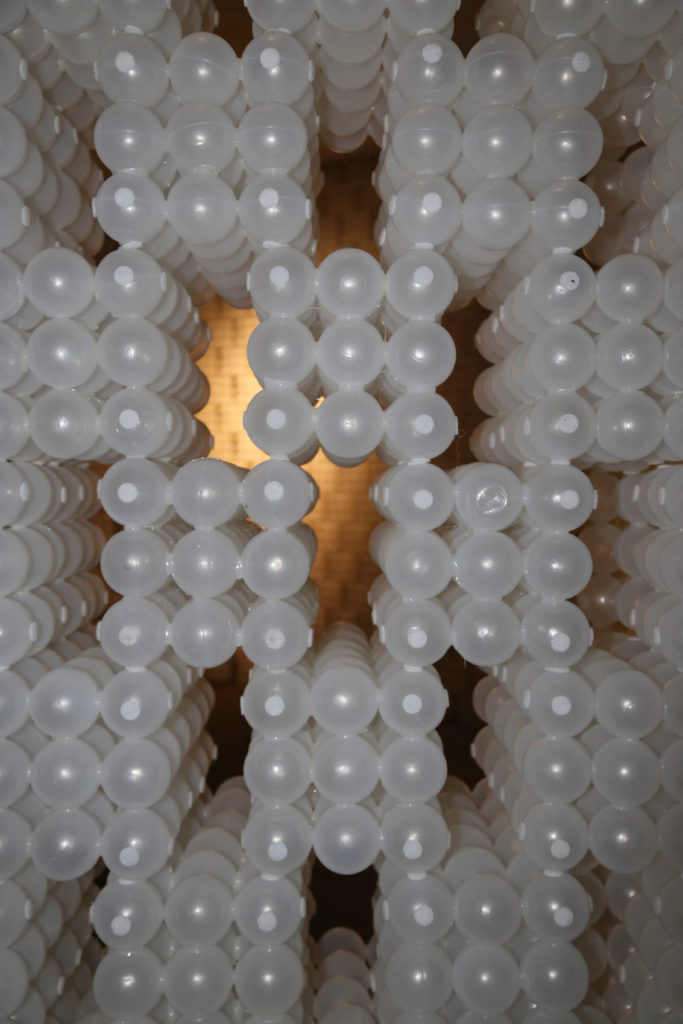
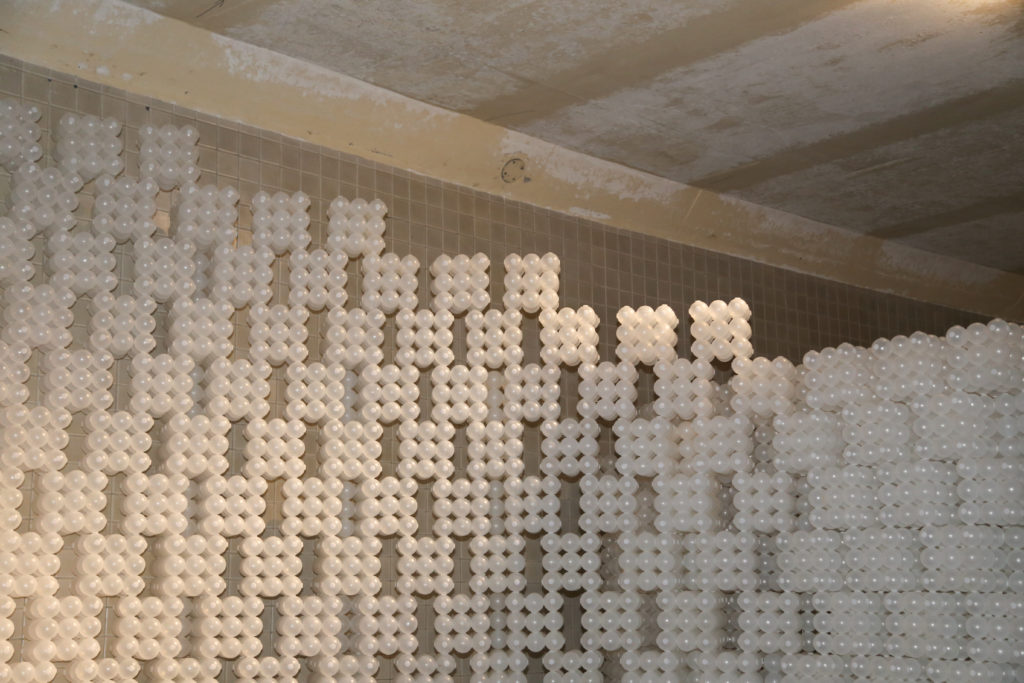
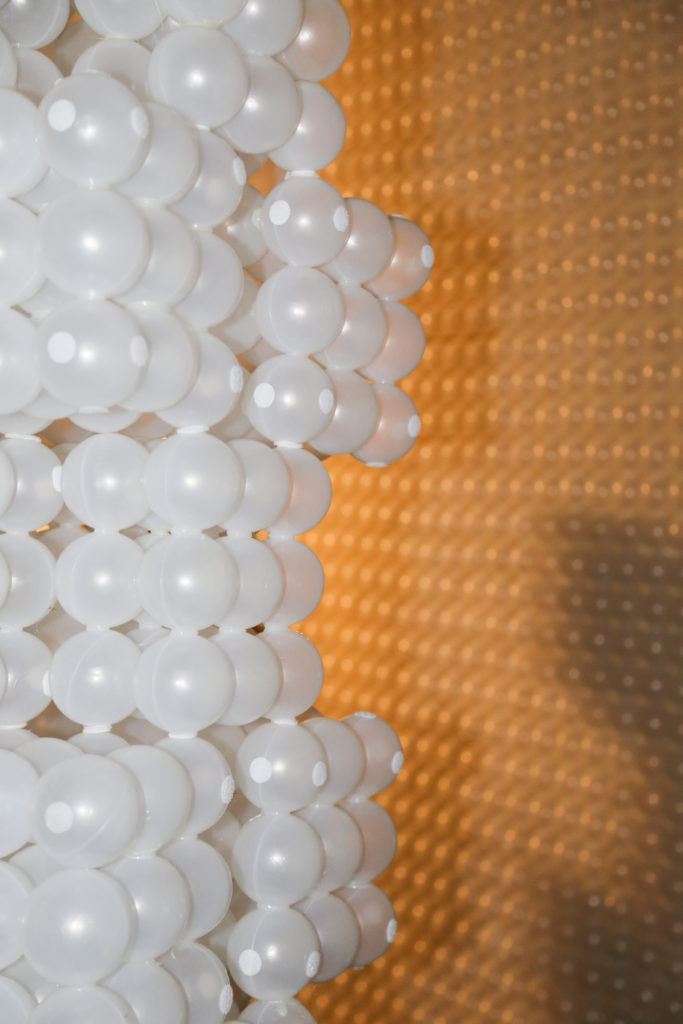
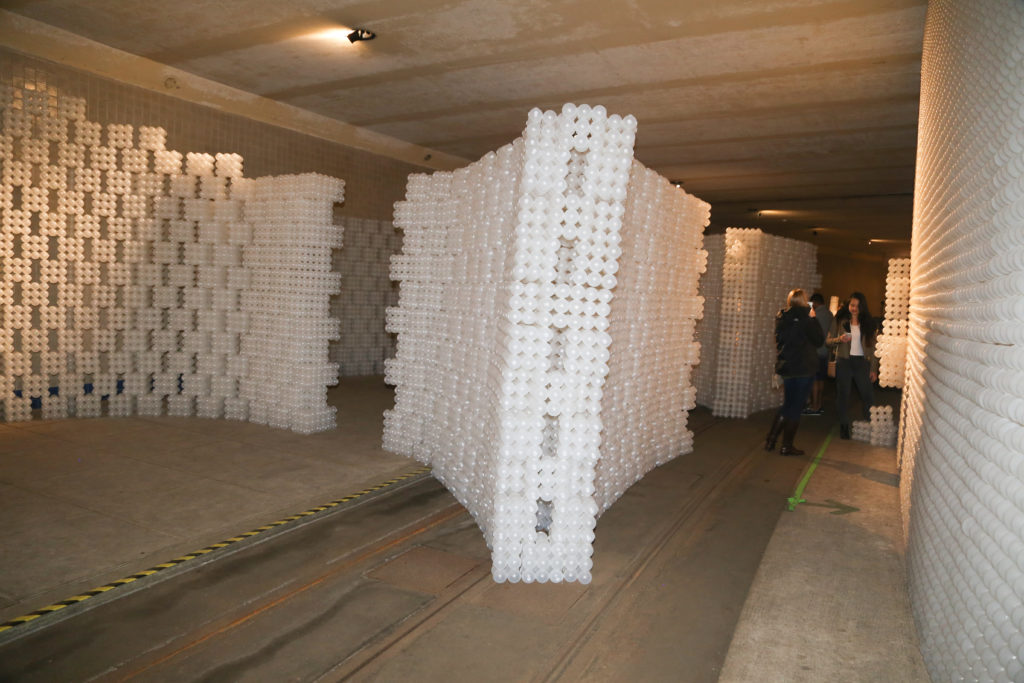
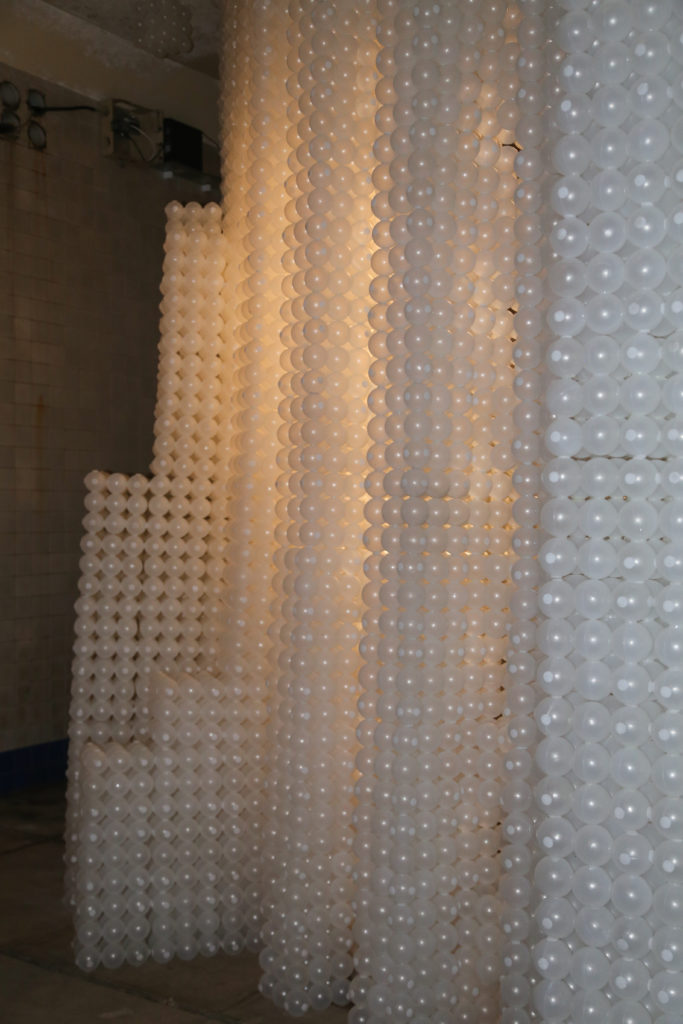
Grand Avenue Central Maintenance Facility
On the level above the Grand Avenue Bus Depot is the Grand Avenue Central Maintenance Facility, which can do repairs, overhauls, and painting of buses. It can also handle compressed natural gas (CNG) buses, which are not allowed in the bus depot below for safety reasons. The facility has storage of parts galore, two huge paint booths, and numerous bays for repairing buses. Also, at the time I was there, it had a vintage bus in for repair, which was really cool to see. There were also all these cool looking parts for the buses, none of which I could identify.
Grand Avenue Bus Depot
I toured the New York MTA’s Grand Avenue Bus Depot with the New York Transit Museum. The depot is relatively new, which is evident when you are inside. I don’t know much about bus depot design, but I was astounded by the amount of ventilation in the building. Considering the number of vehicles going and in and out every day, the ventilation is needed, but still I was surprised by the amount of it. The bus depot occupies the first level of this huge building, and the second level holds the Central Maintenance facility. They are considered to be different facilities. The bus depot is, well, a depot, or parking area for when the buses are not in use. The depot also where regular maintenance is performed and everyday activities like fueling, money removal, and washing.
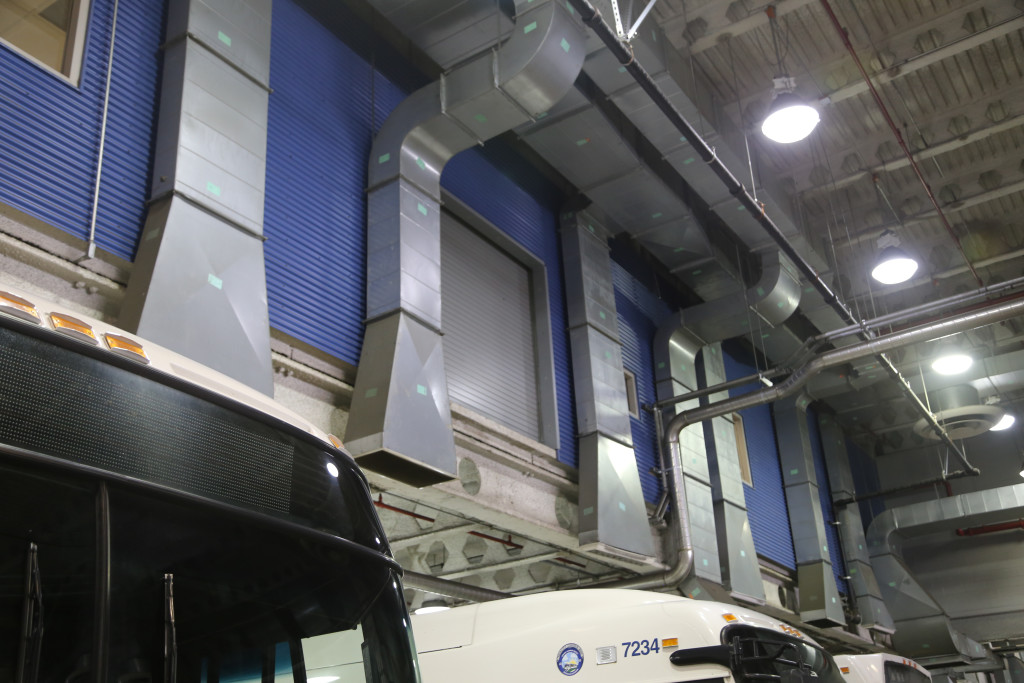
I asked the facility manager what this garage style door was for. He looked at it and me and said he had never been asked that and wasn’t actually sure. Leave it to me to be able to stump people.
Confession: Other people in the group asked the depot manager to please let us go through bus wash, so he granted their wishes, and we all boarded a bus and went through a wash.
The ceilings and walls were almost completely filled with ventilation ducts, pipes, and conduits.
One of my favorite parts of the tour was learning that they vacuum money out of the fare box. MTA buses only accept coin and not bills. They hook up a hose to outlet at the bottom of the fare box, and the money is vacuumed out to secure boxes where it falls into bags or some other movable containers. The staff of the facility never touches the money. Then the money is removed from the boxes on a regular basis by armed staff. I think it is because I have a B.S. in chemical engineering that I found this so fascinating. We learned about pipes and other conduits and pump design for fluids. Coins are obviously not fluids. I am intrigued by the design that would be needed by items that are going to bounce around and not flow the way a fluid does. Also the pressure needed to pull coins out must be interesting.
Sentient Chamber
There is an art exhibit at the National Academy of Sciences called Sentient Chamber that is unlike anything I have seen before. It reminds me of a gigantic hairy caterpillar. It kind of looks like technology and science based items hung as a chandelier among other items I associate more wind chimes. It is interactive because as people get close and walk through it, lights turn on, sounds are made, and certain items move or vibrate. I really can’t describe, but it is beautiful and interesting to look at. It makes really cool shadows on the ceiling, walls, and on itself. It also makes some really cool reflections in itself.

